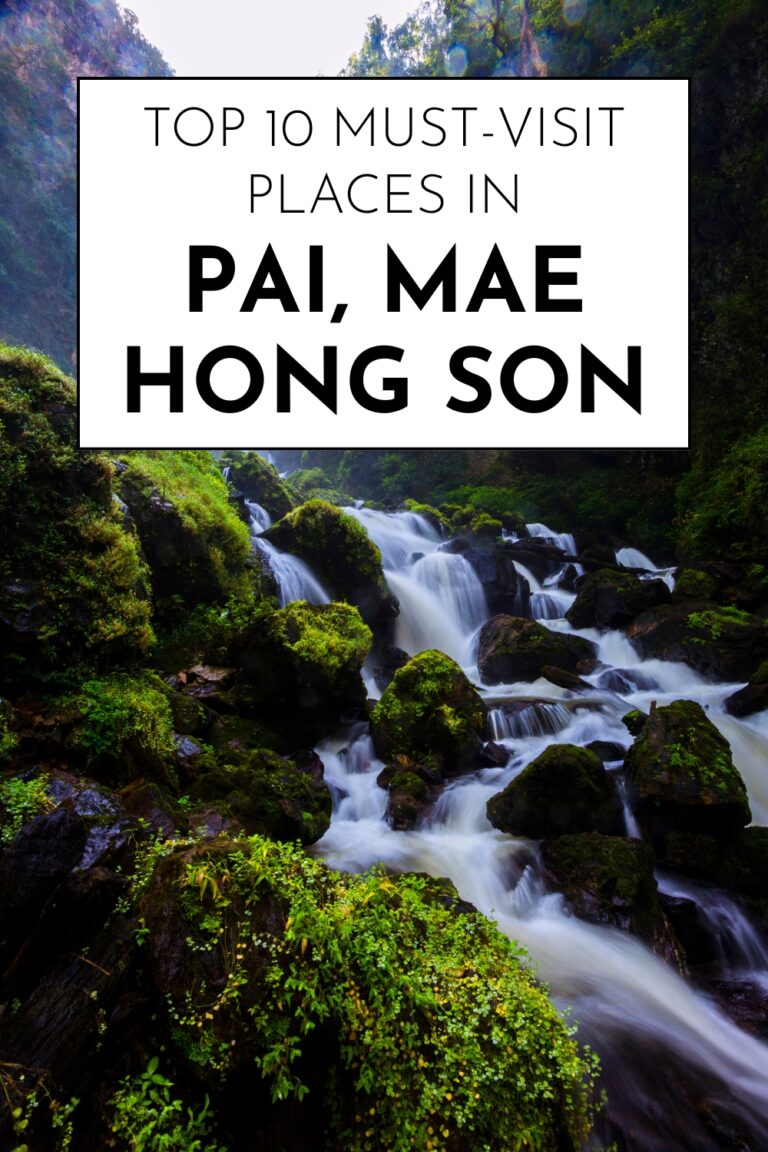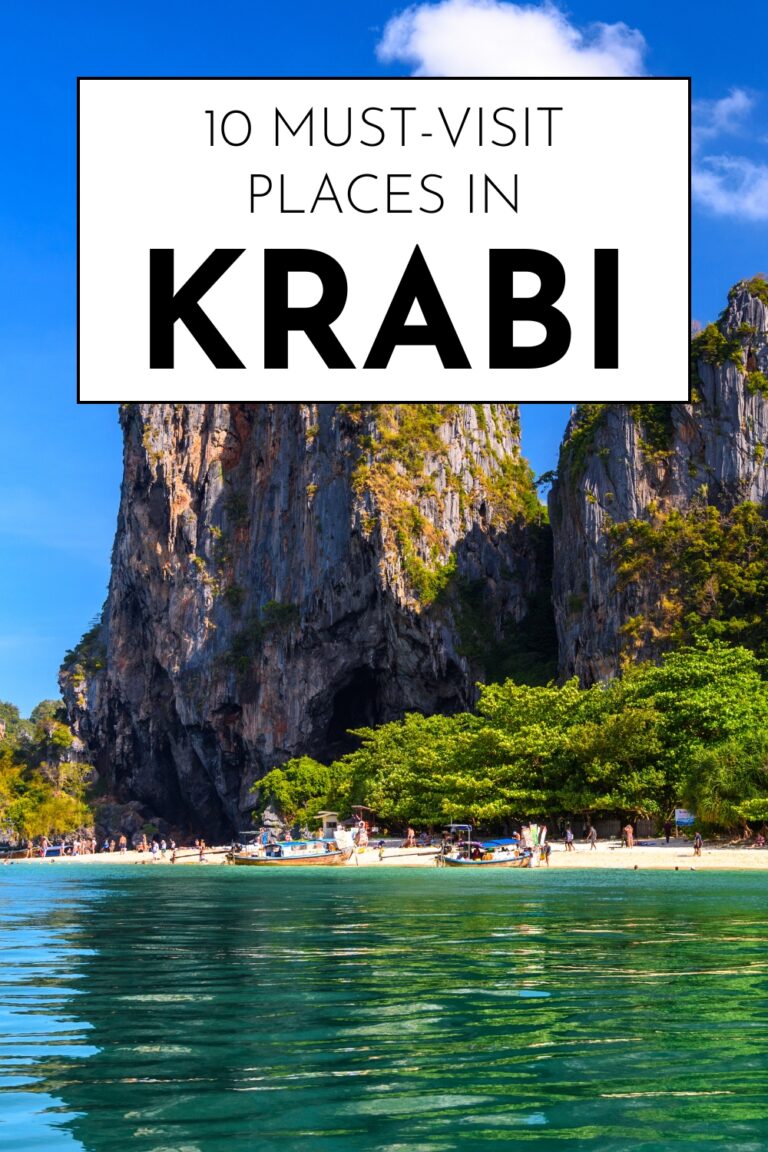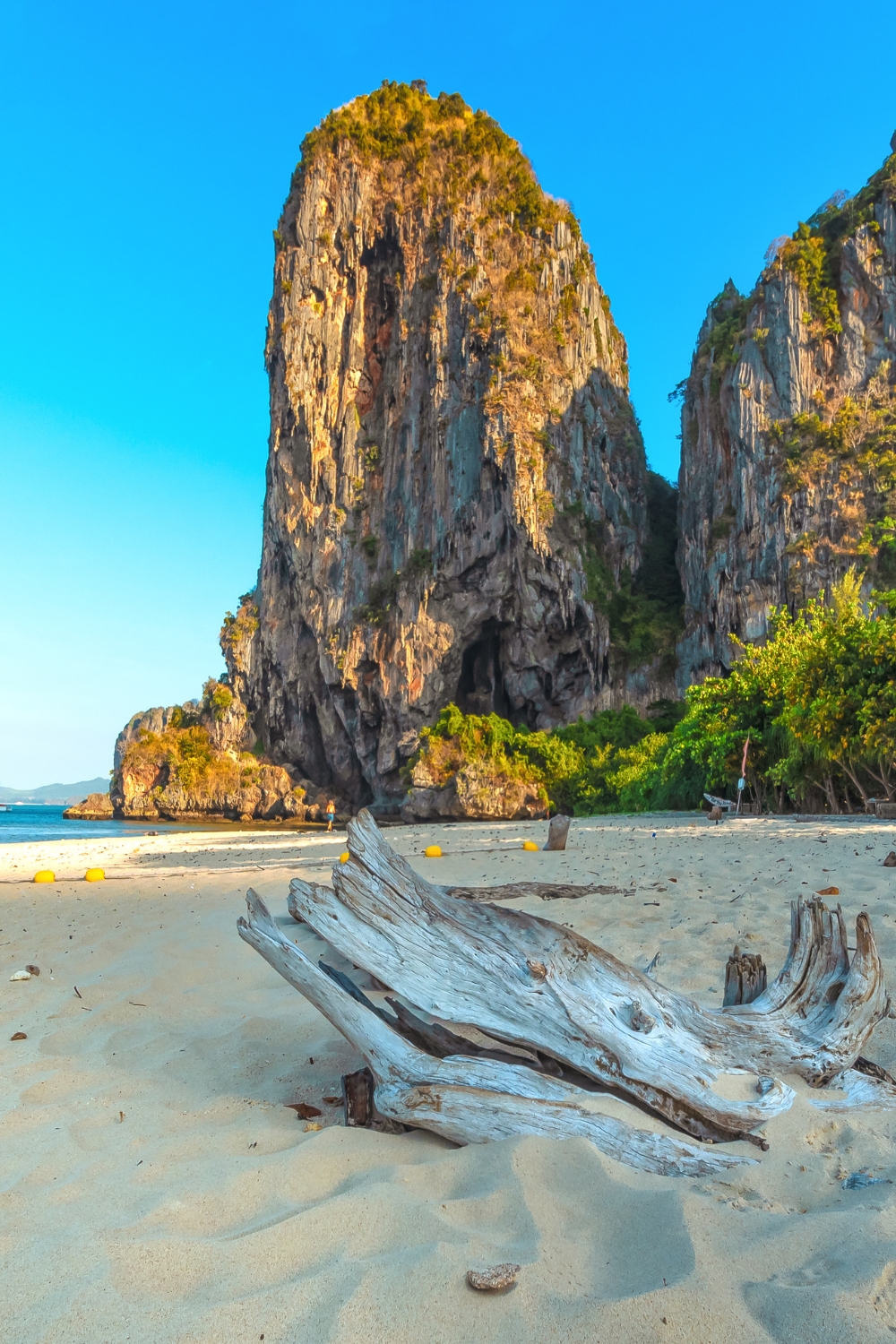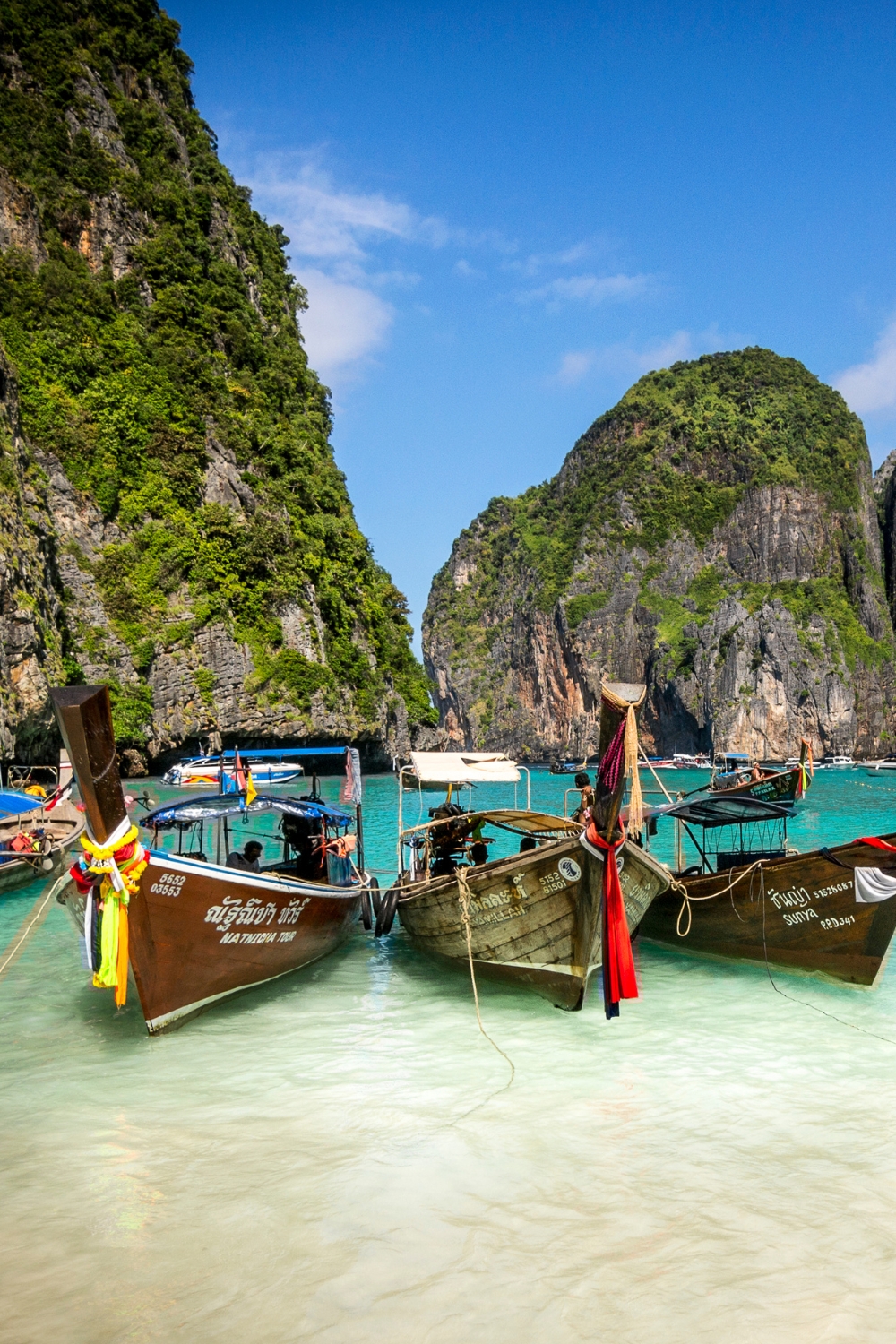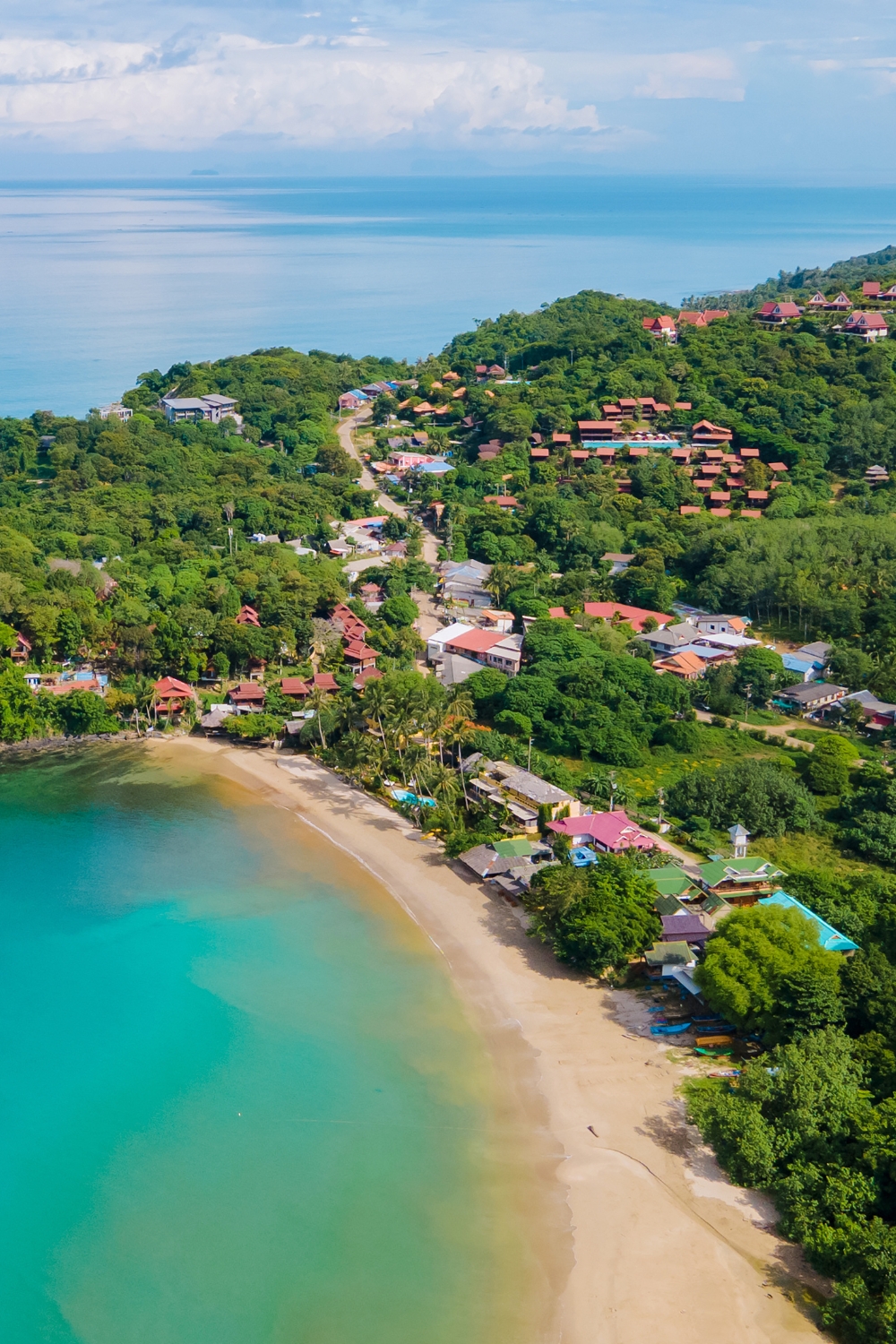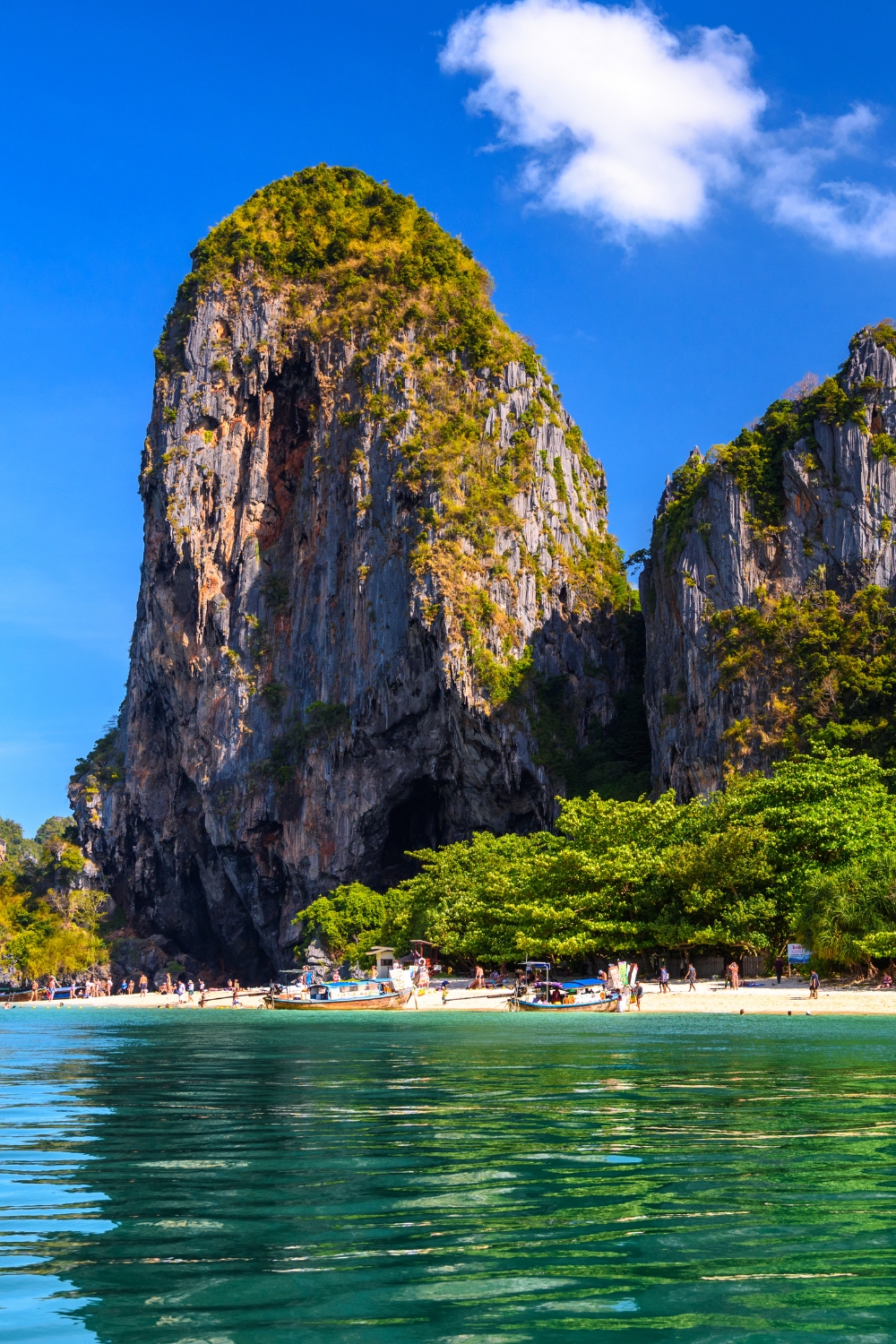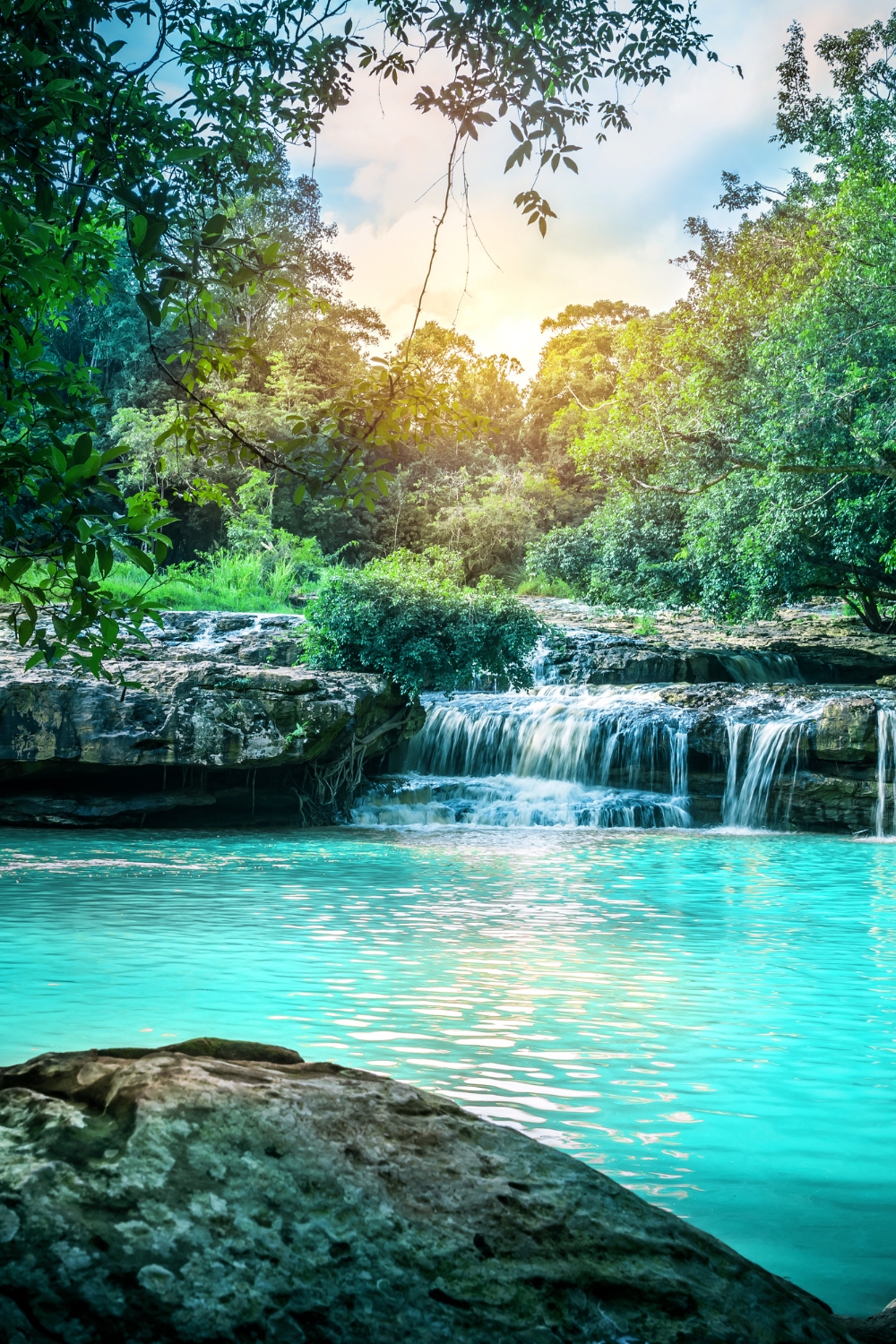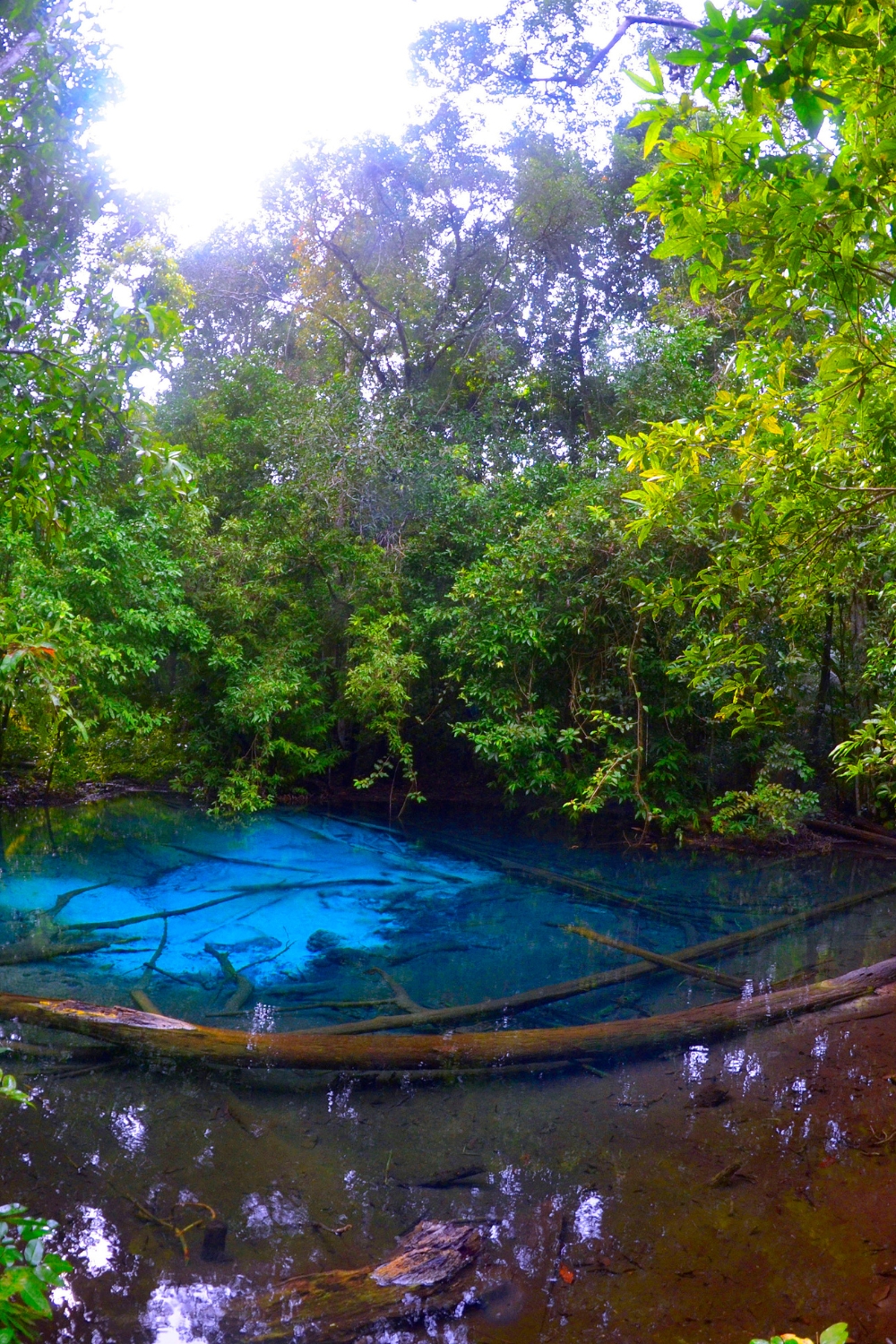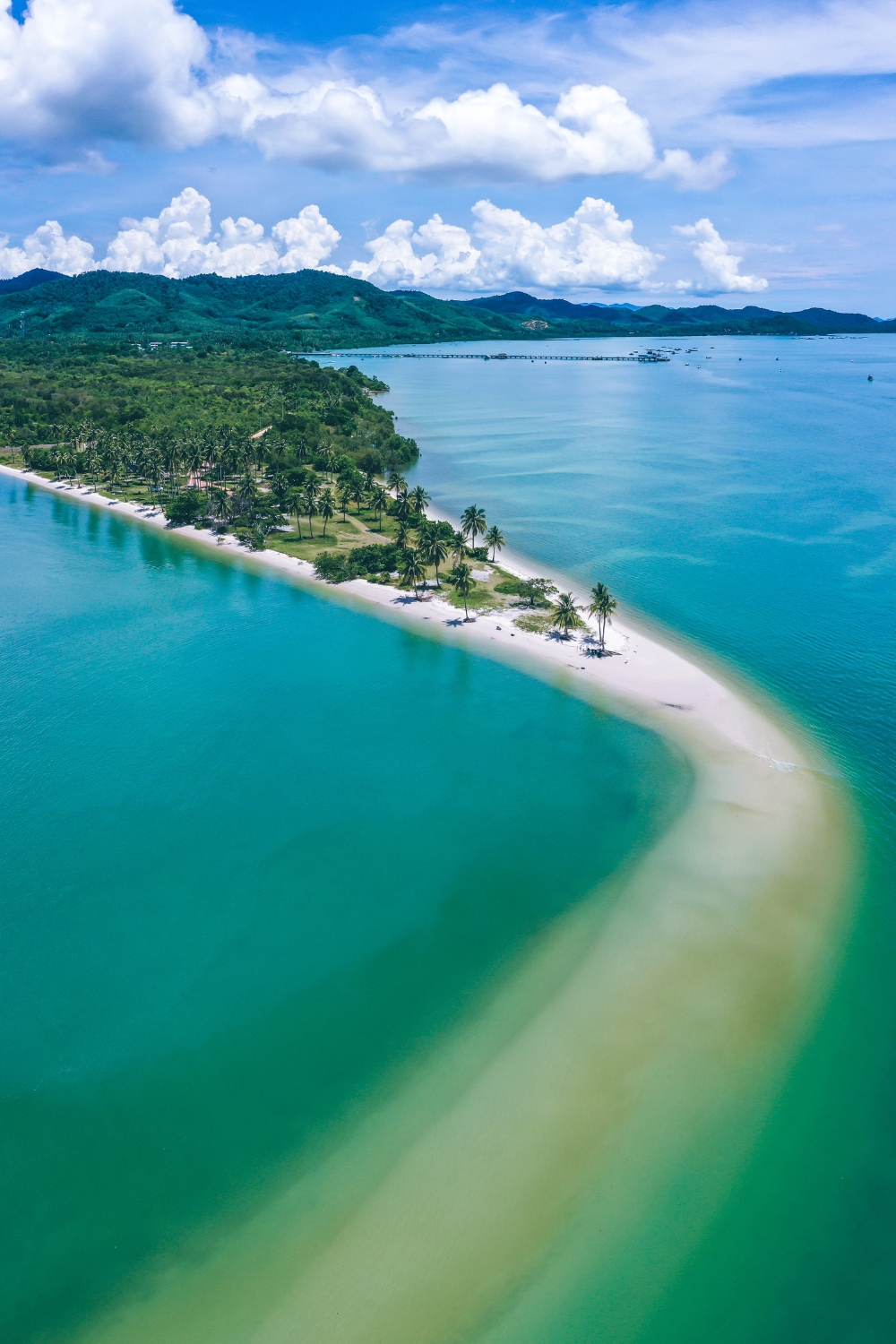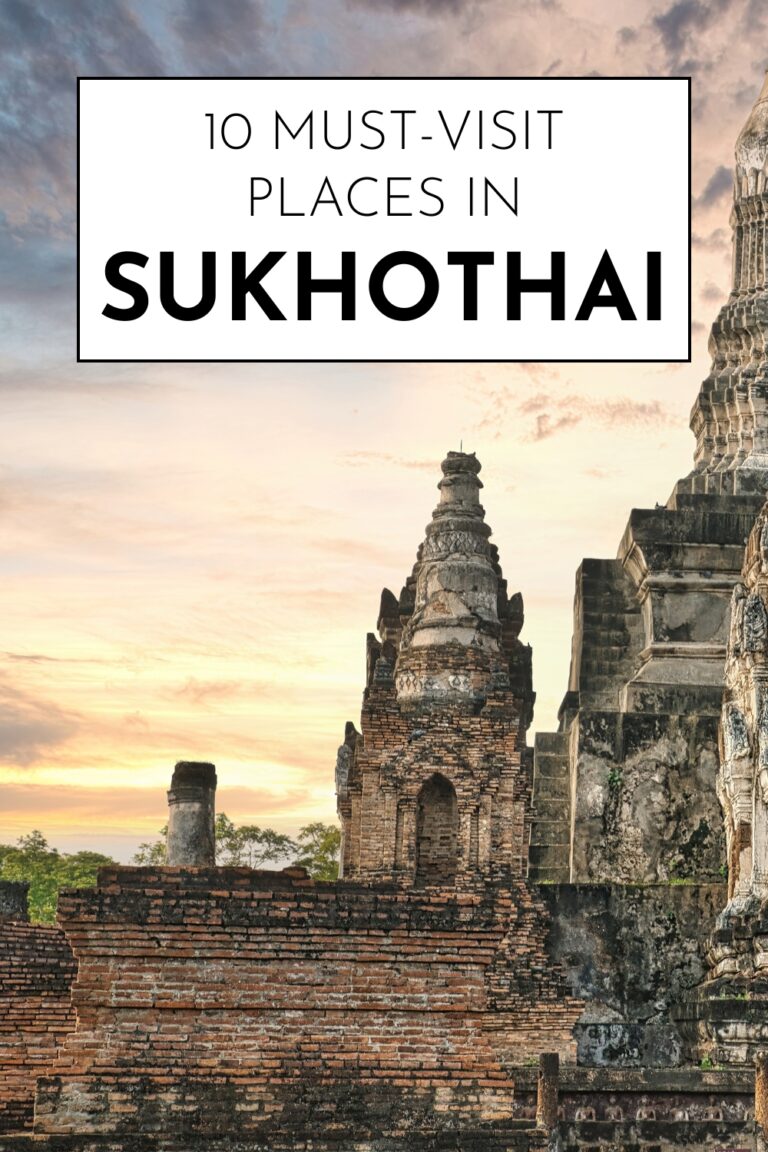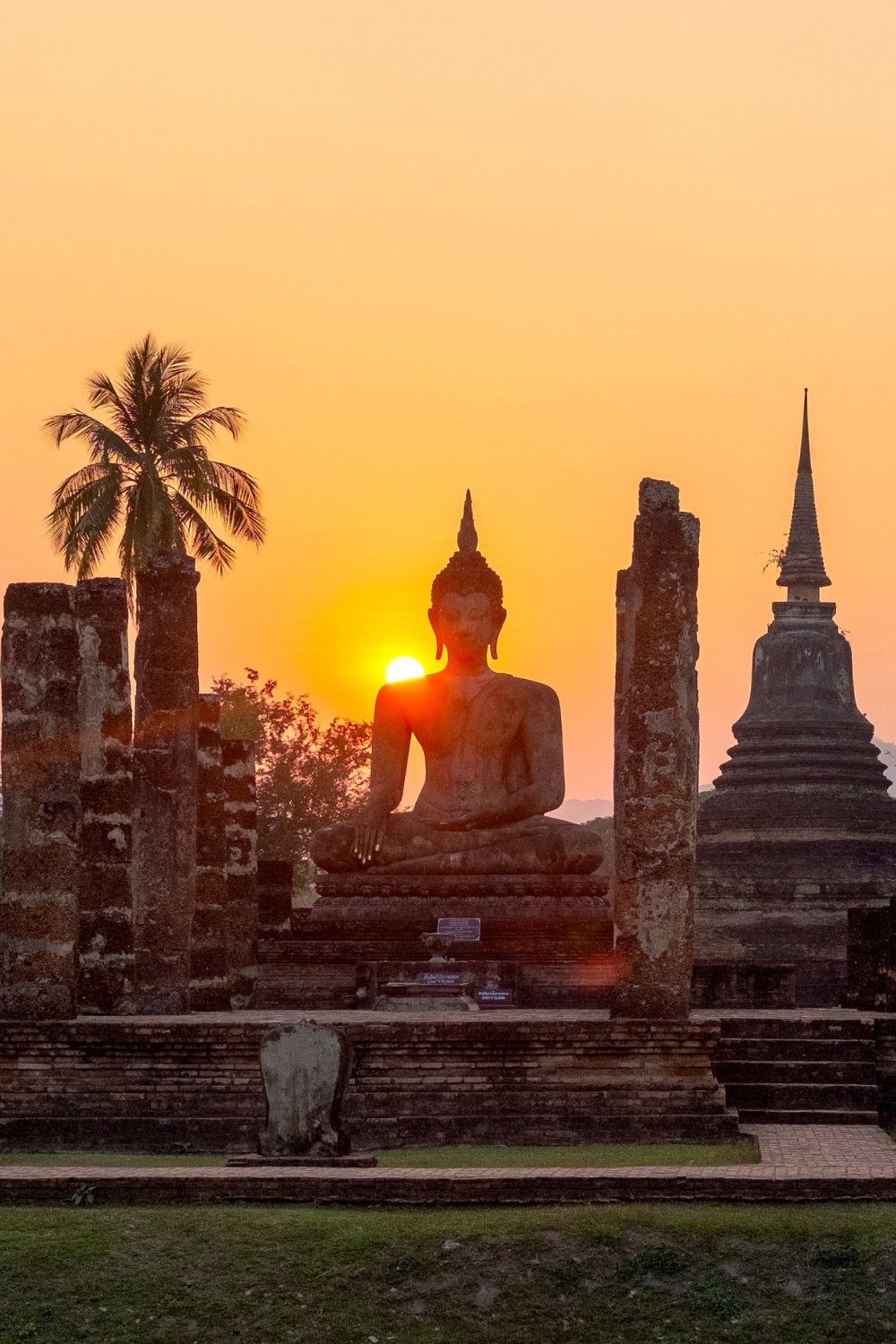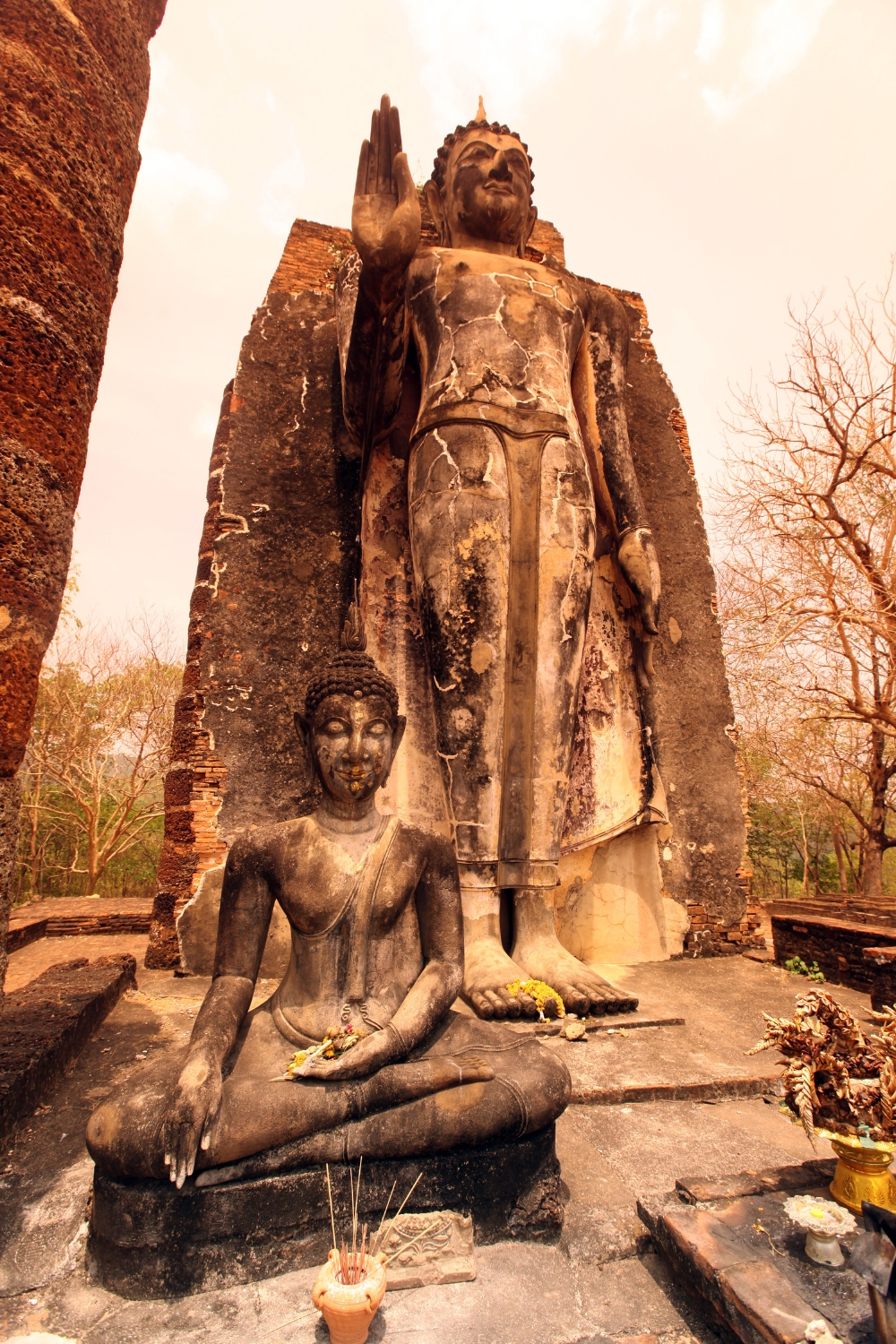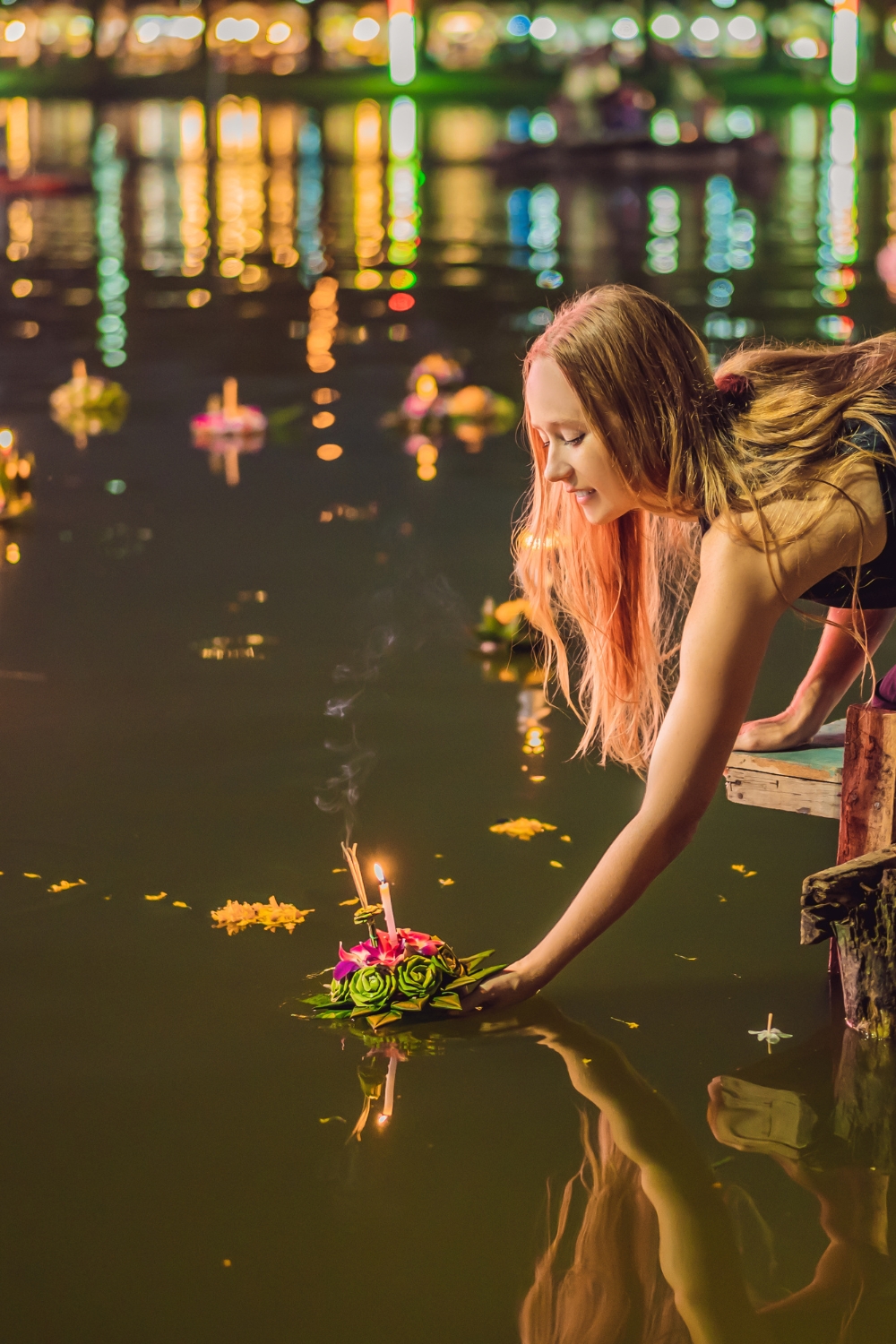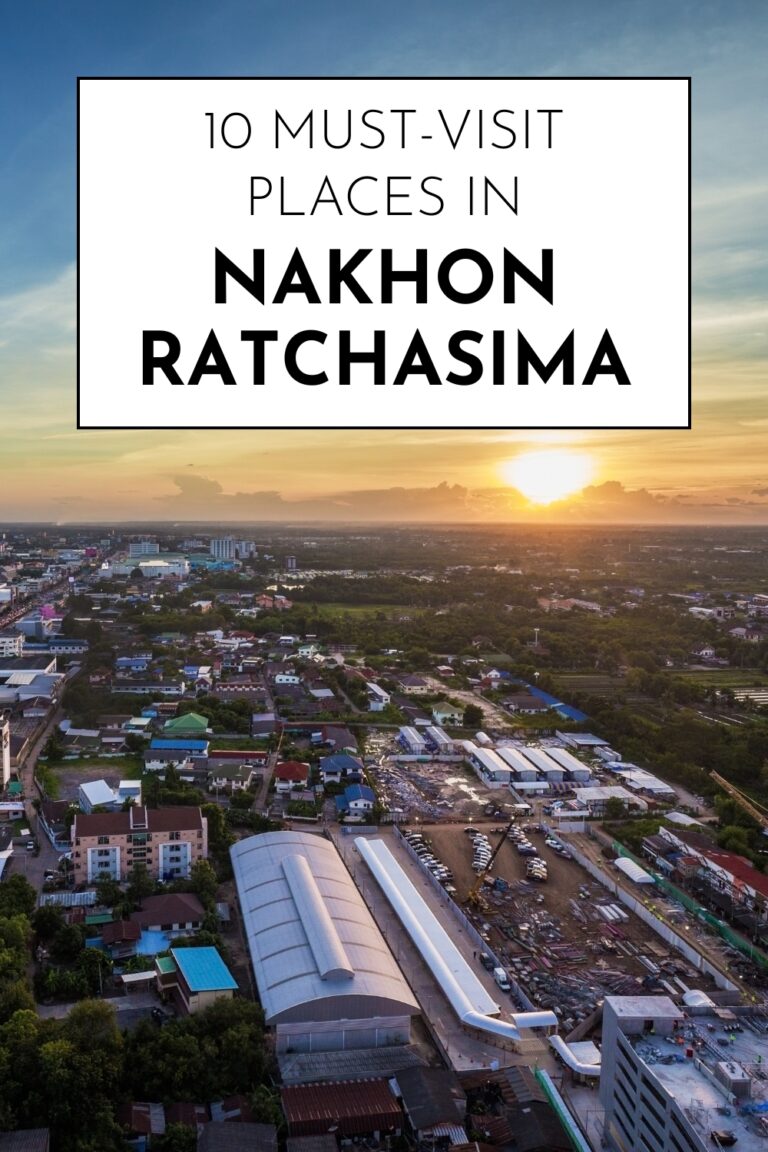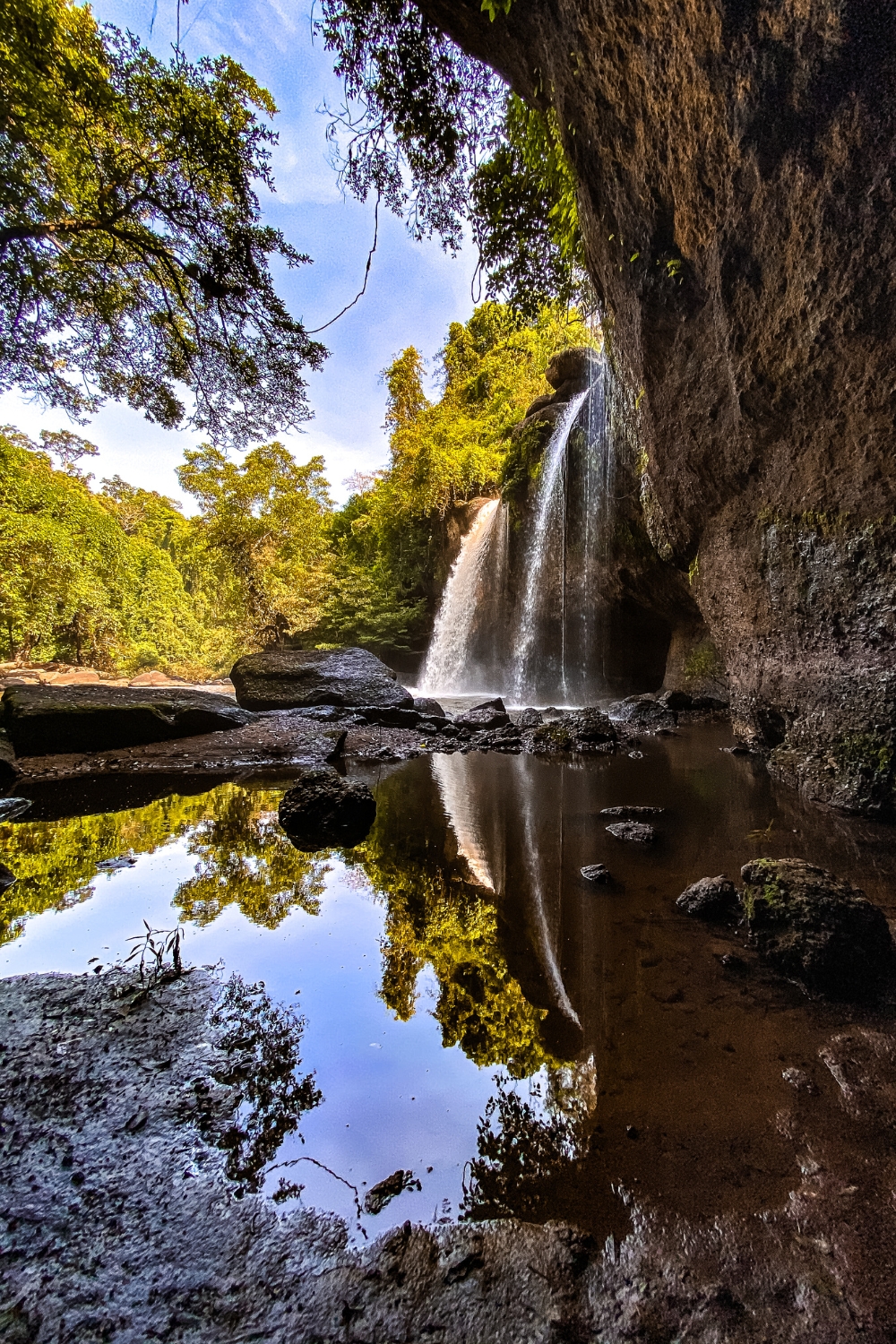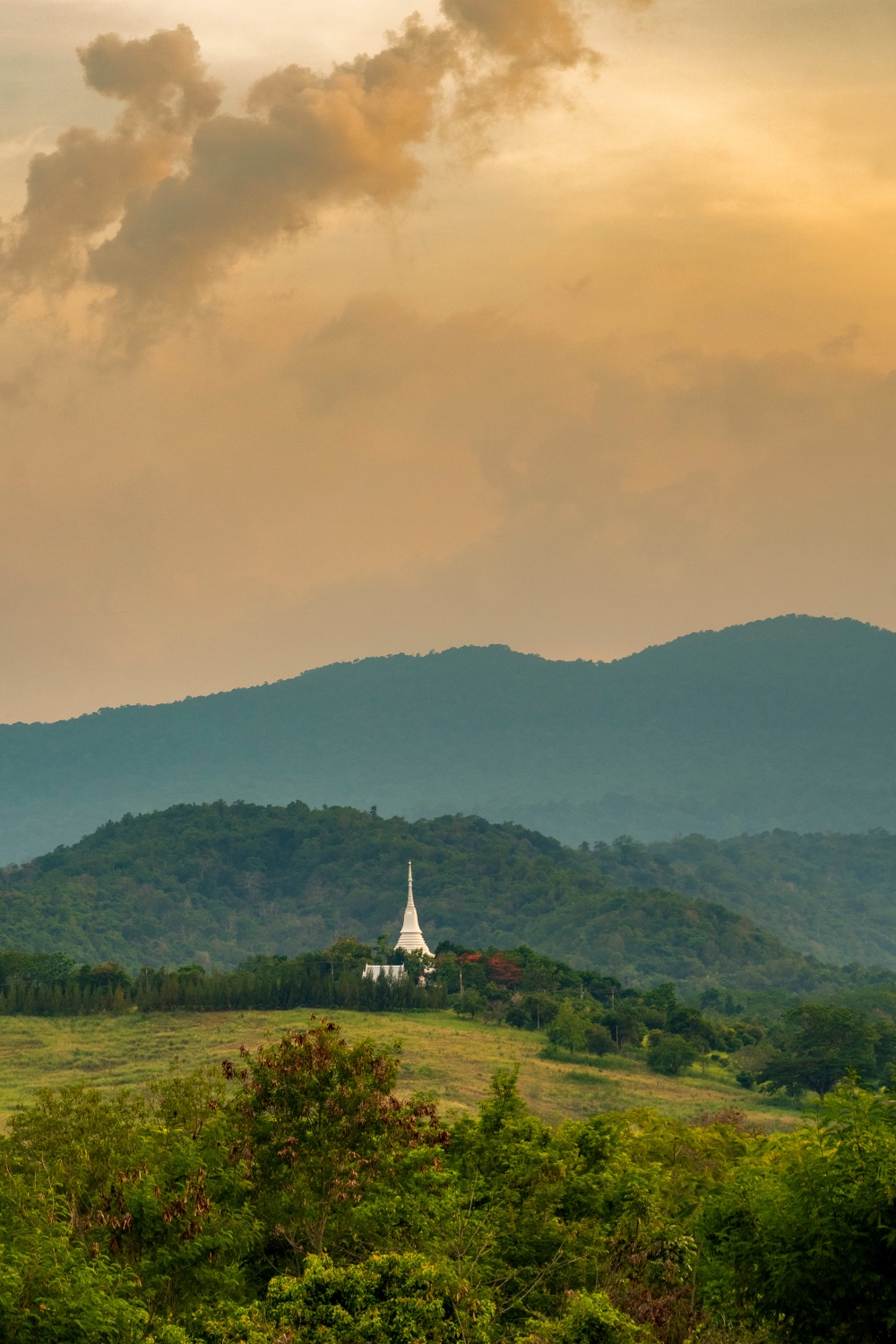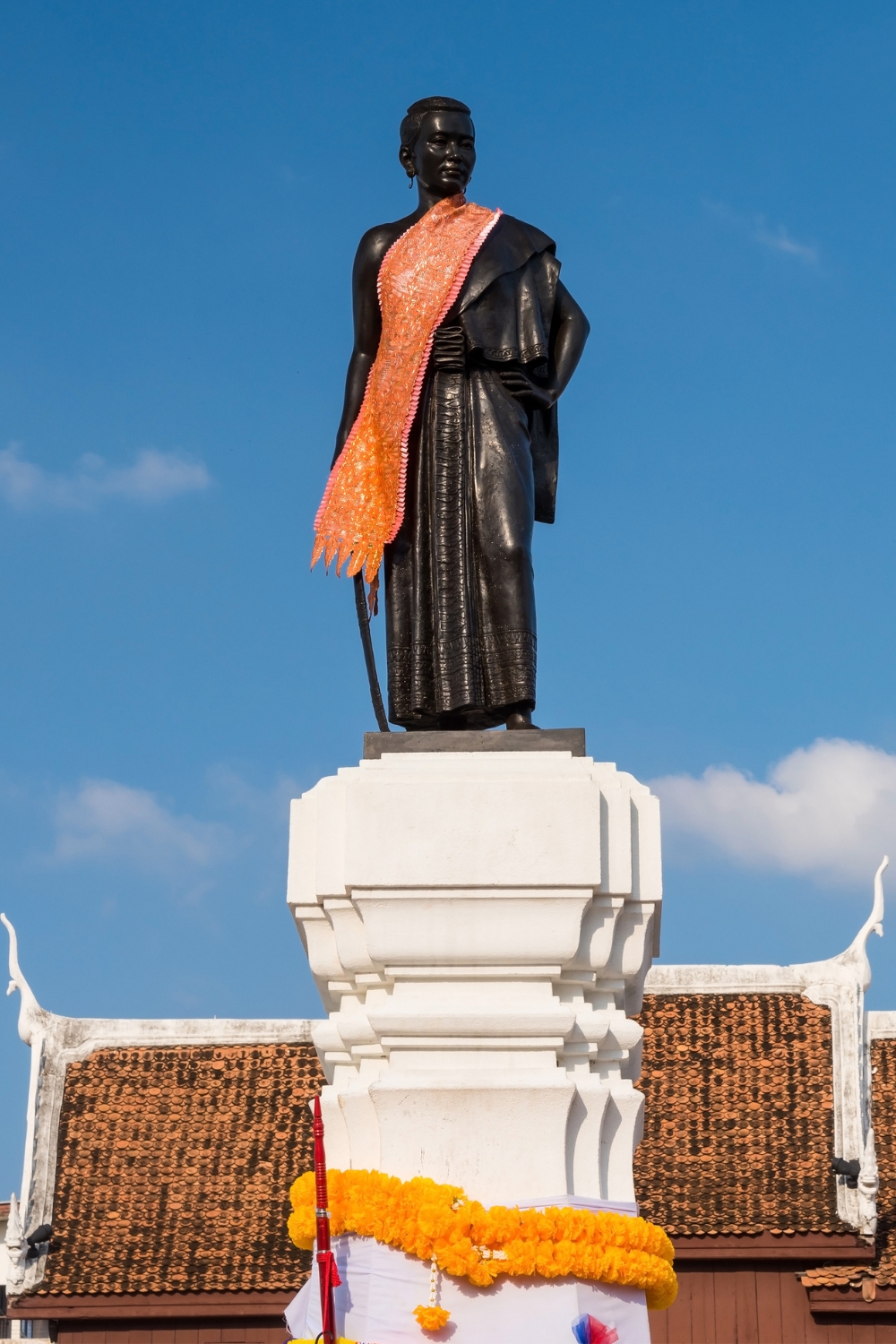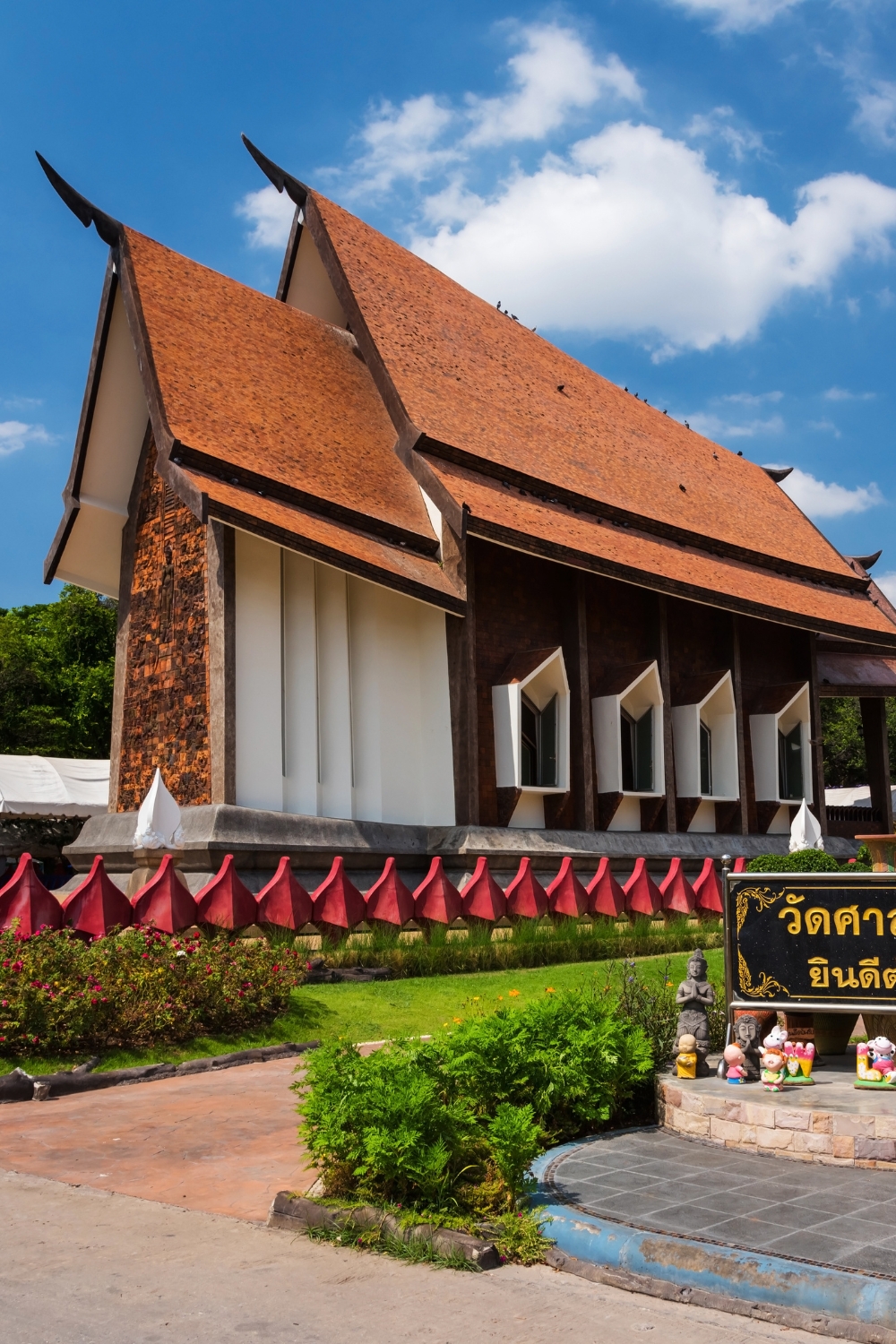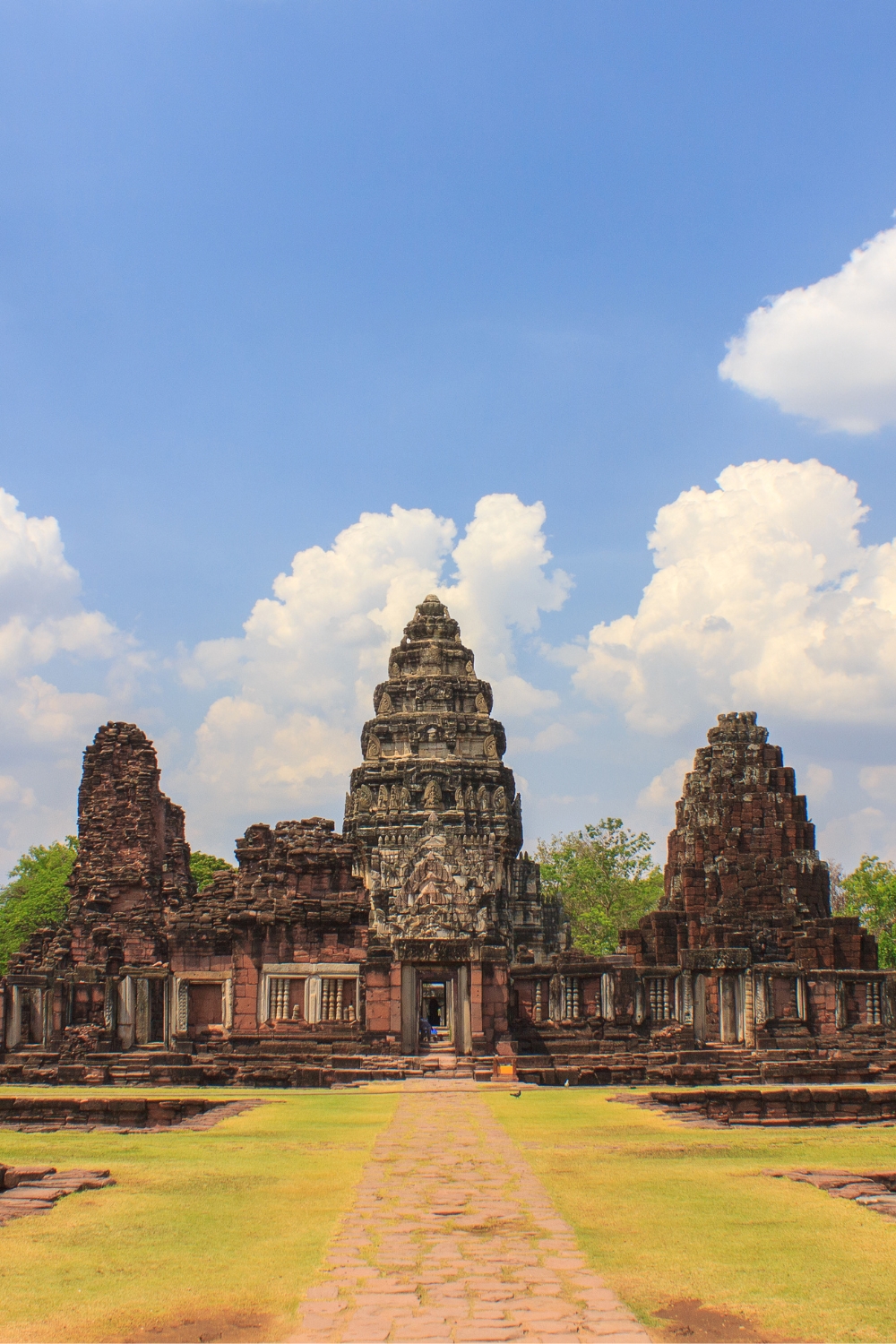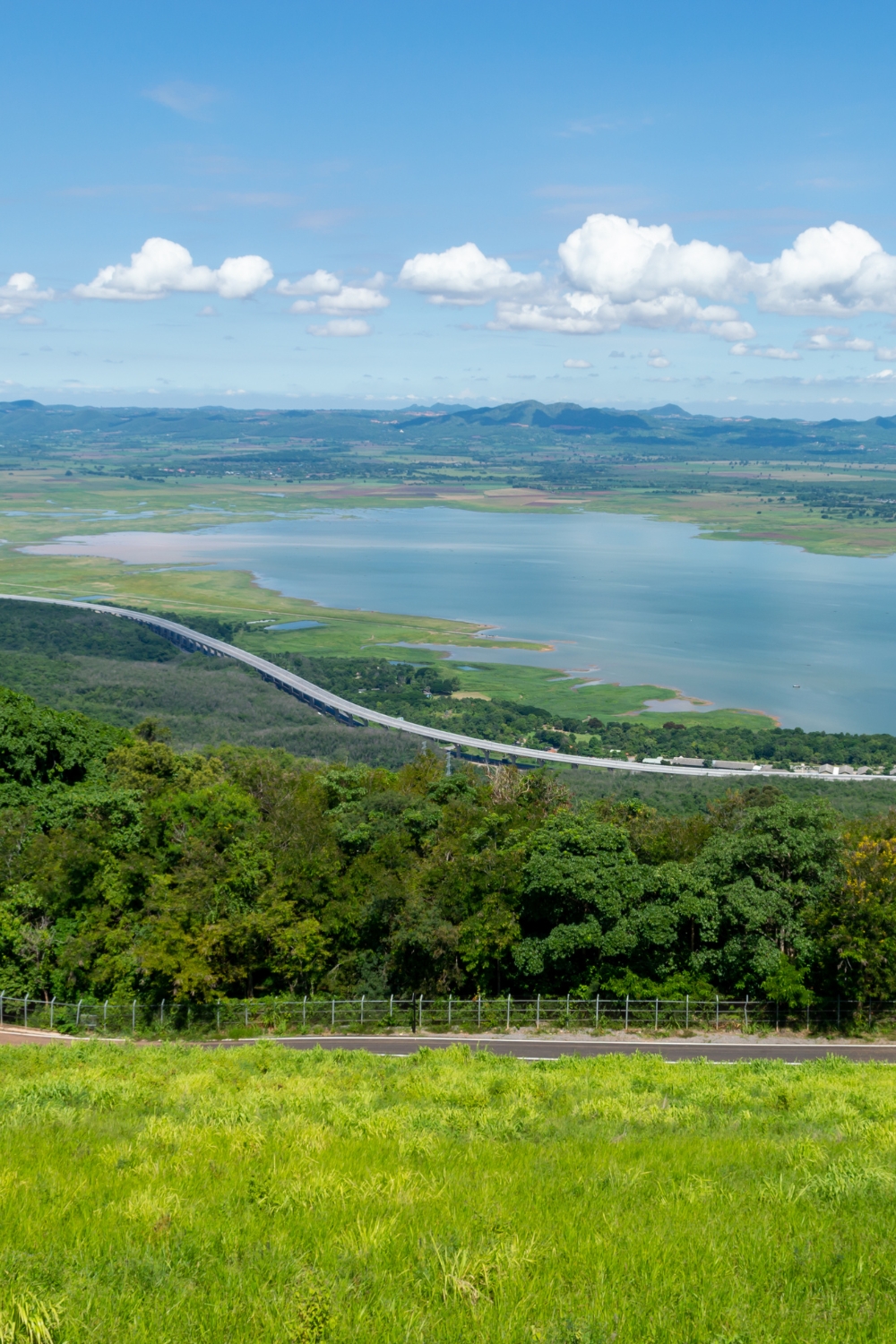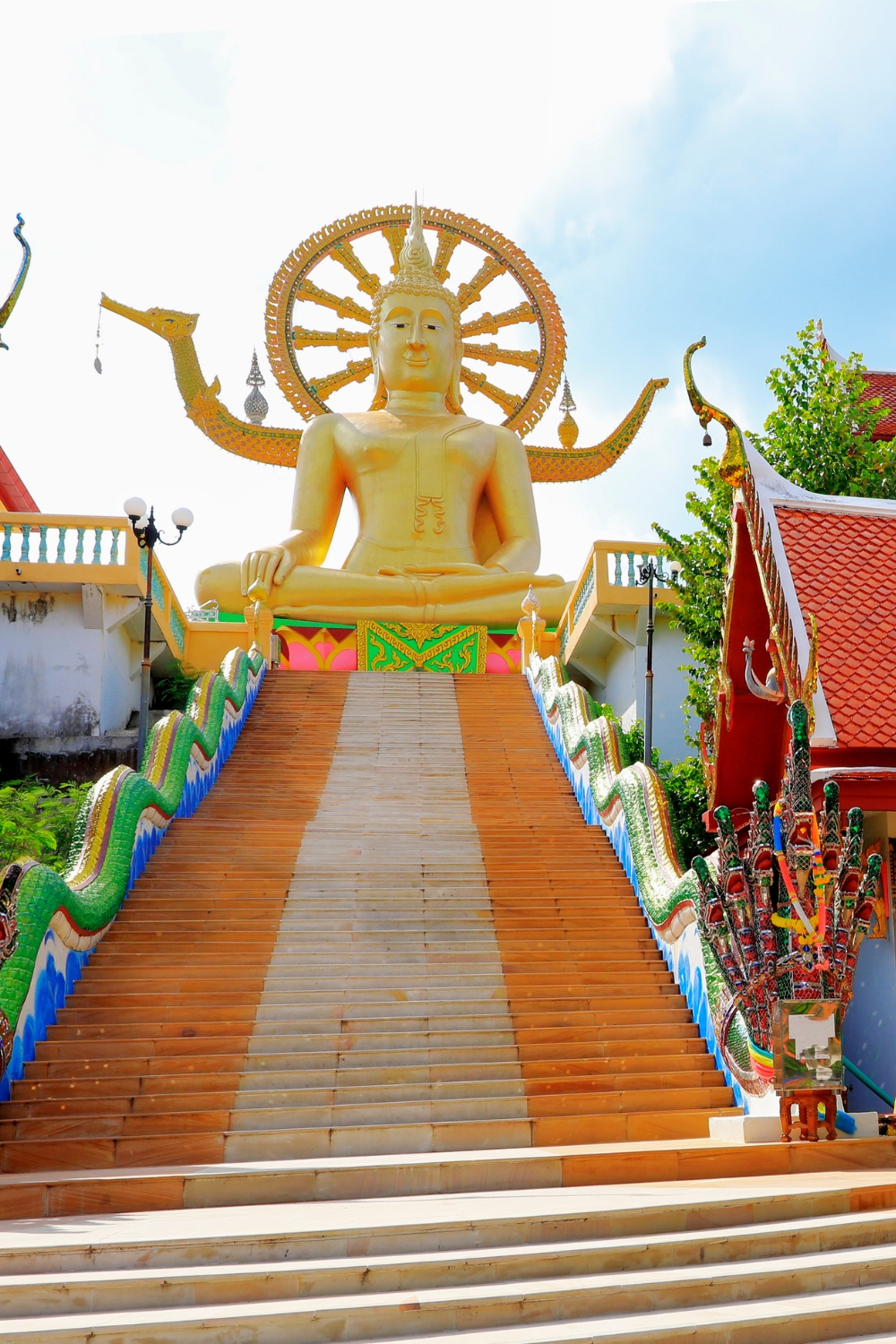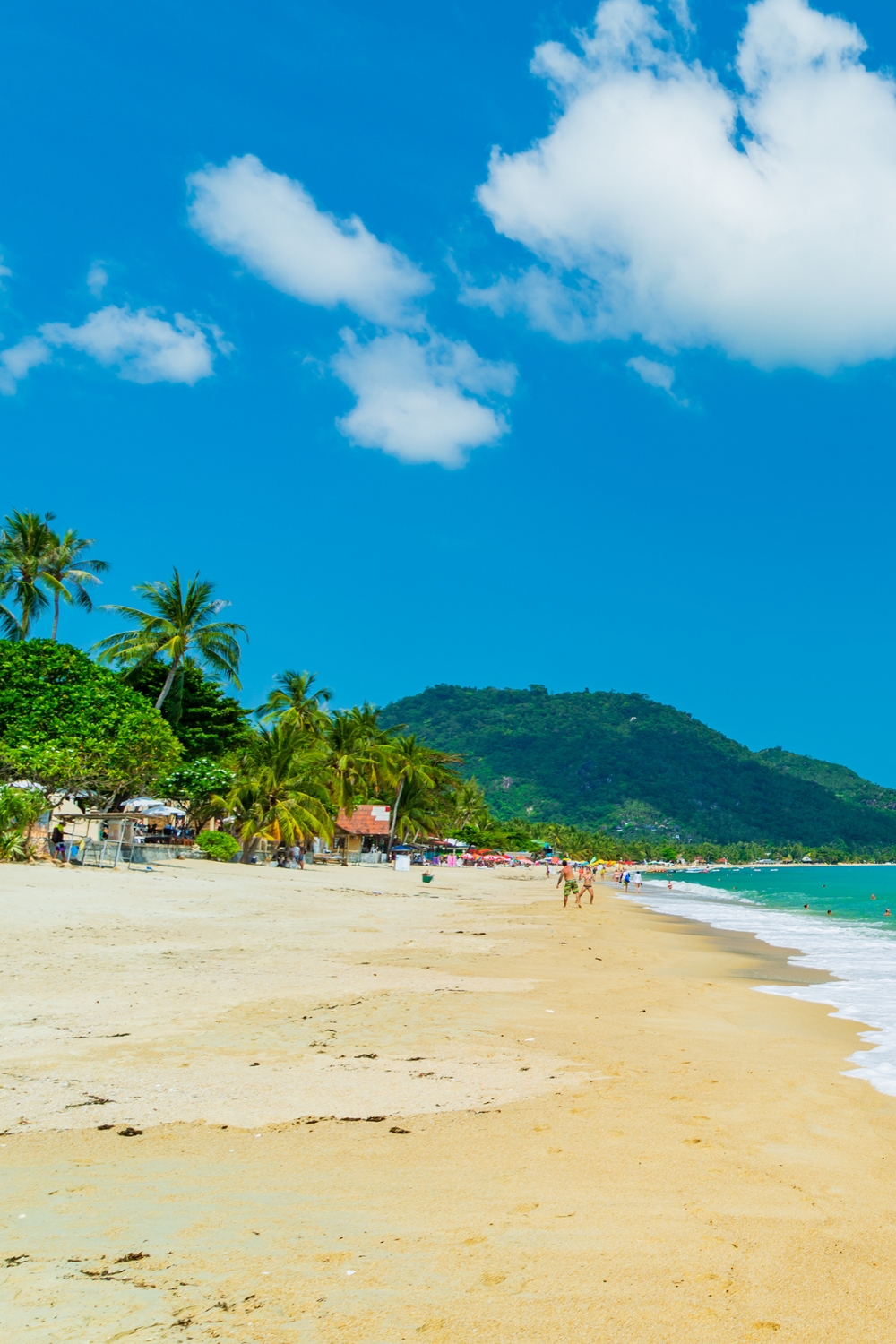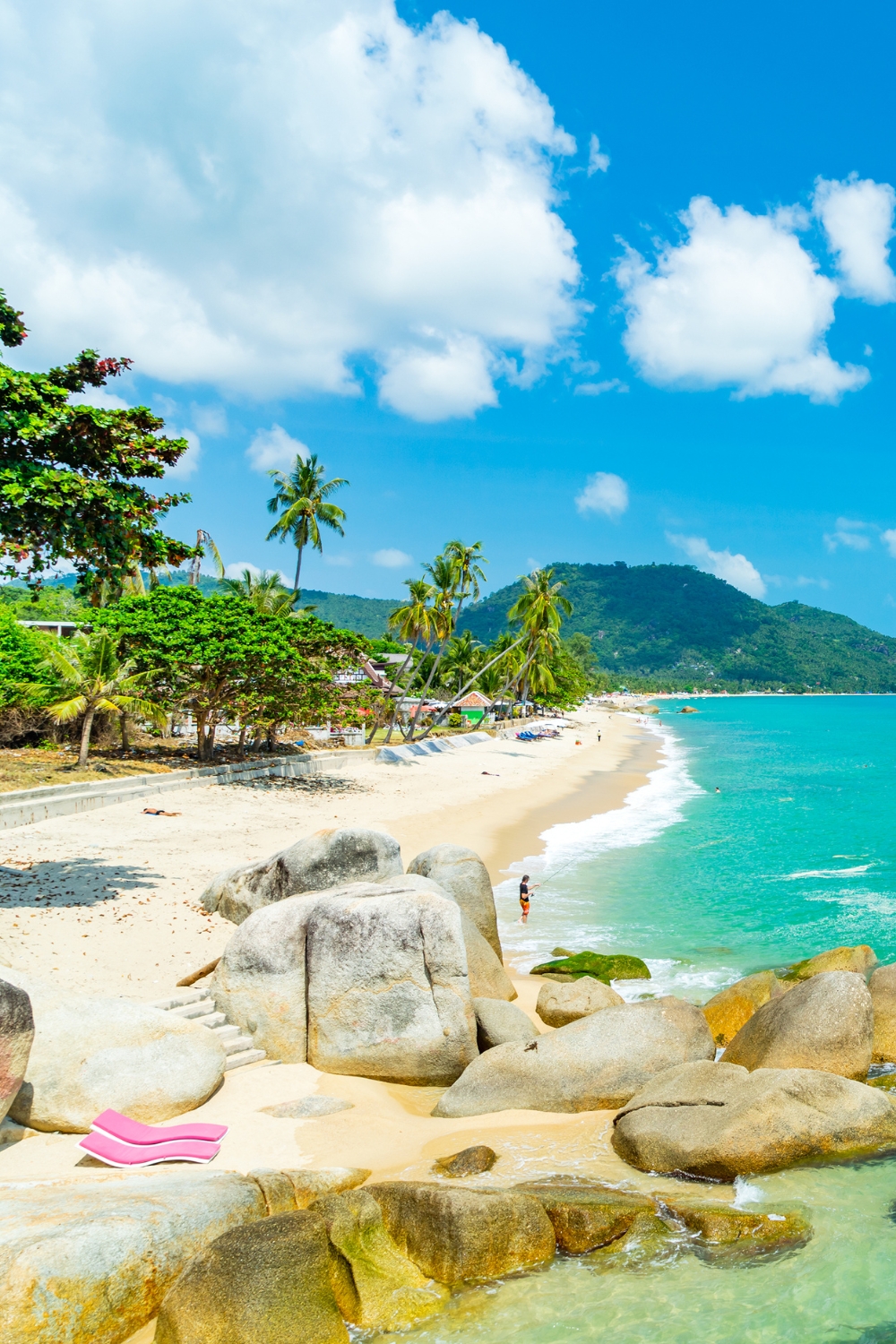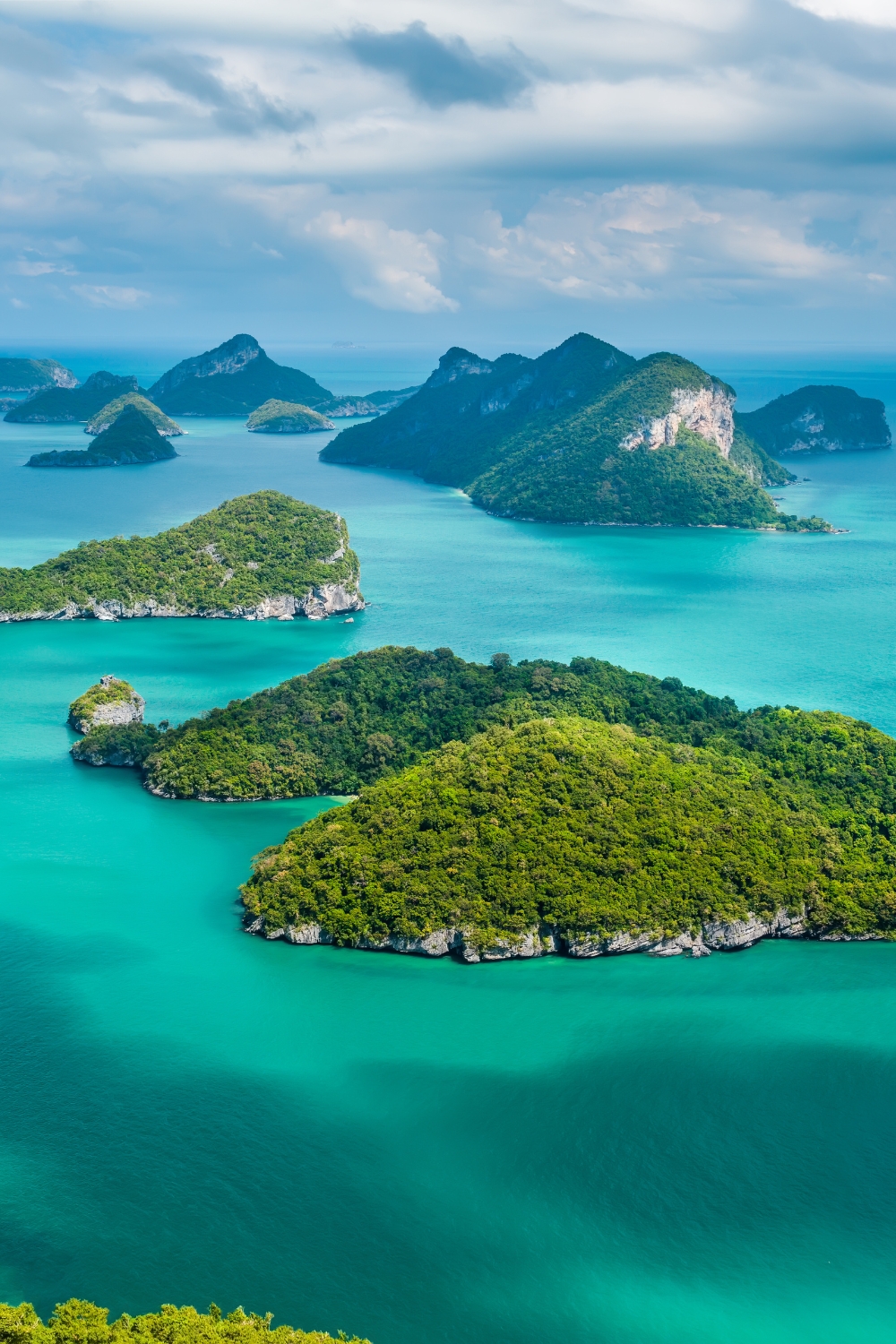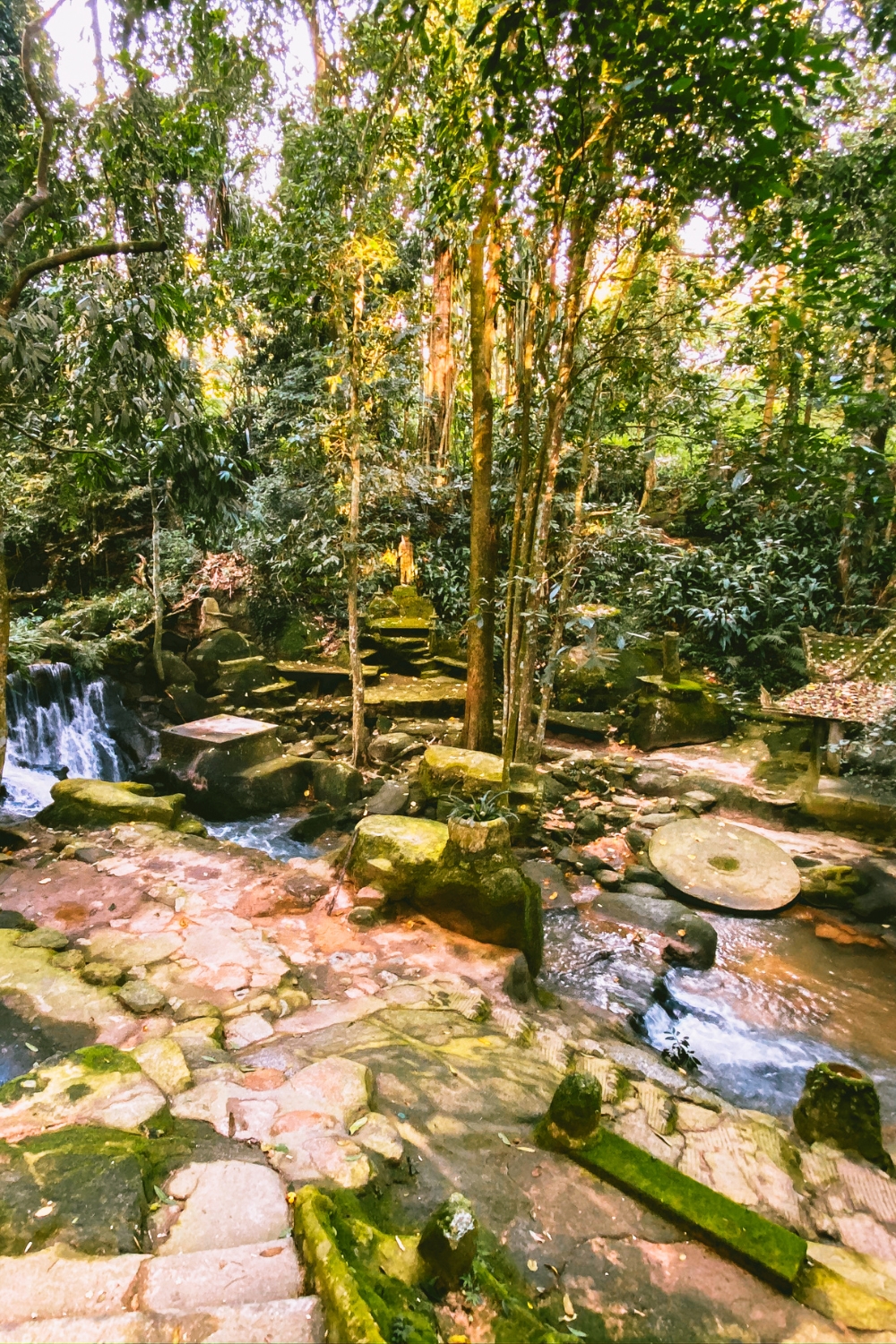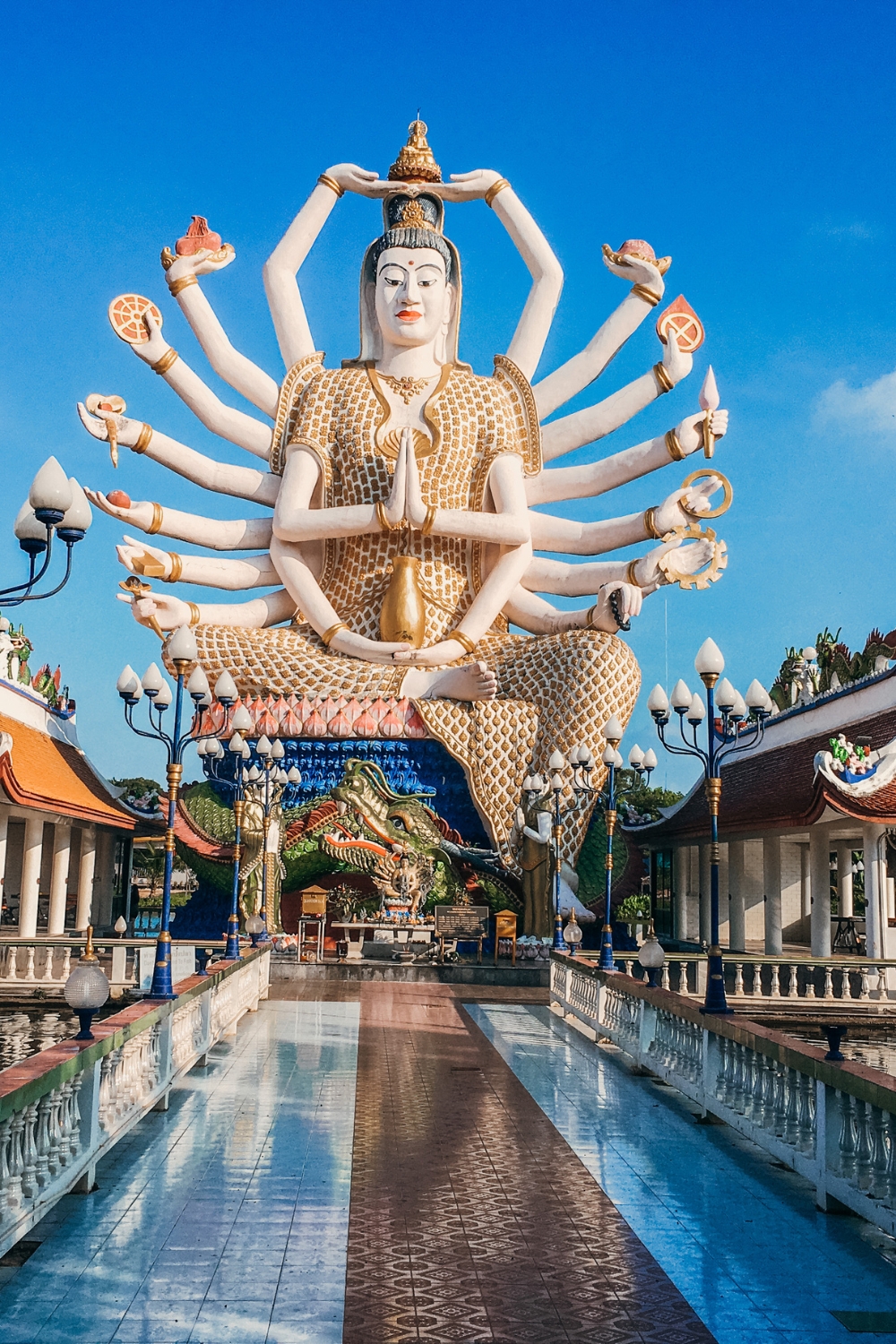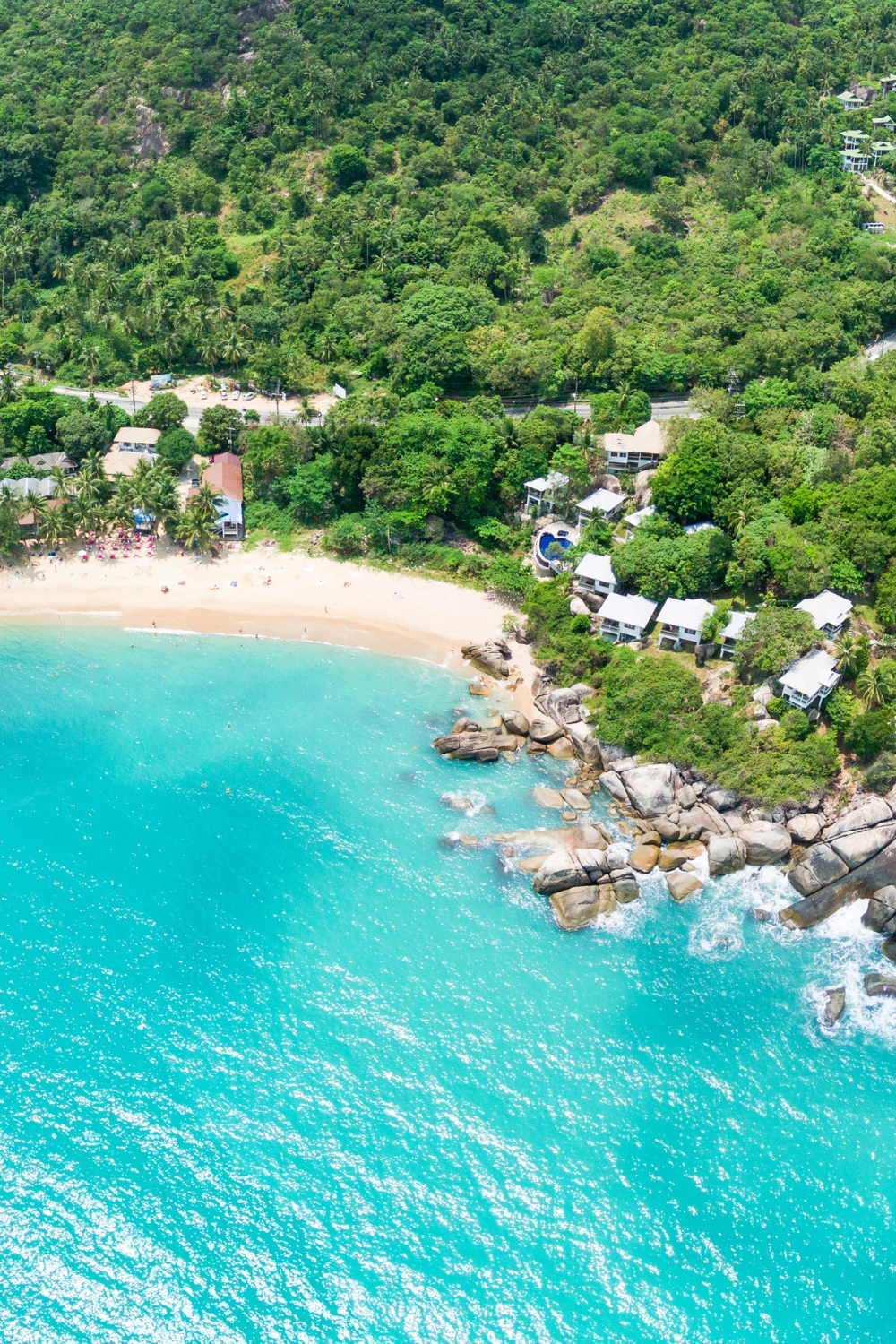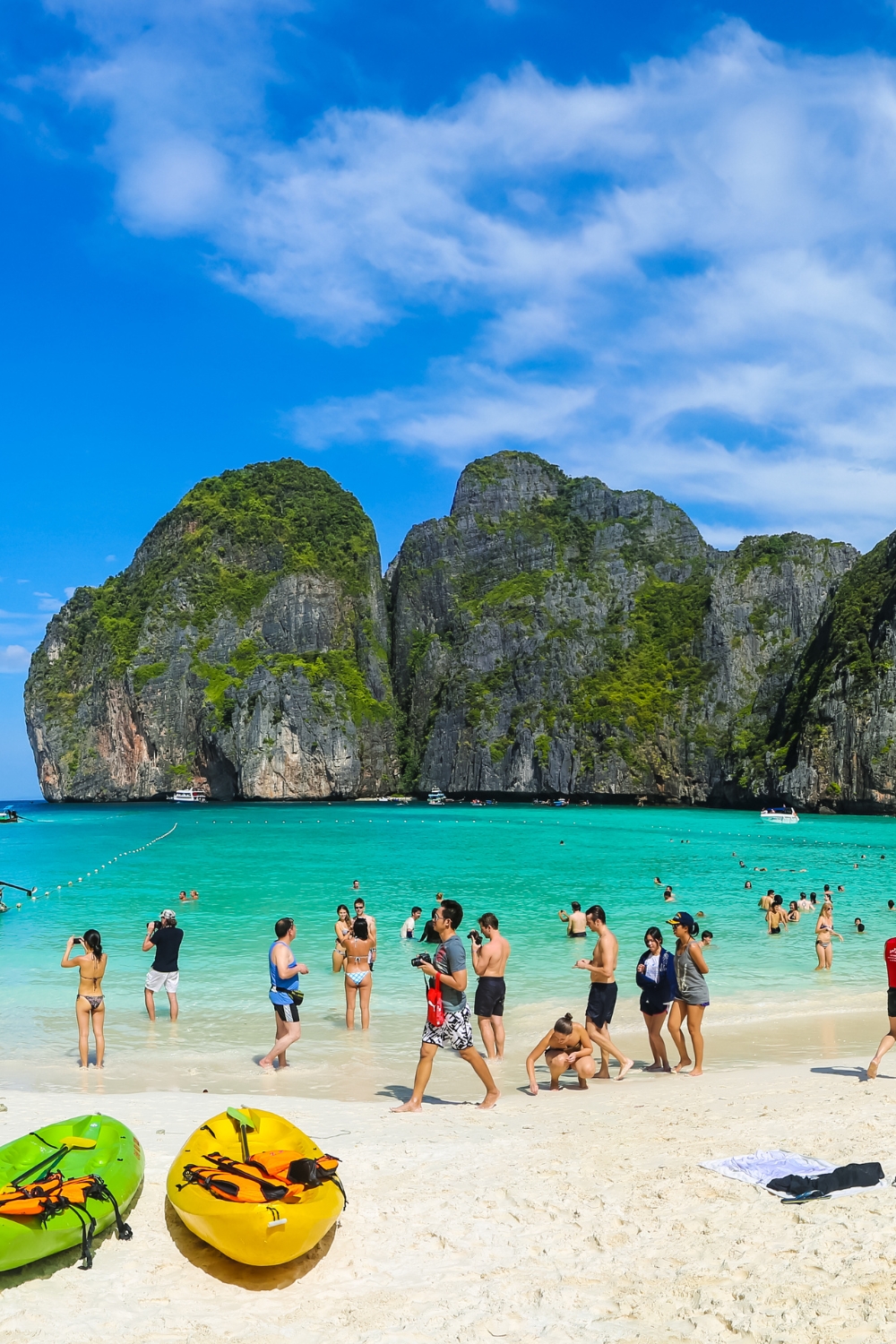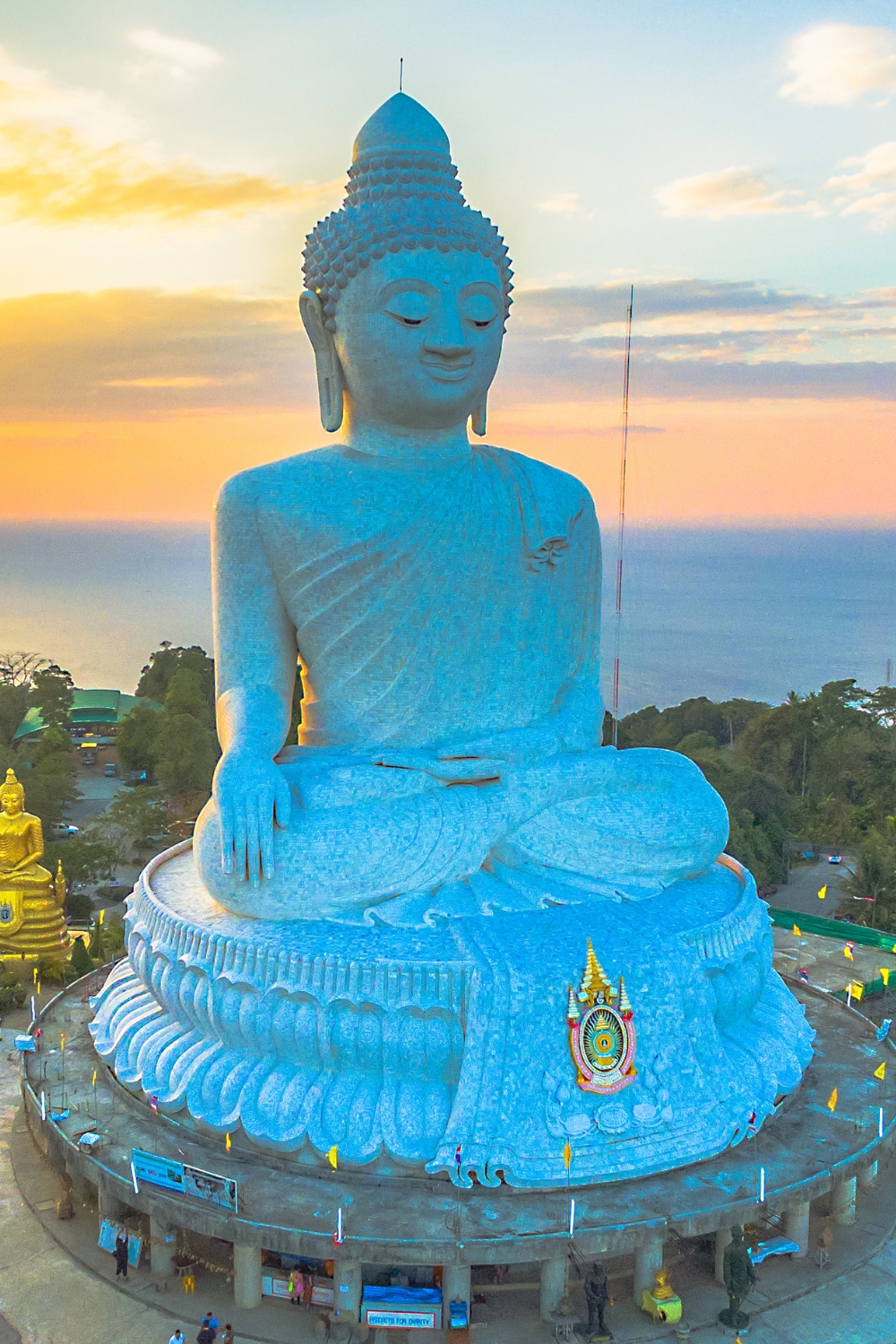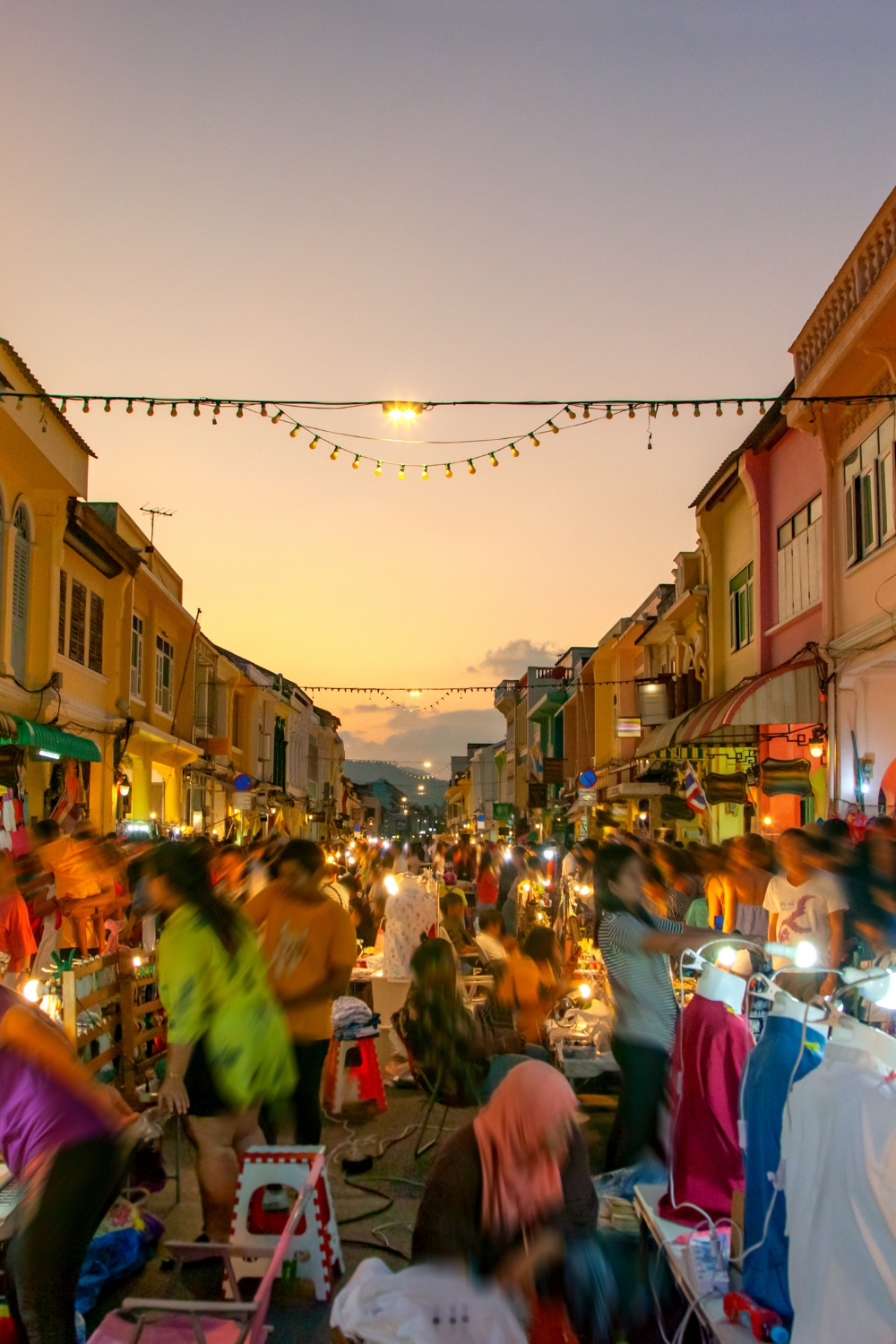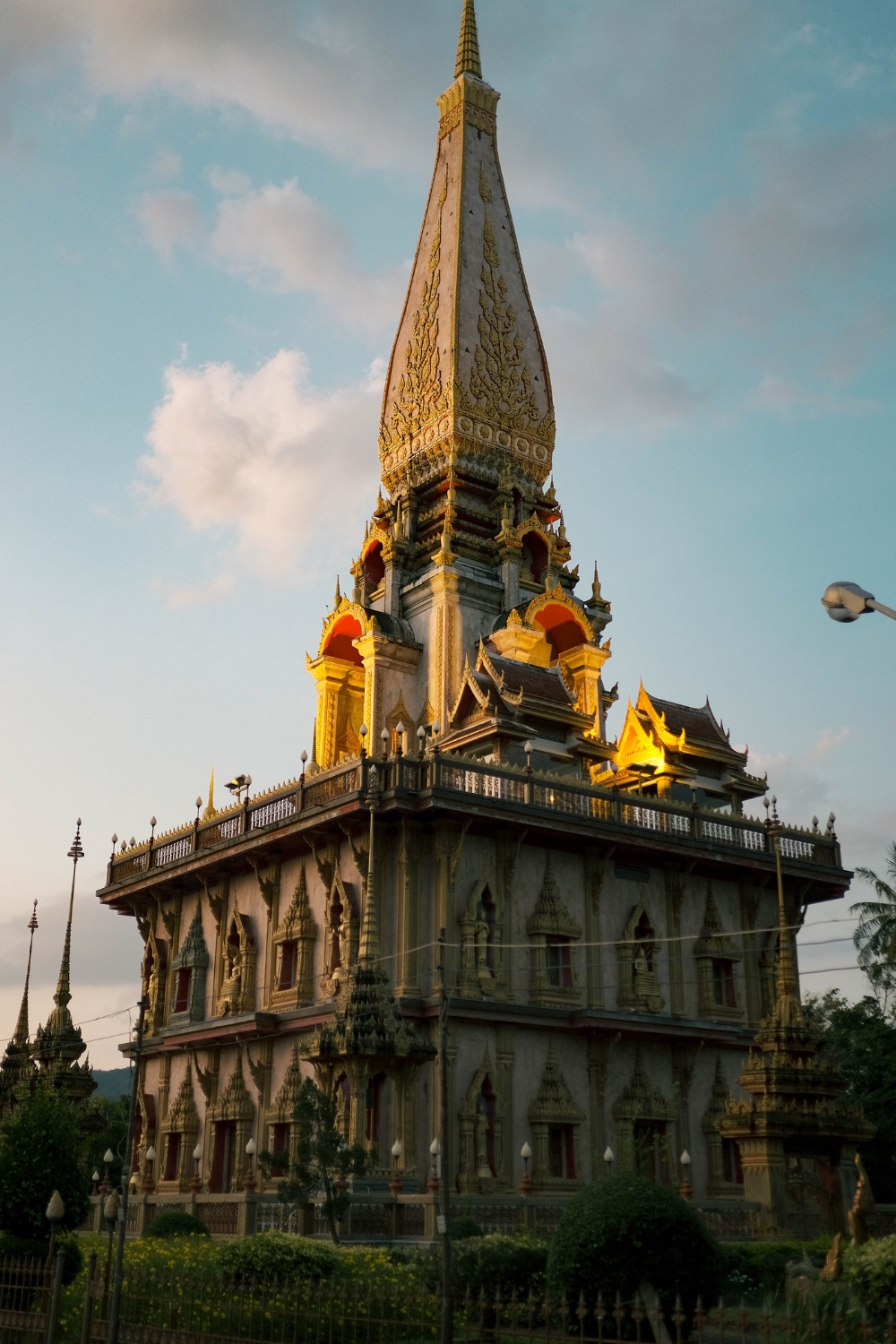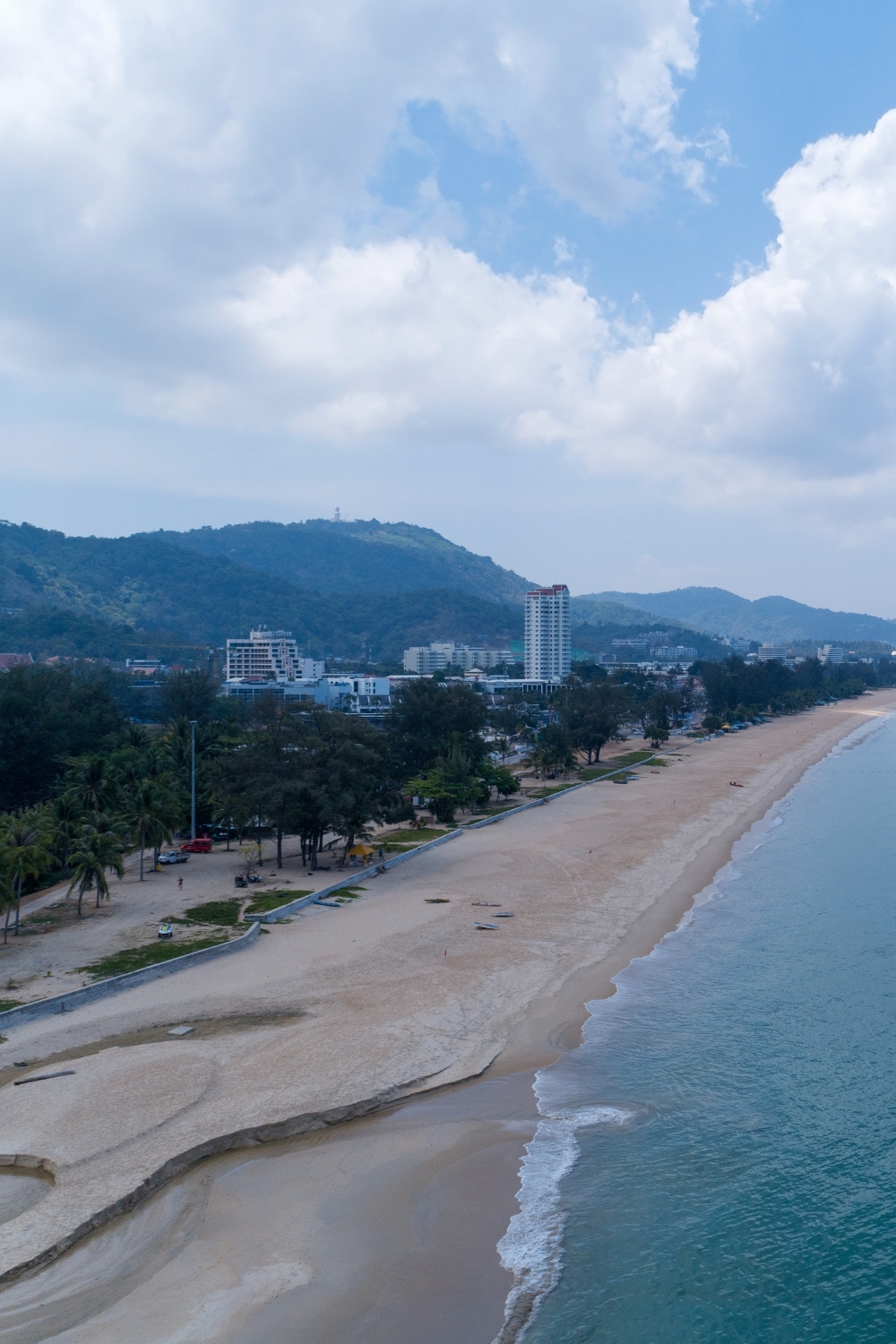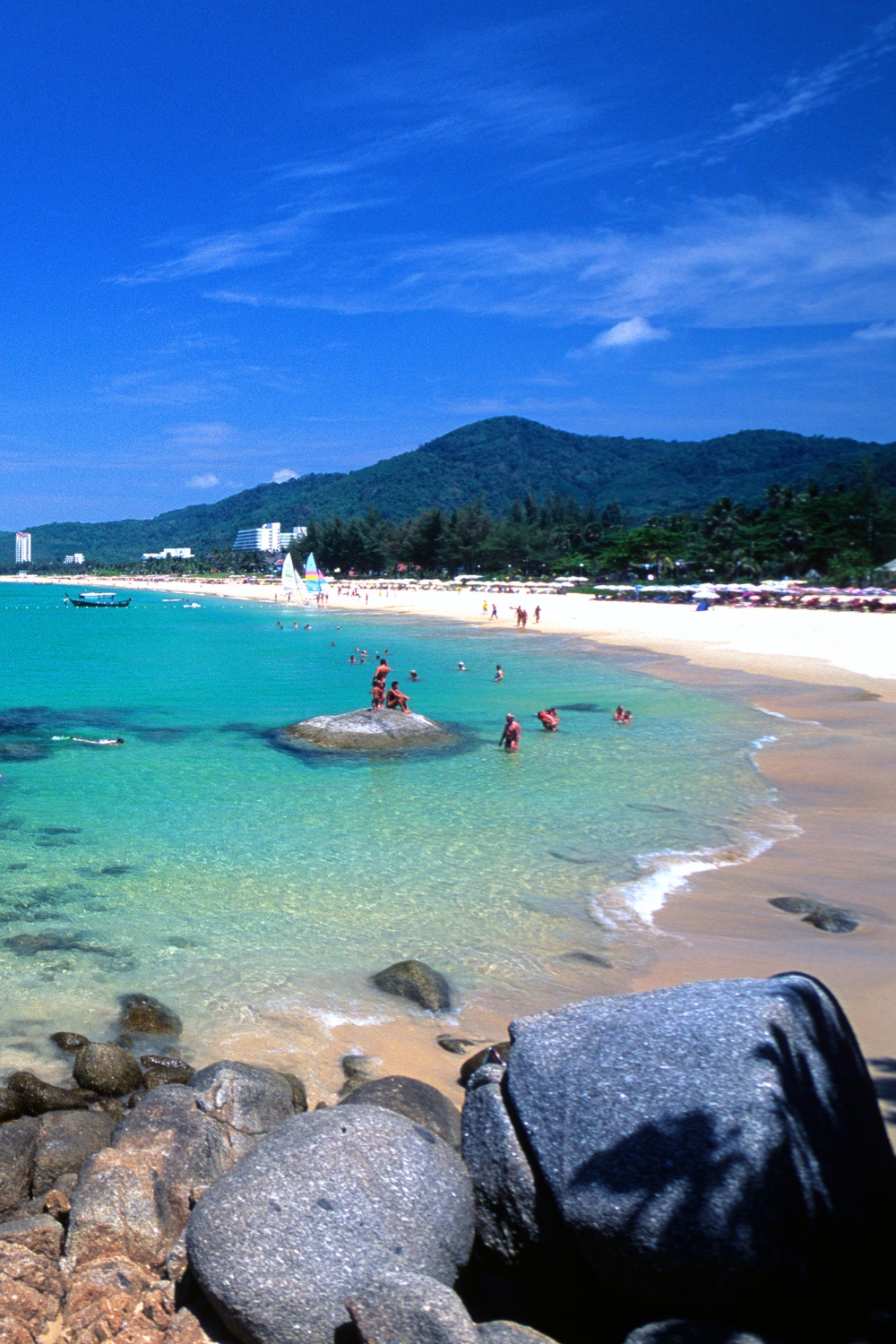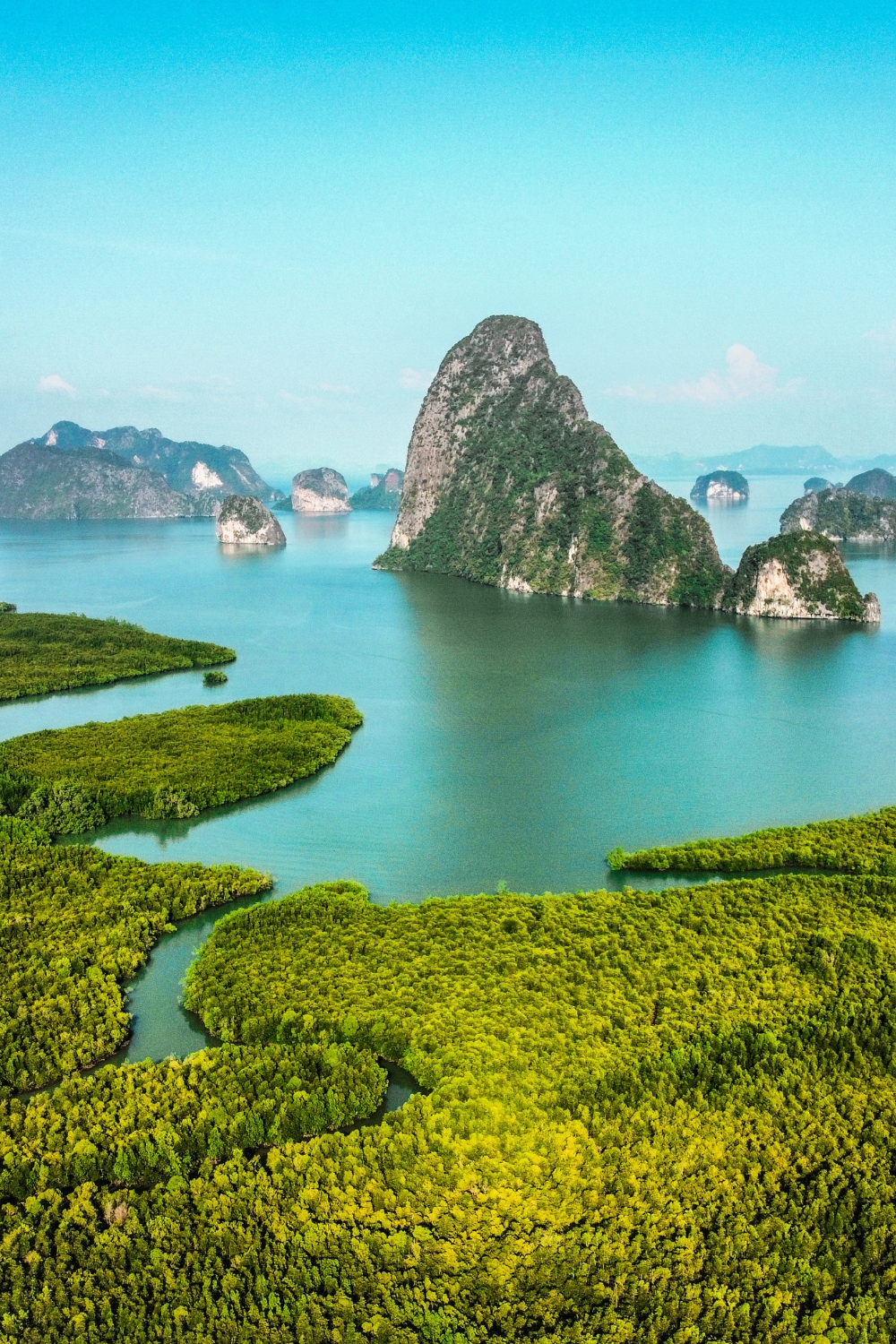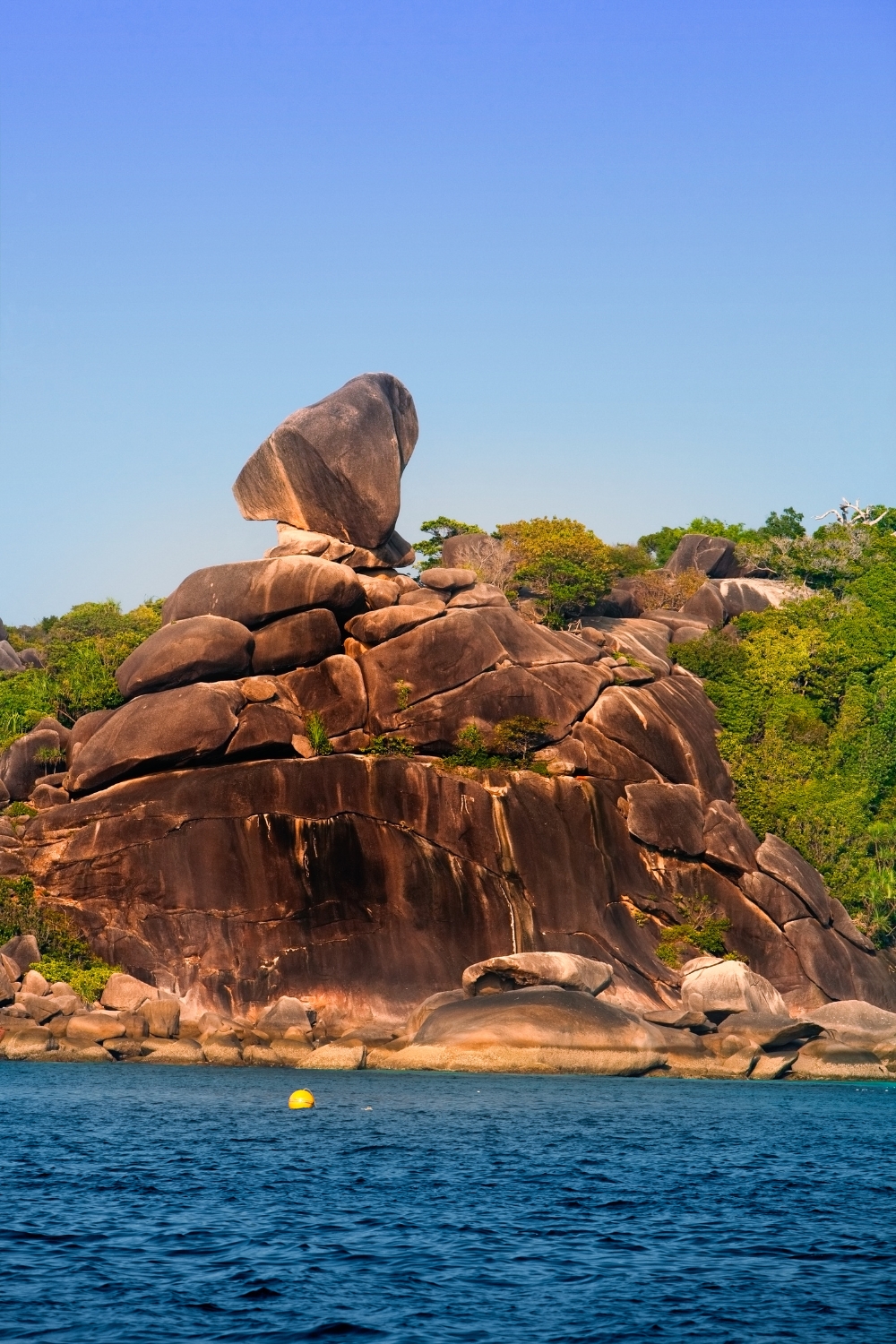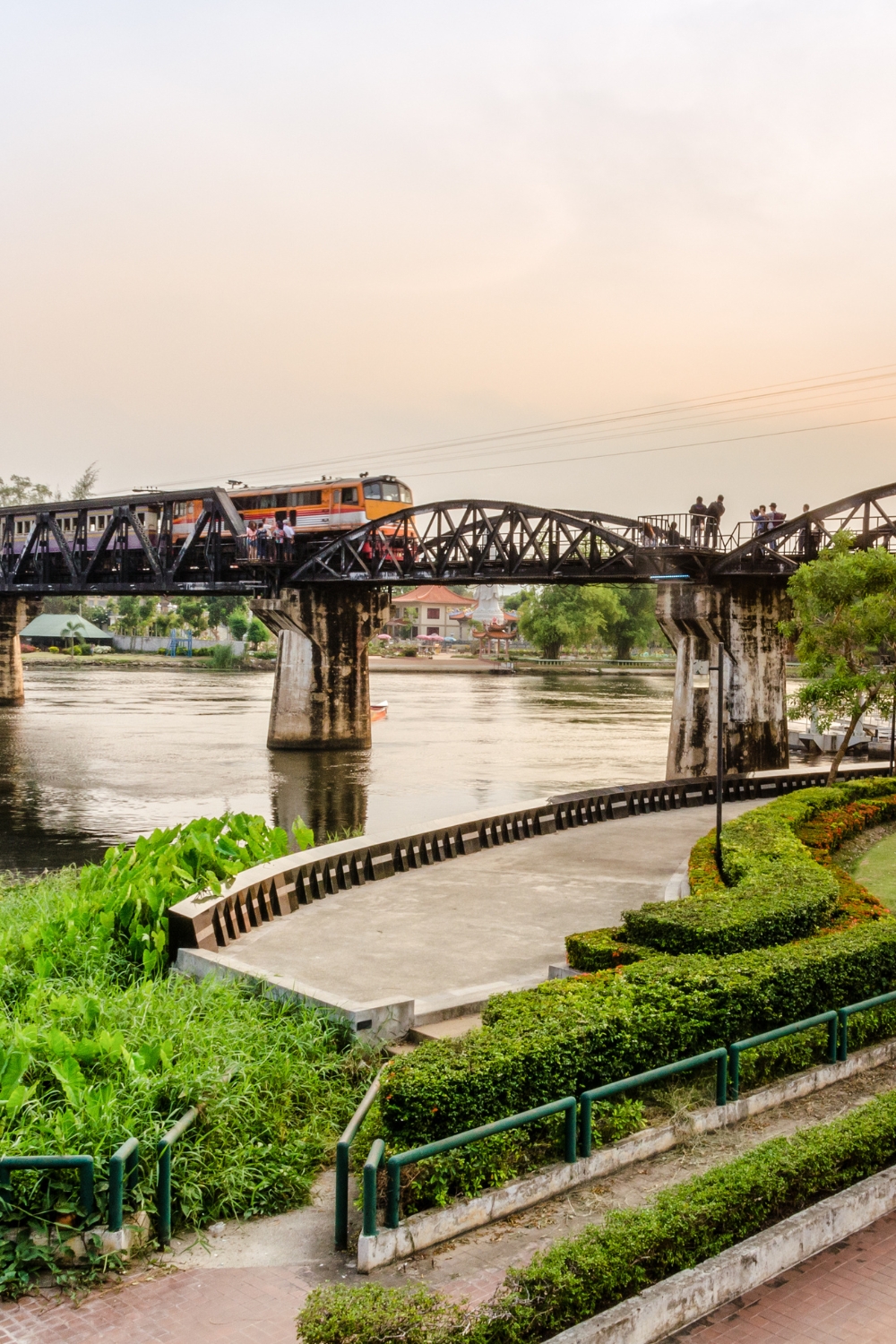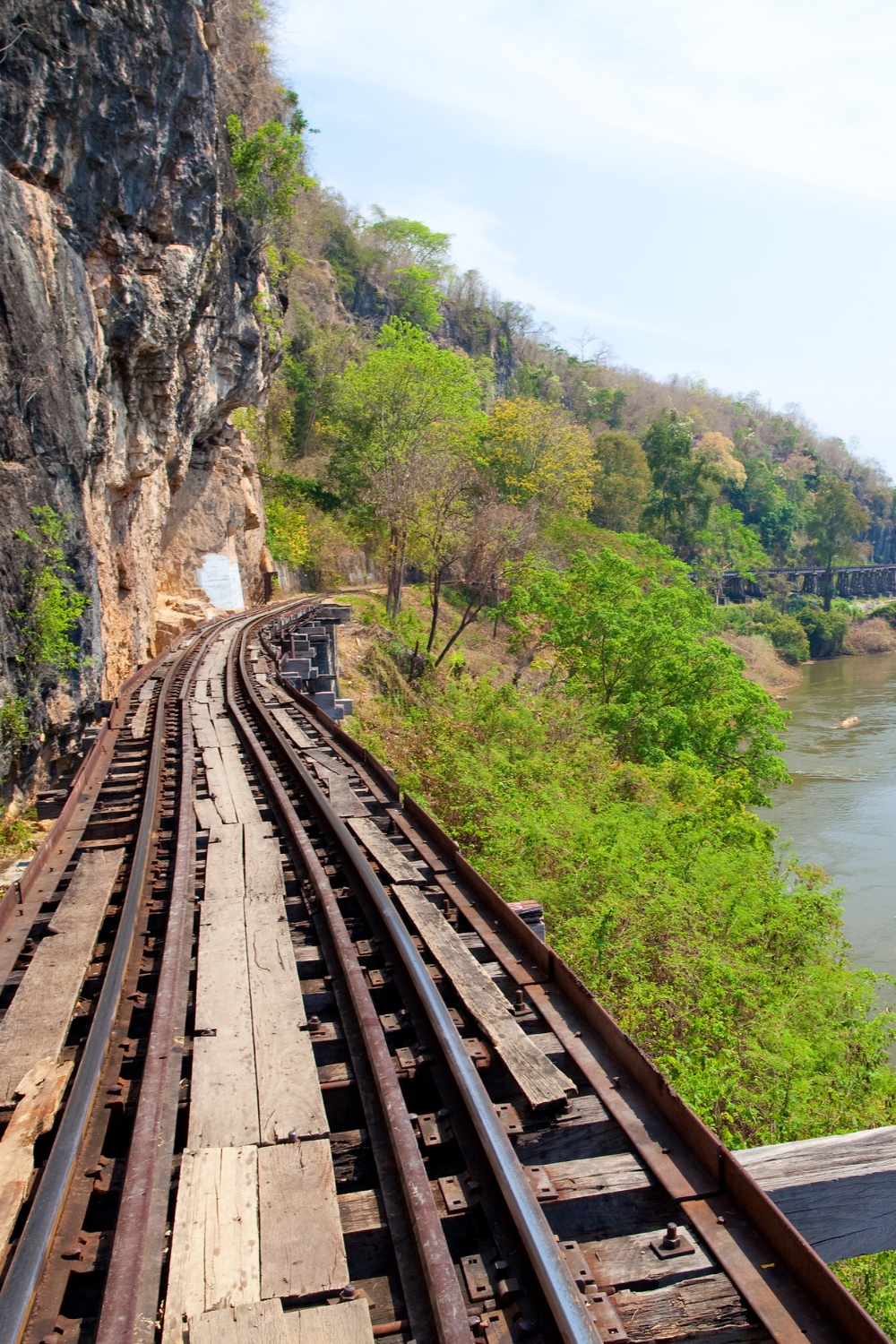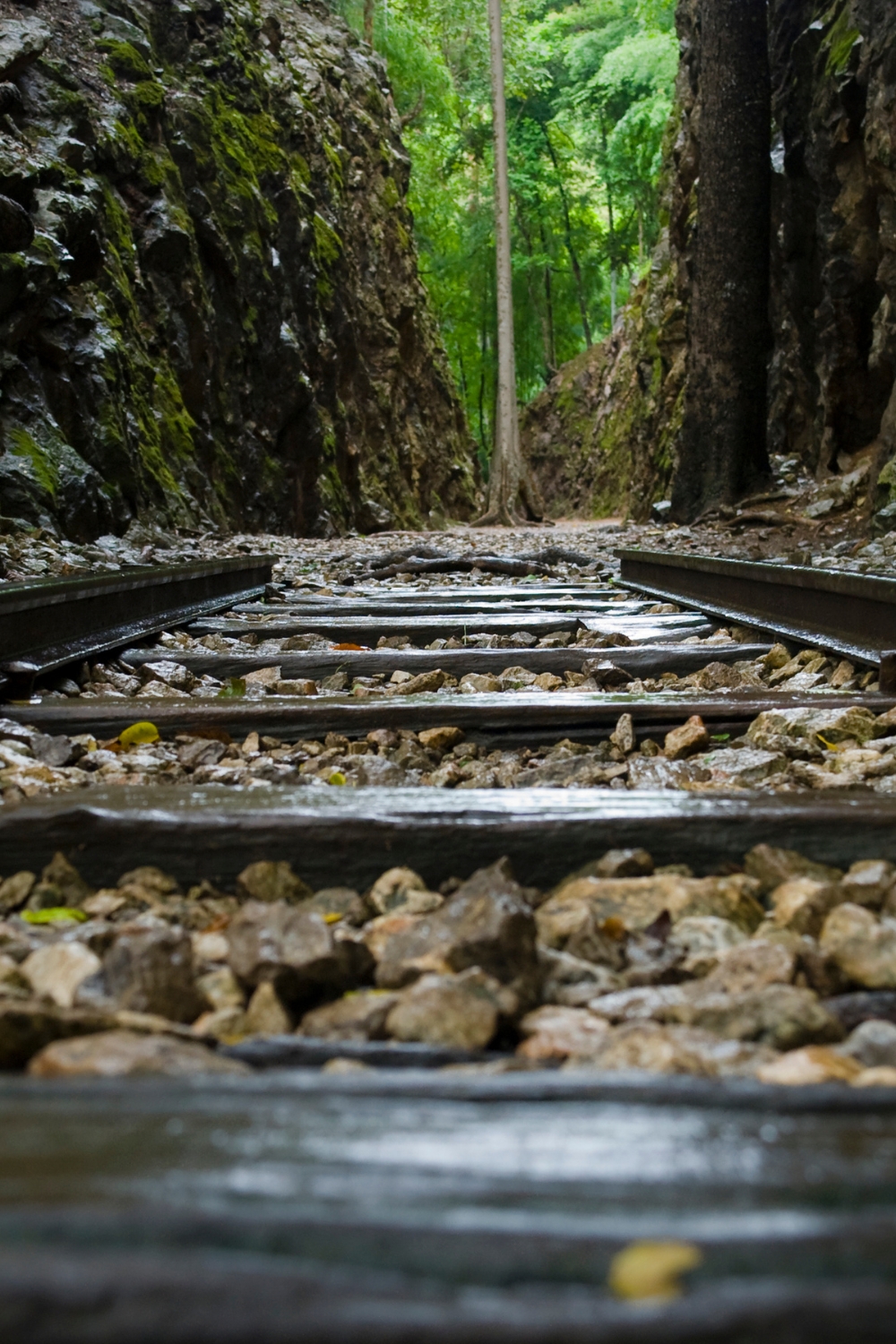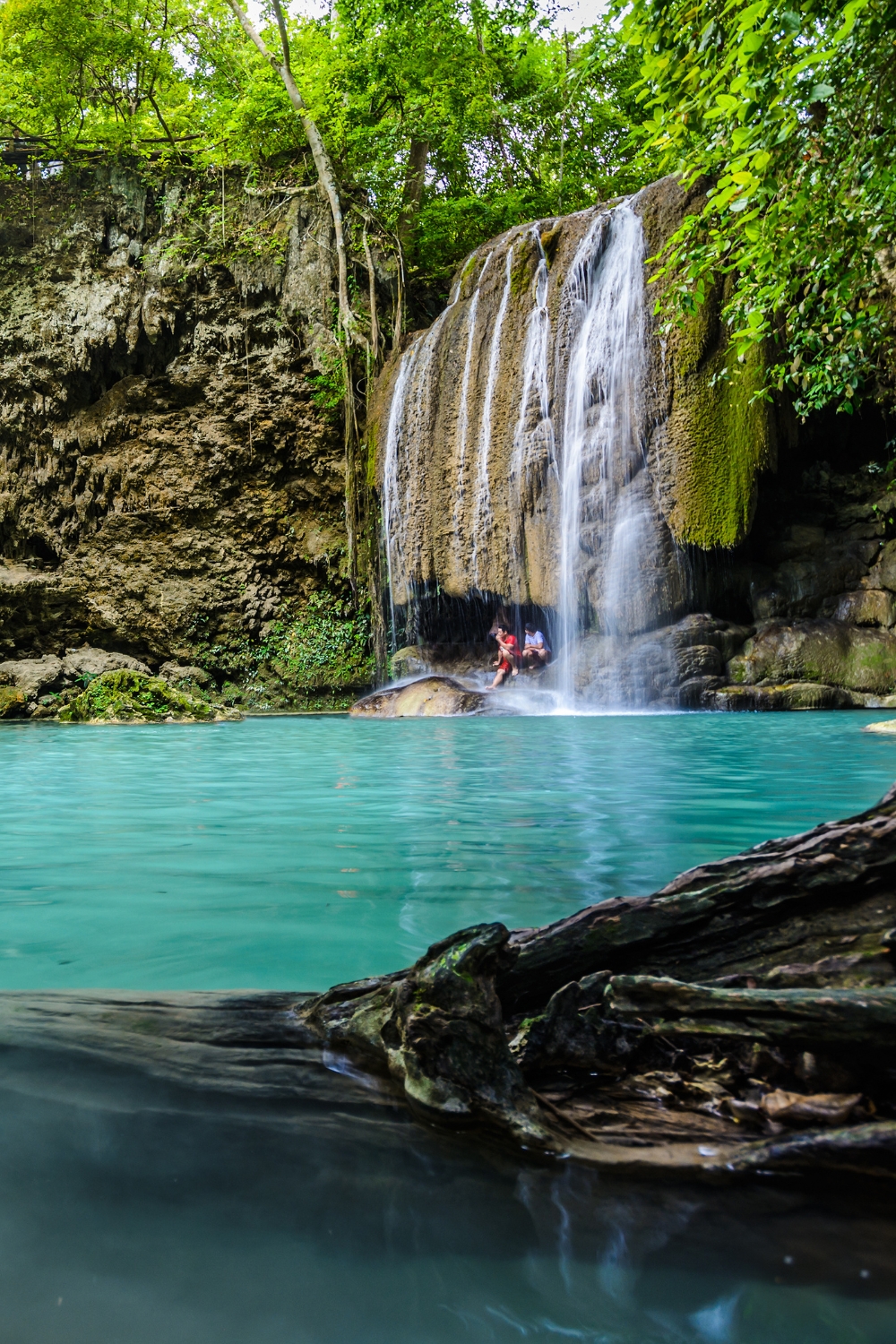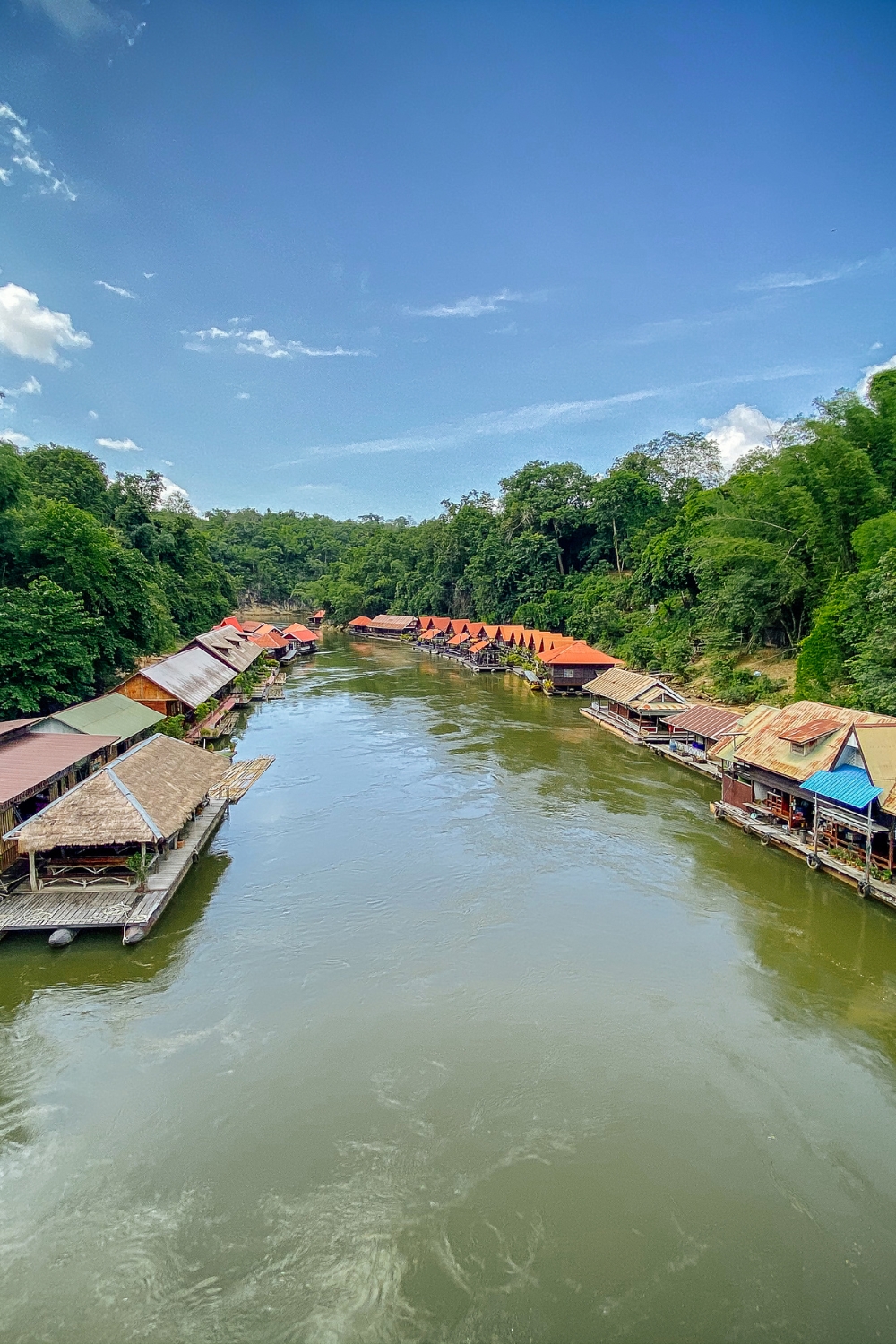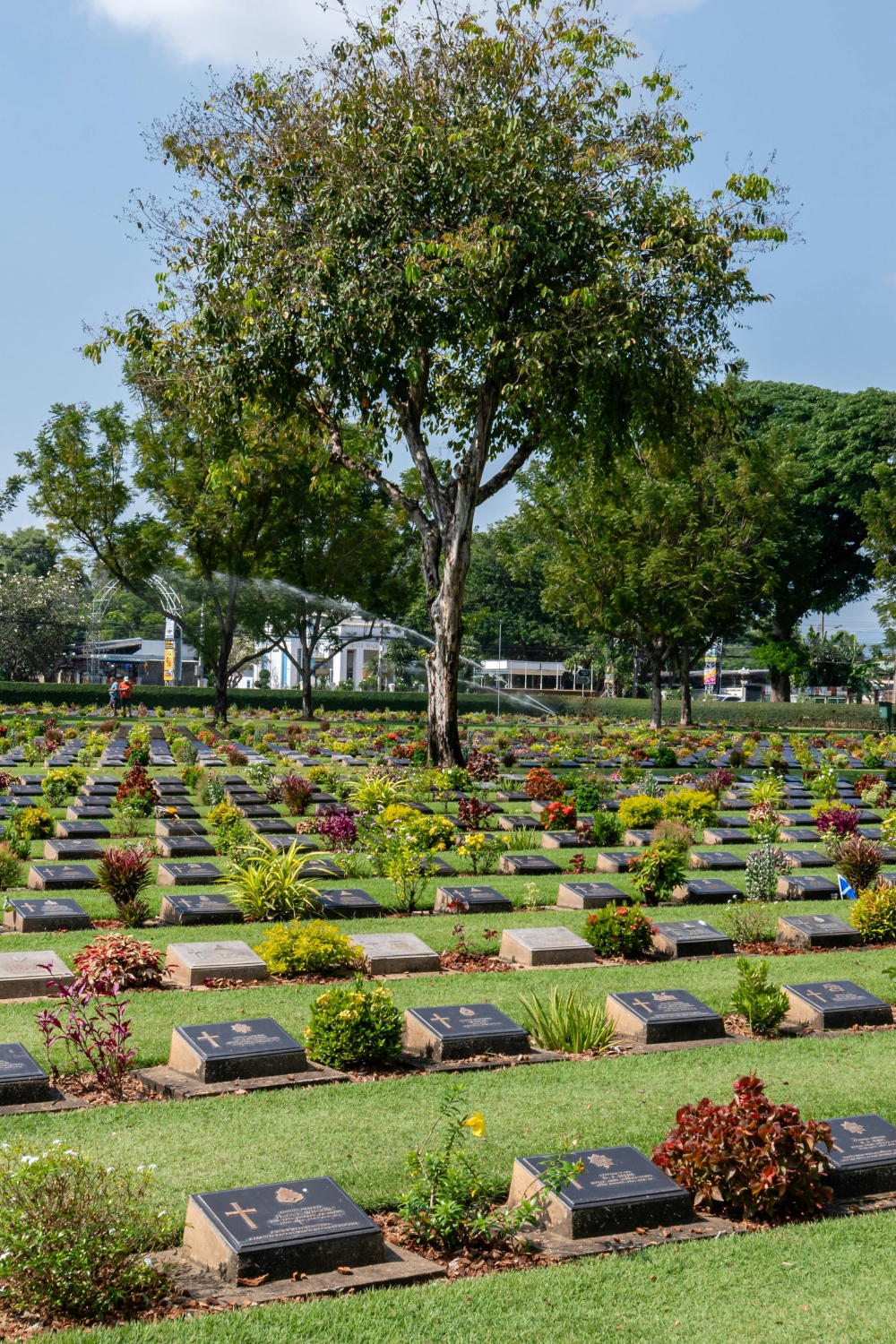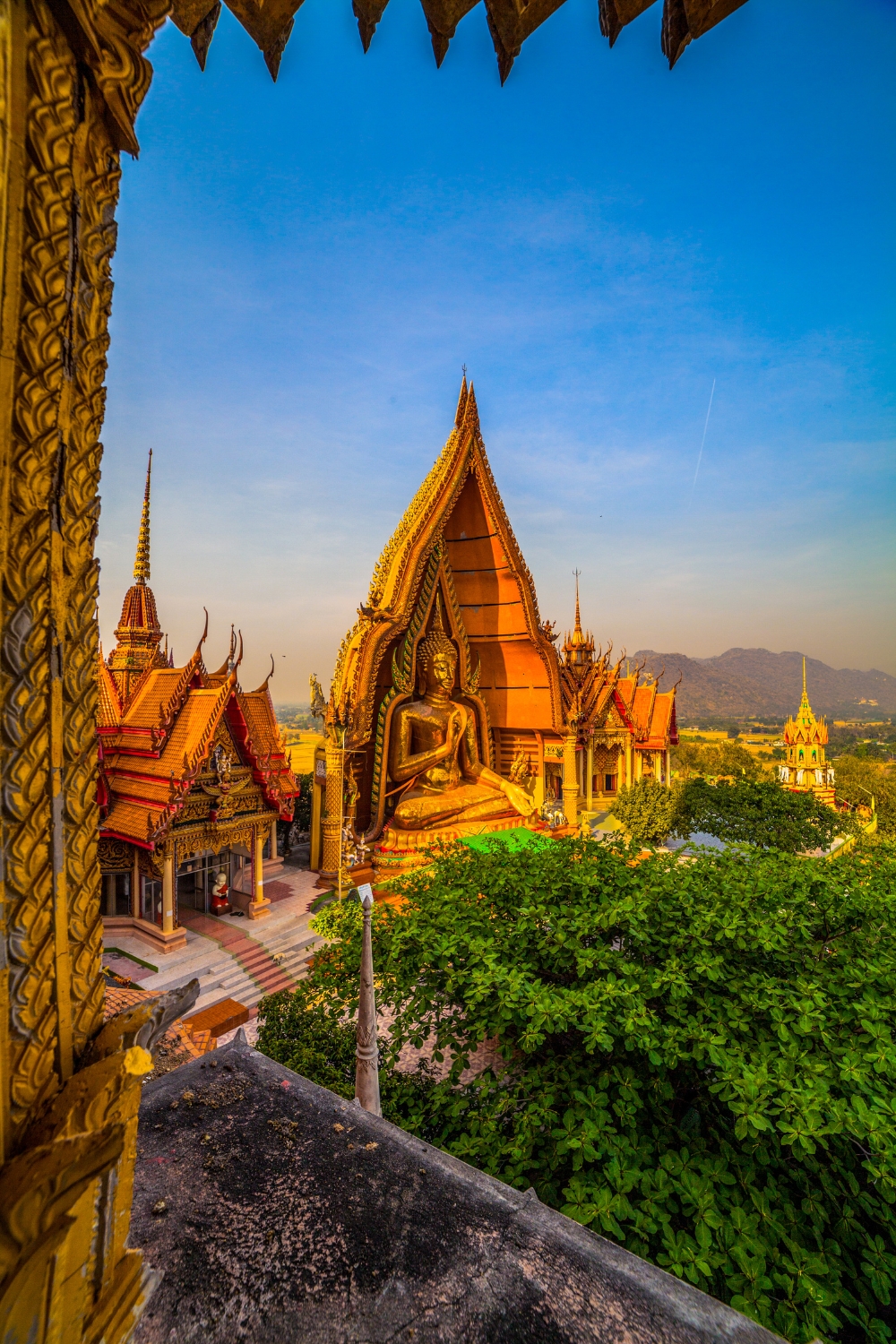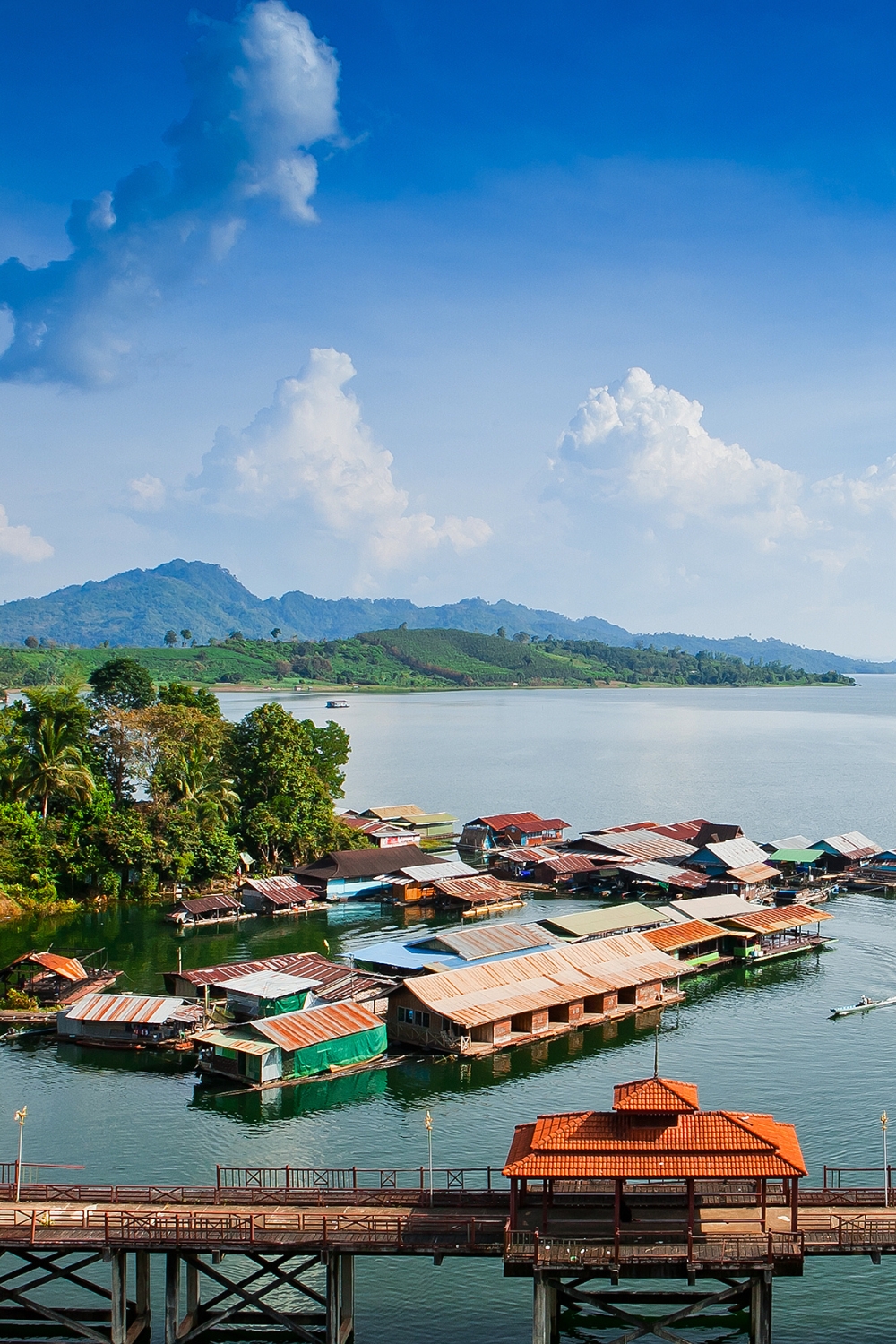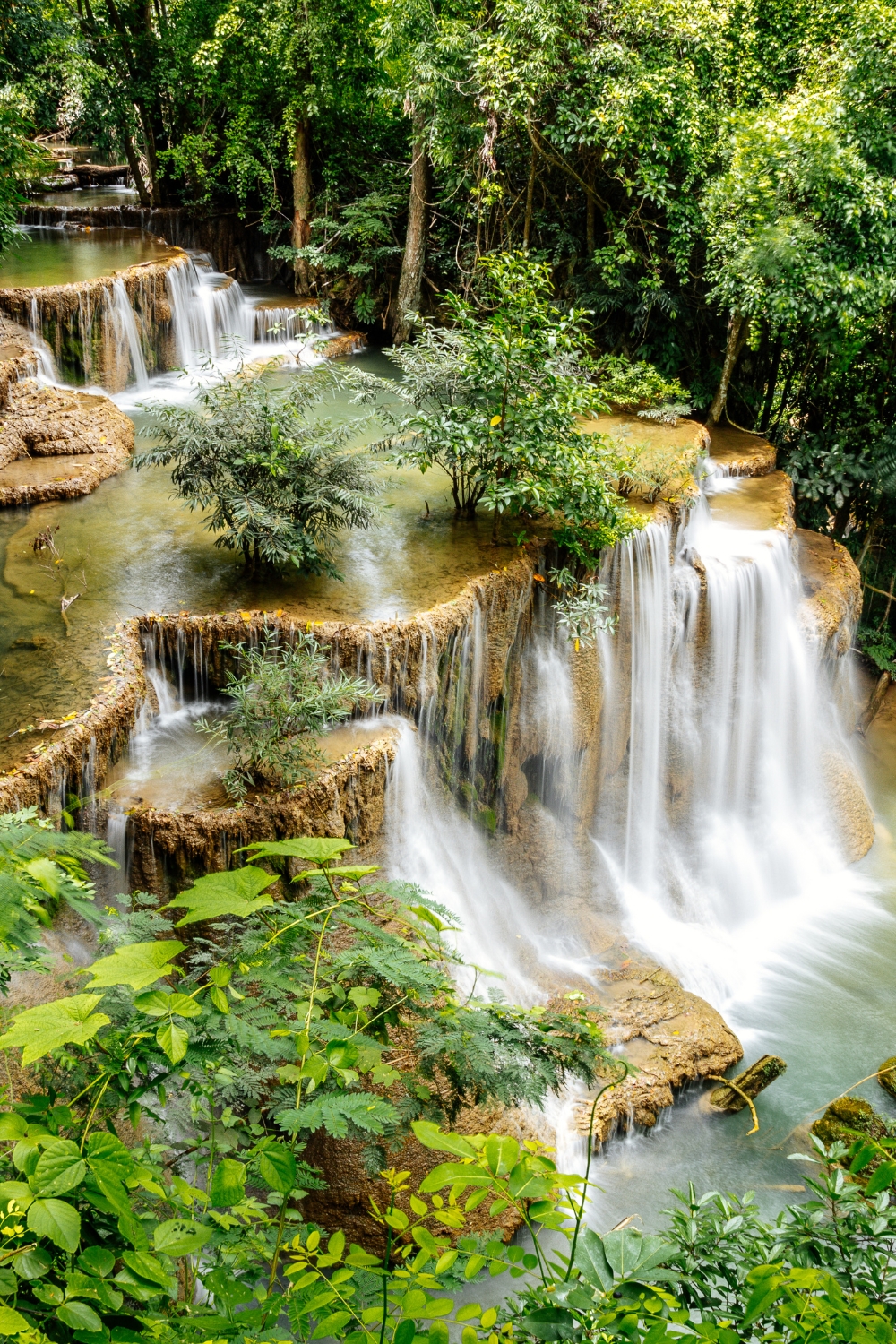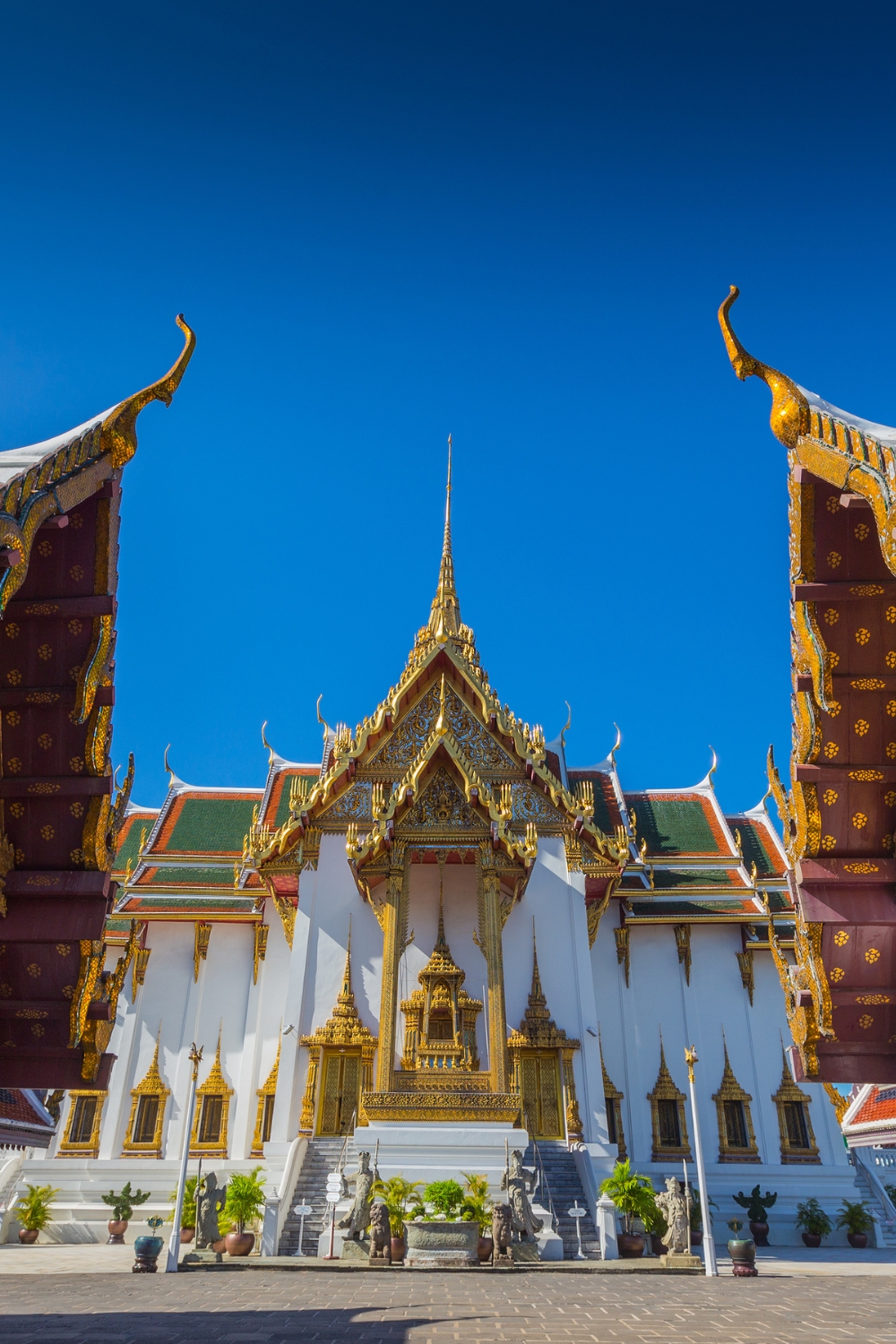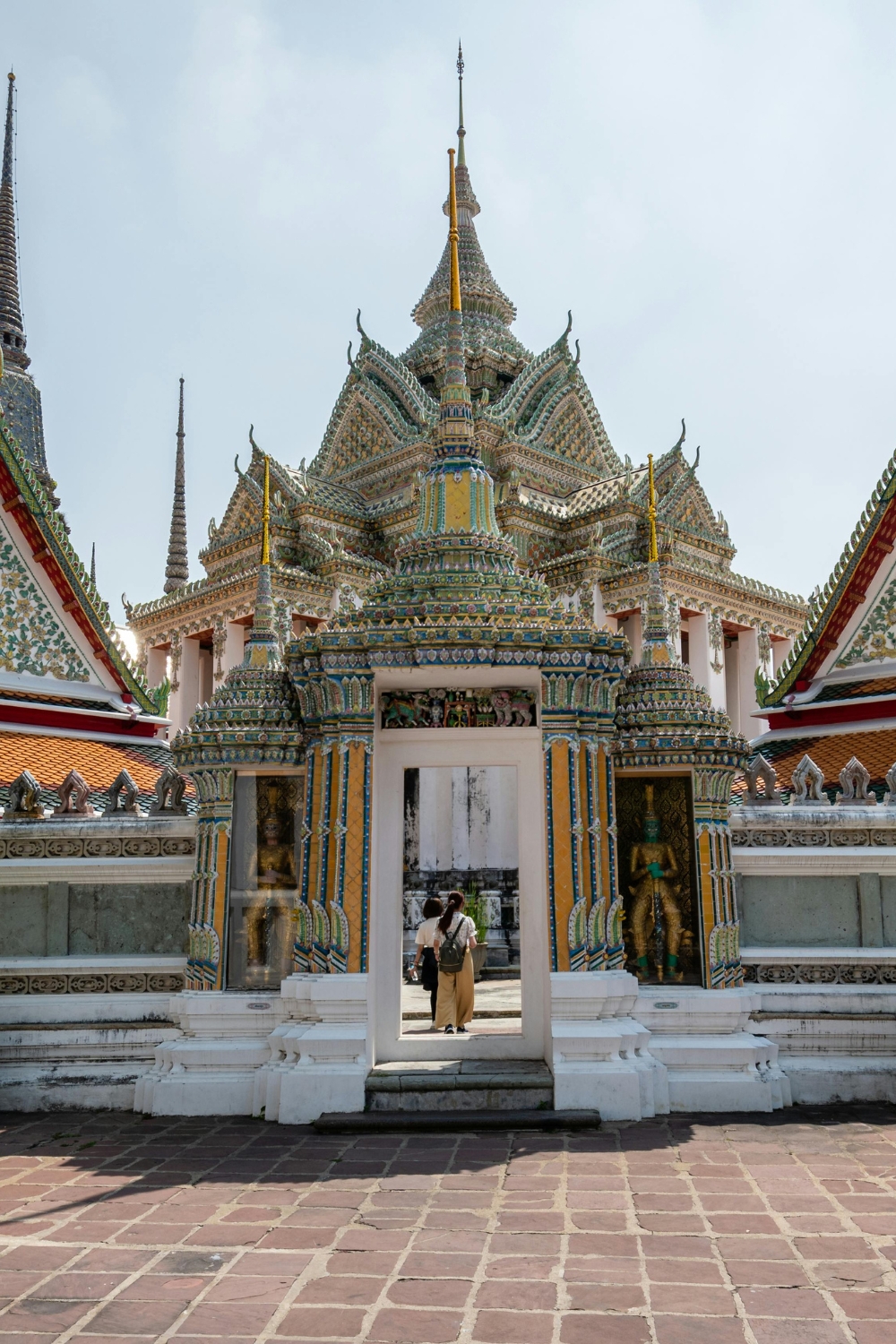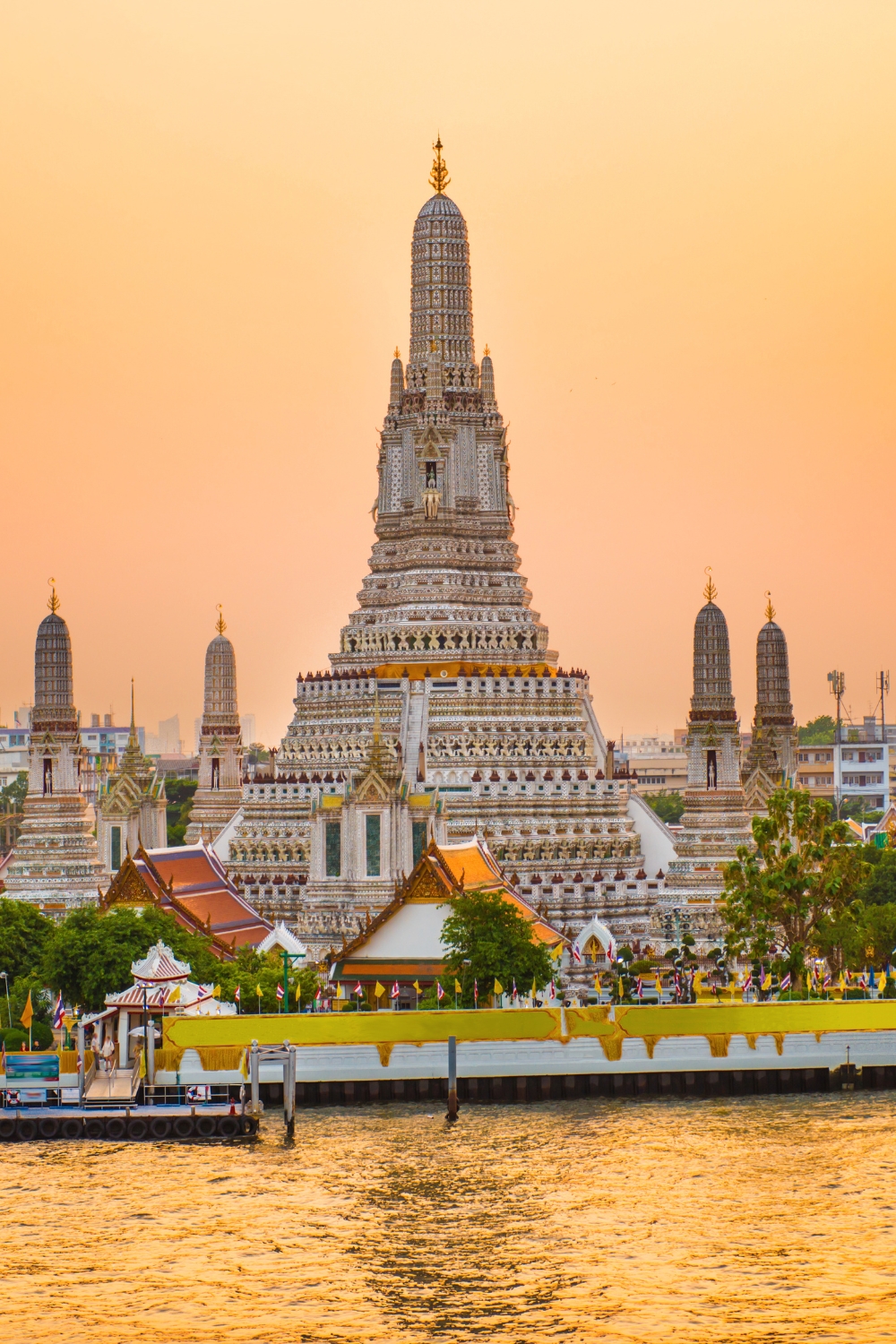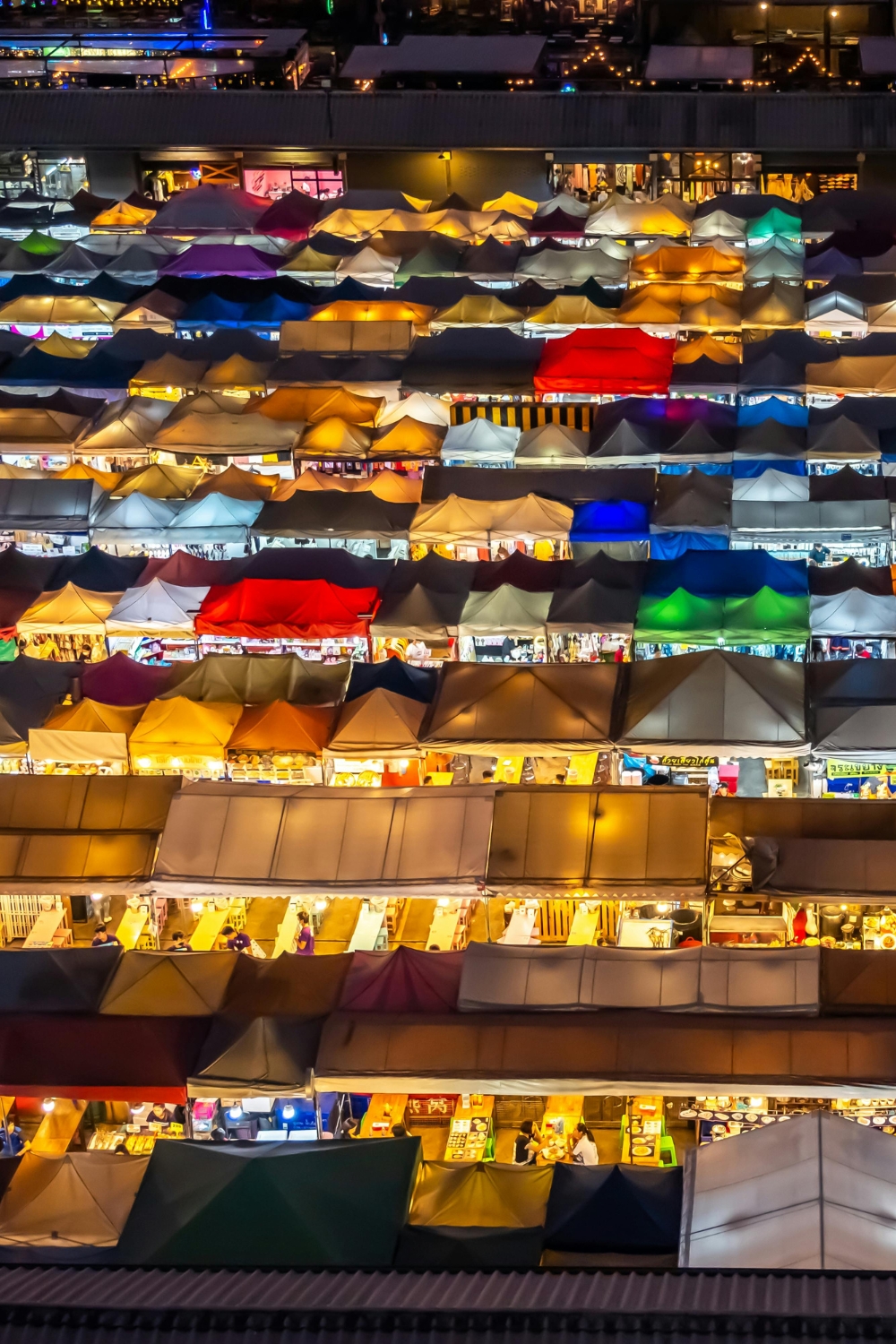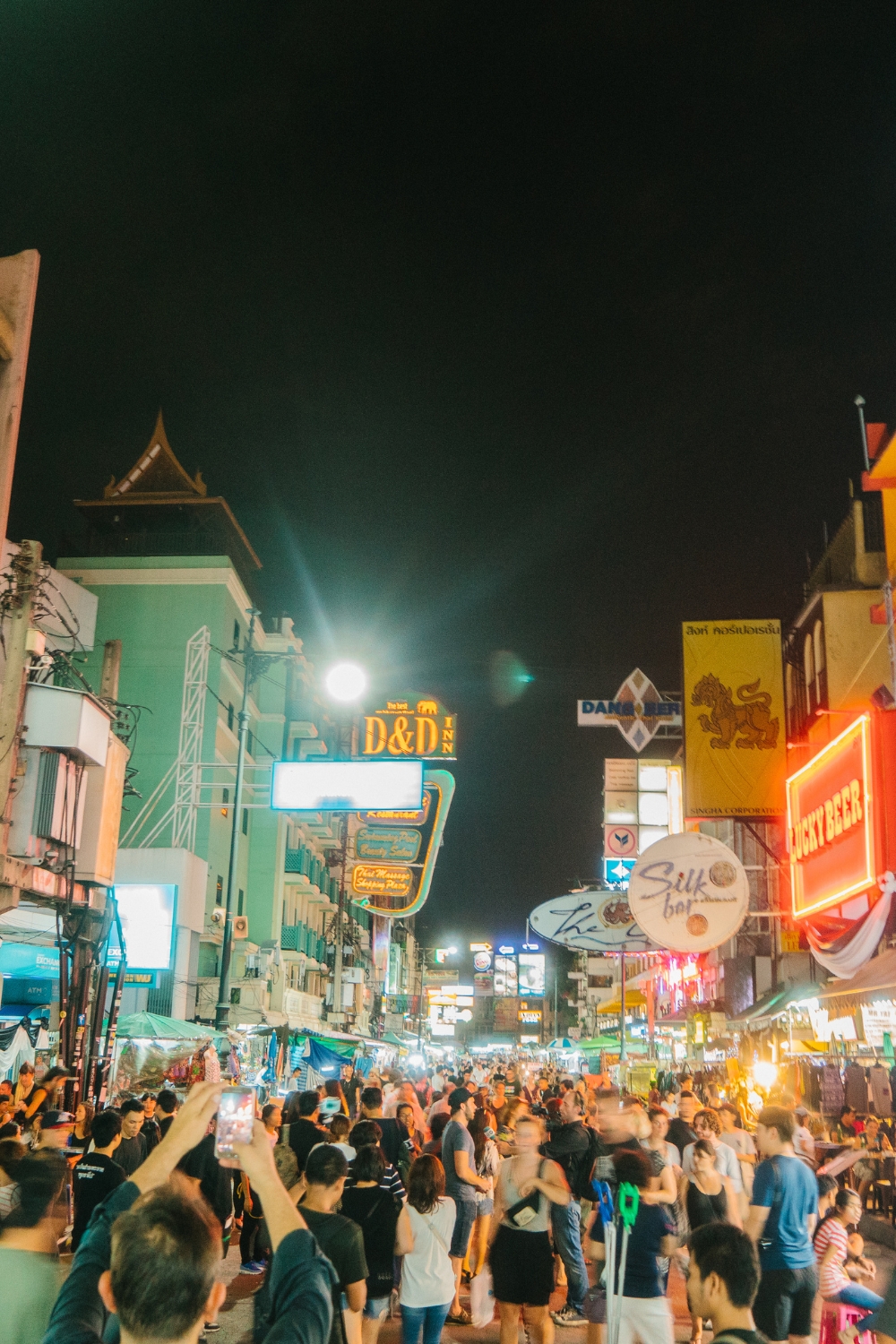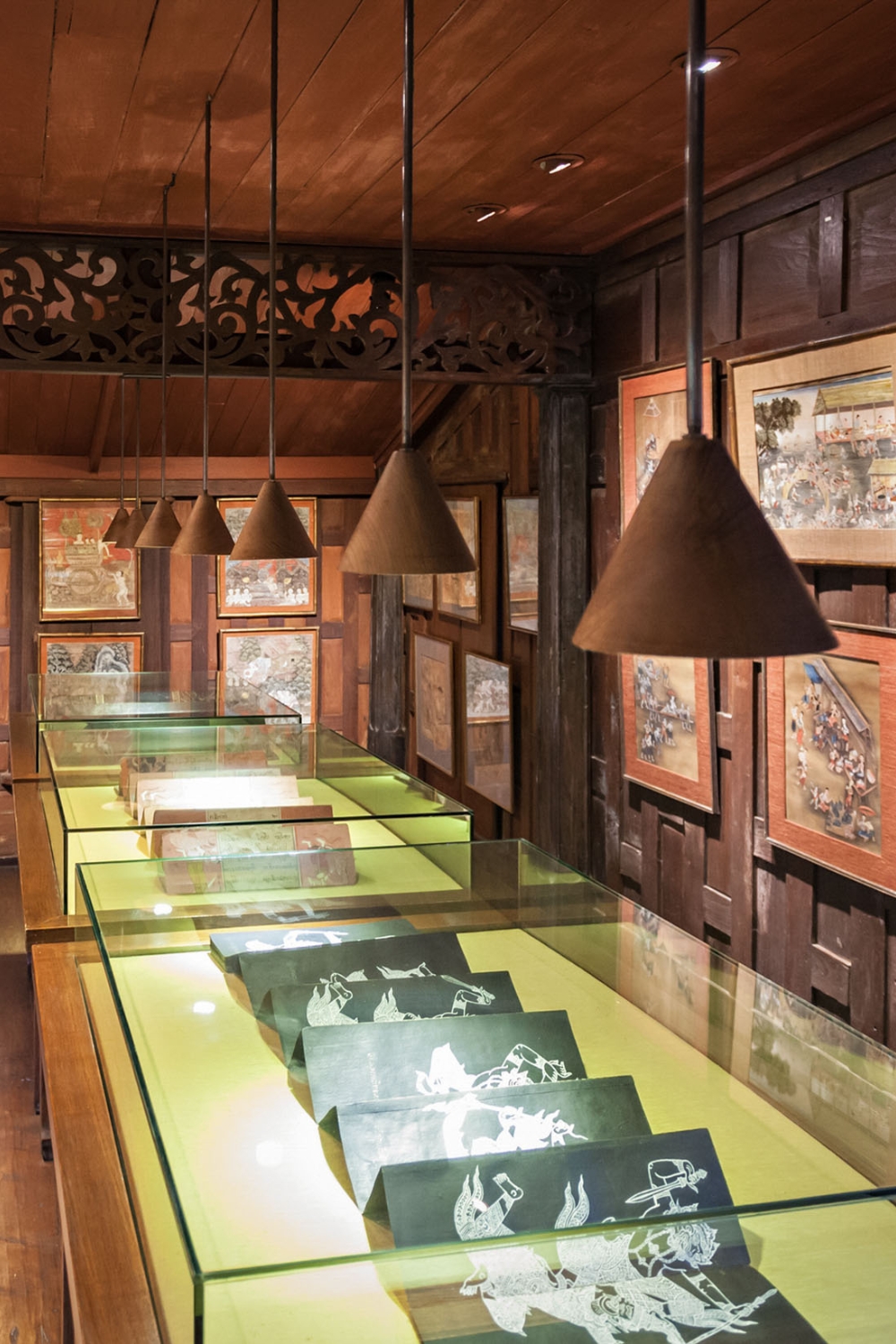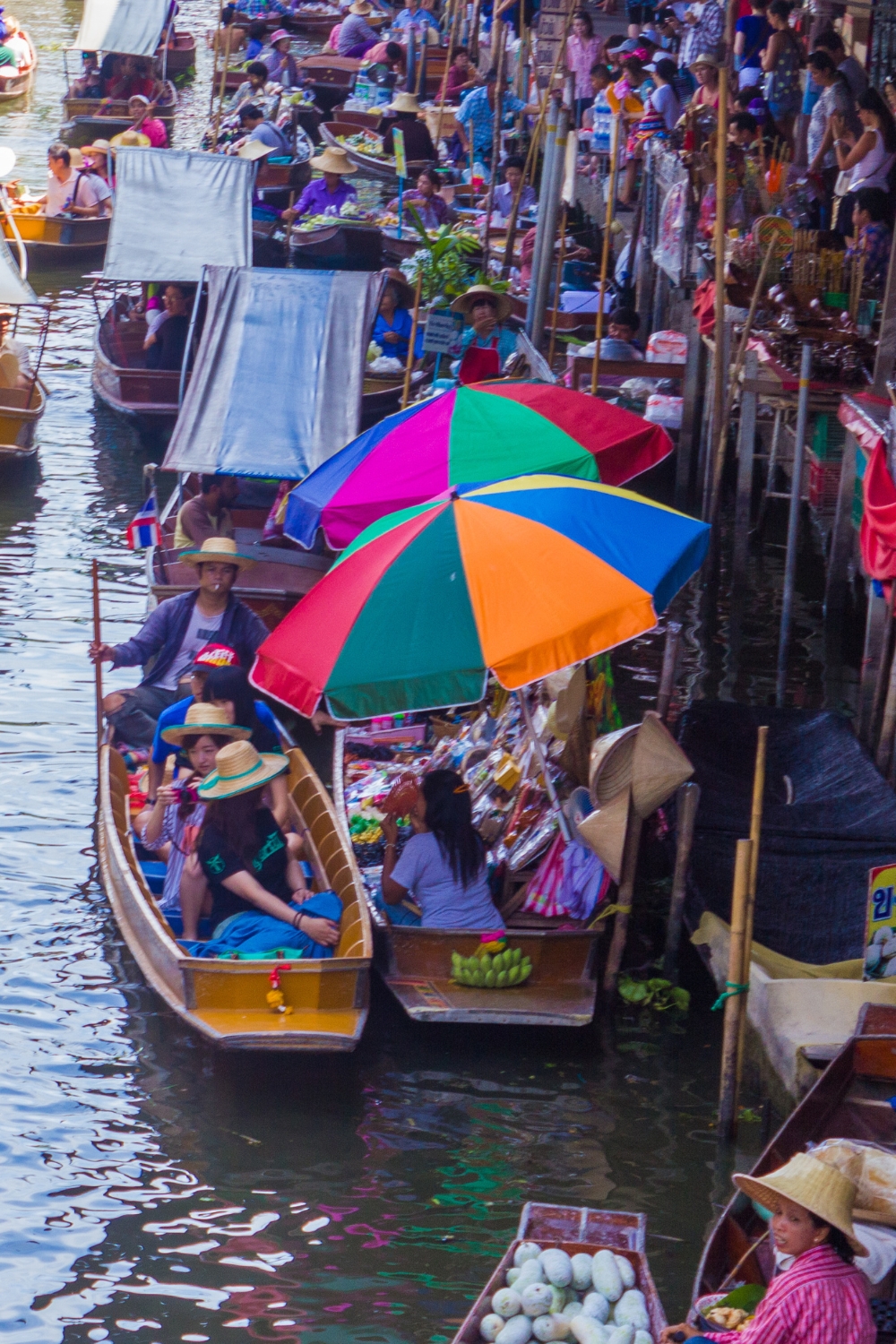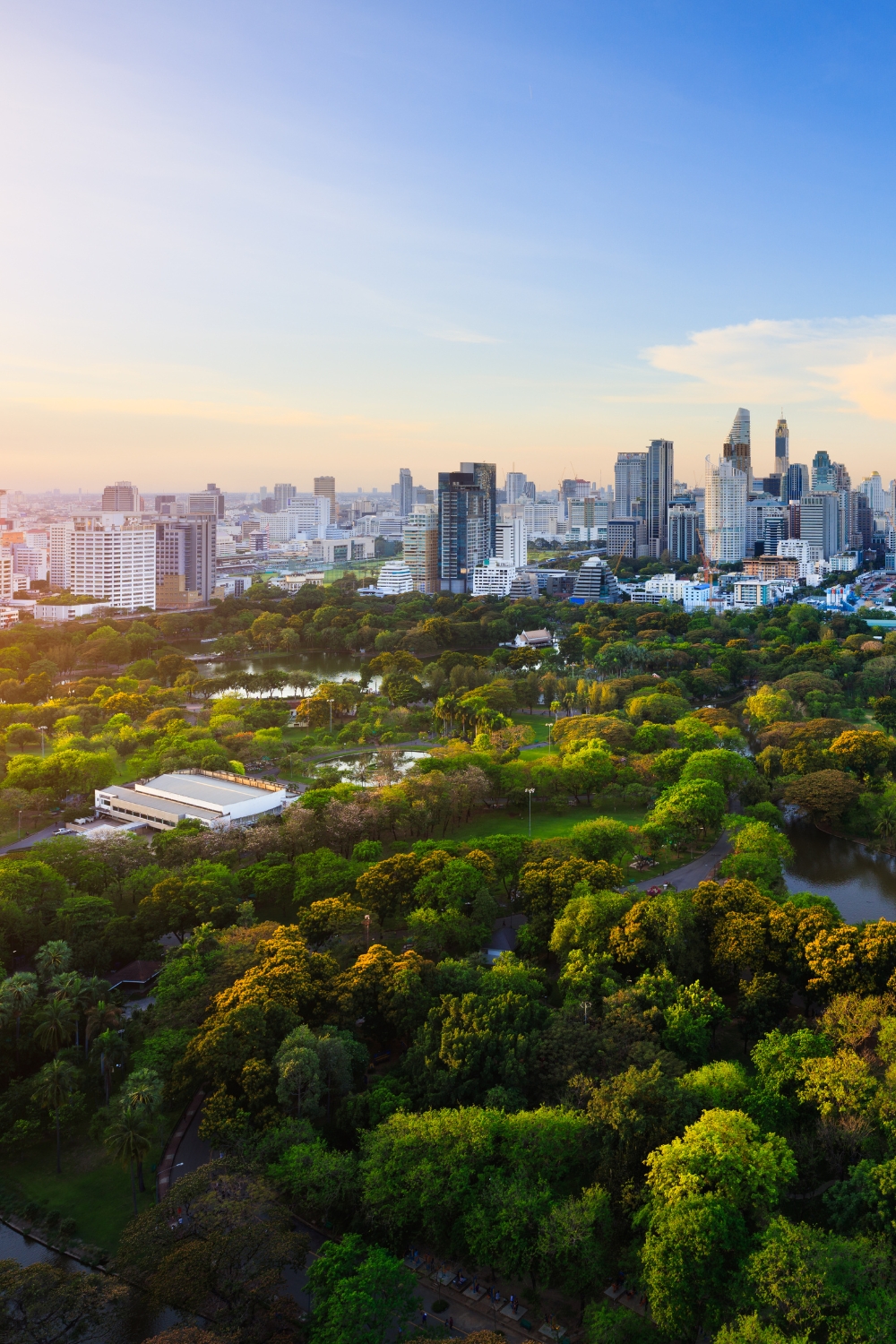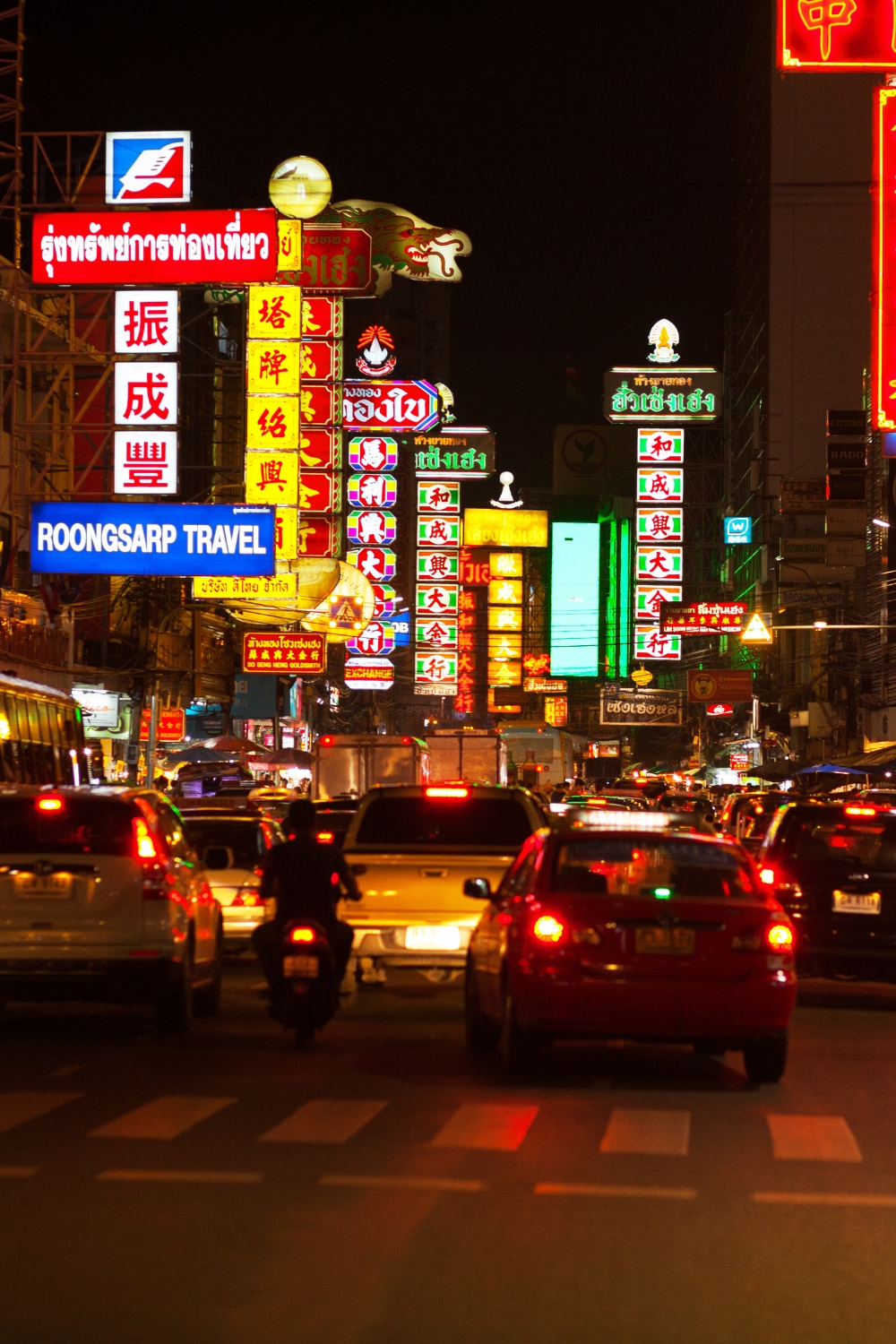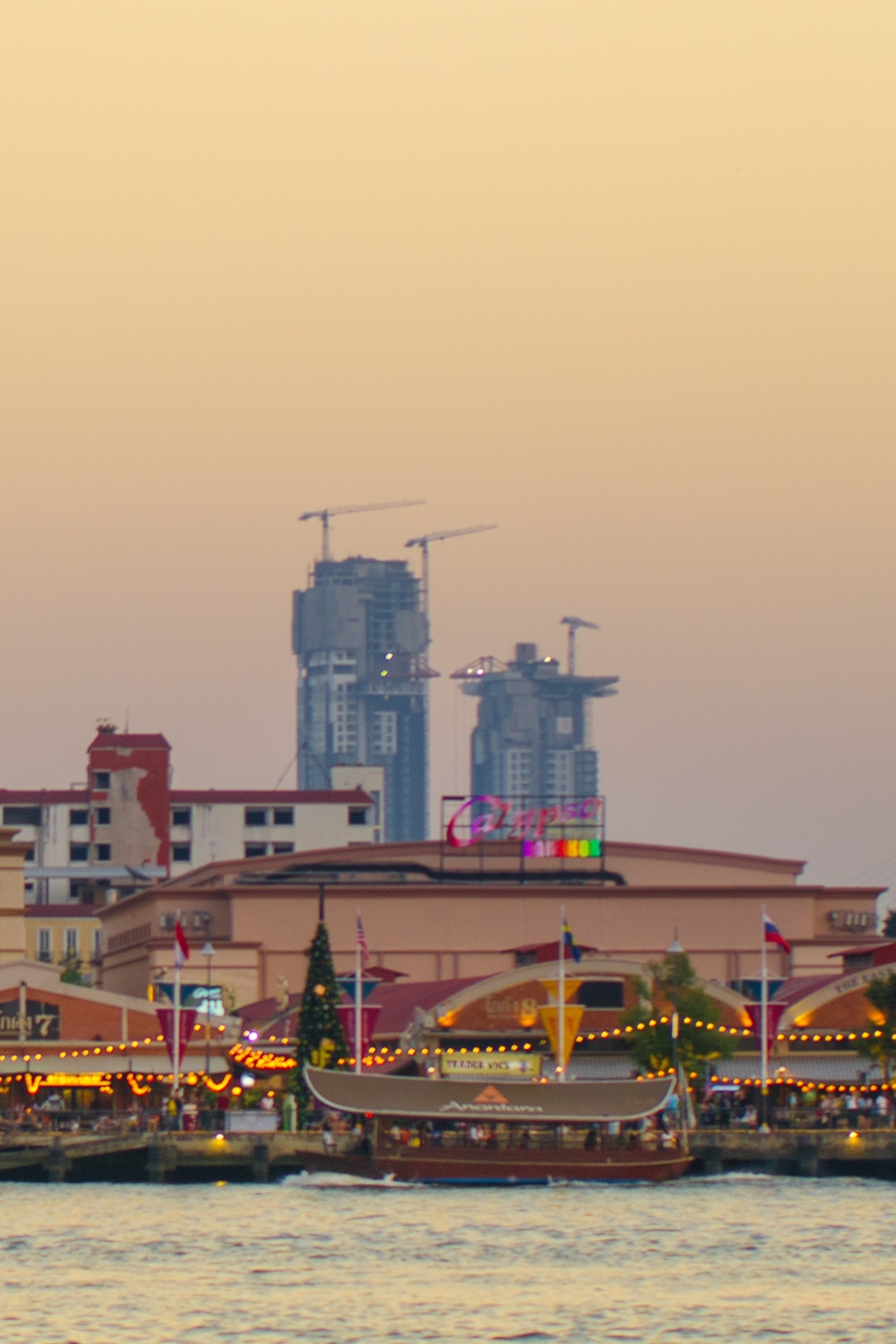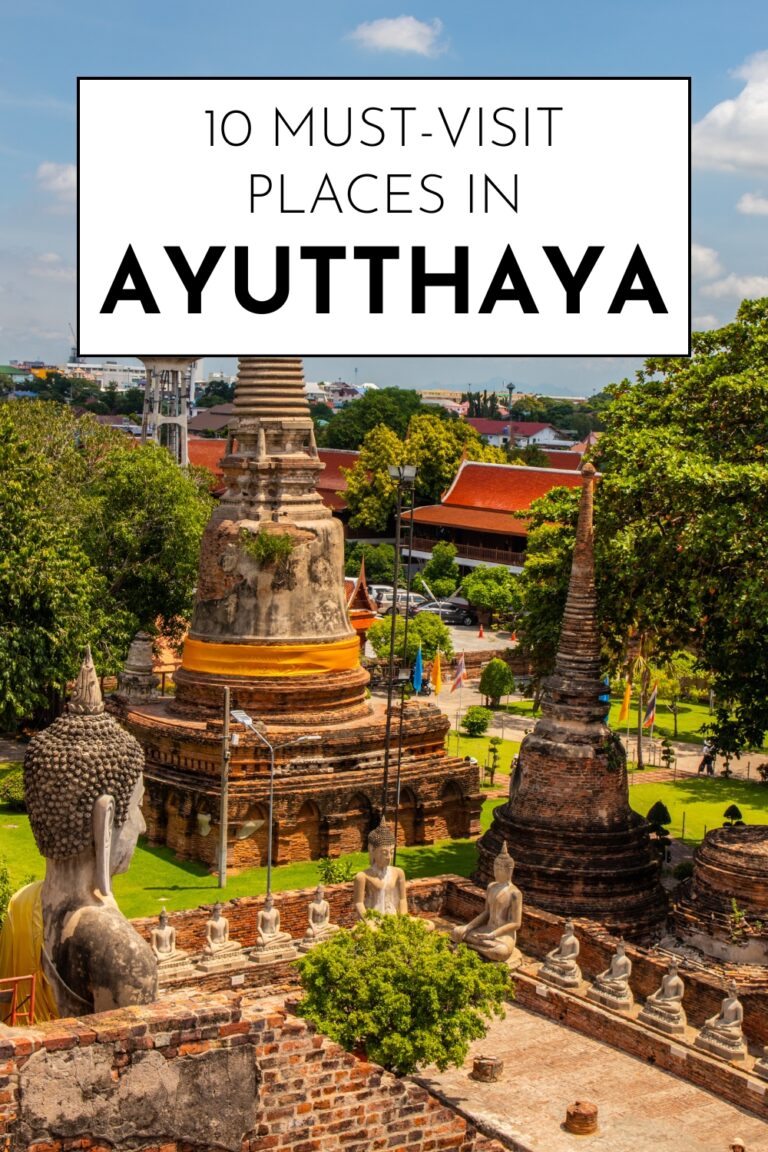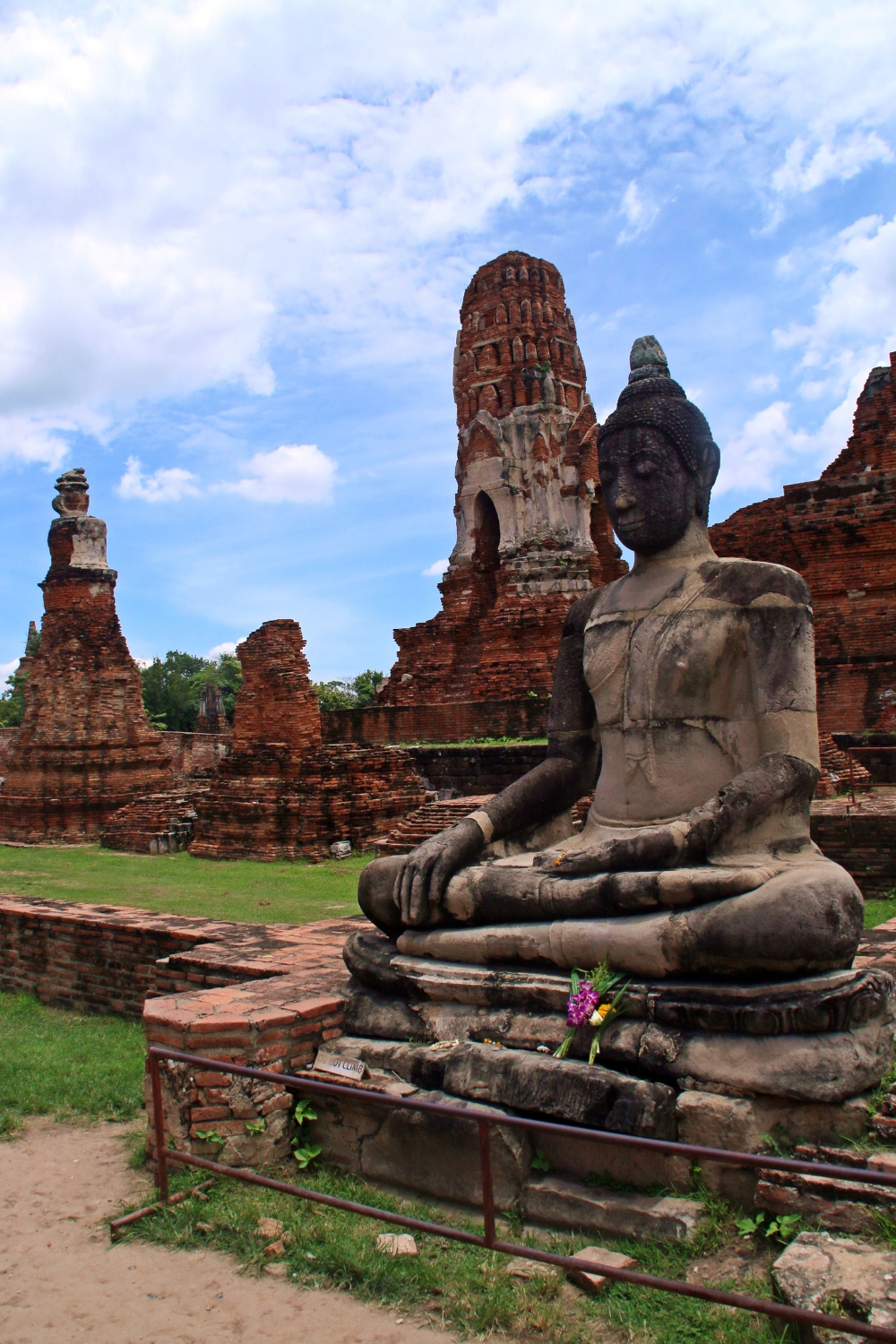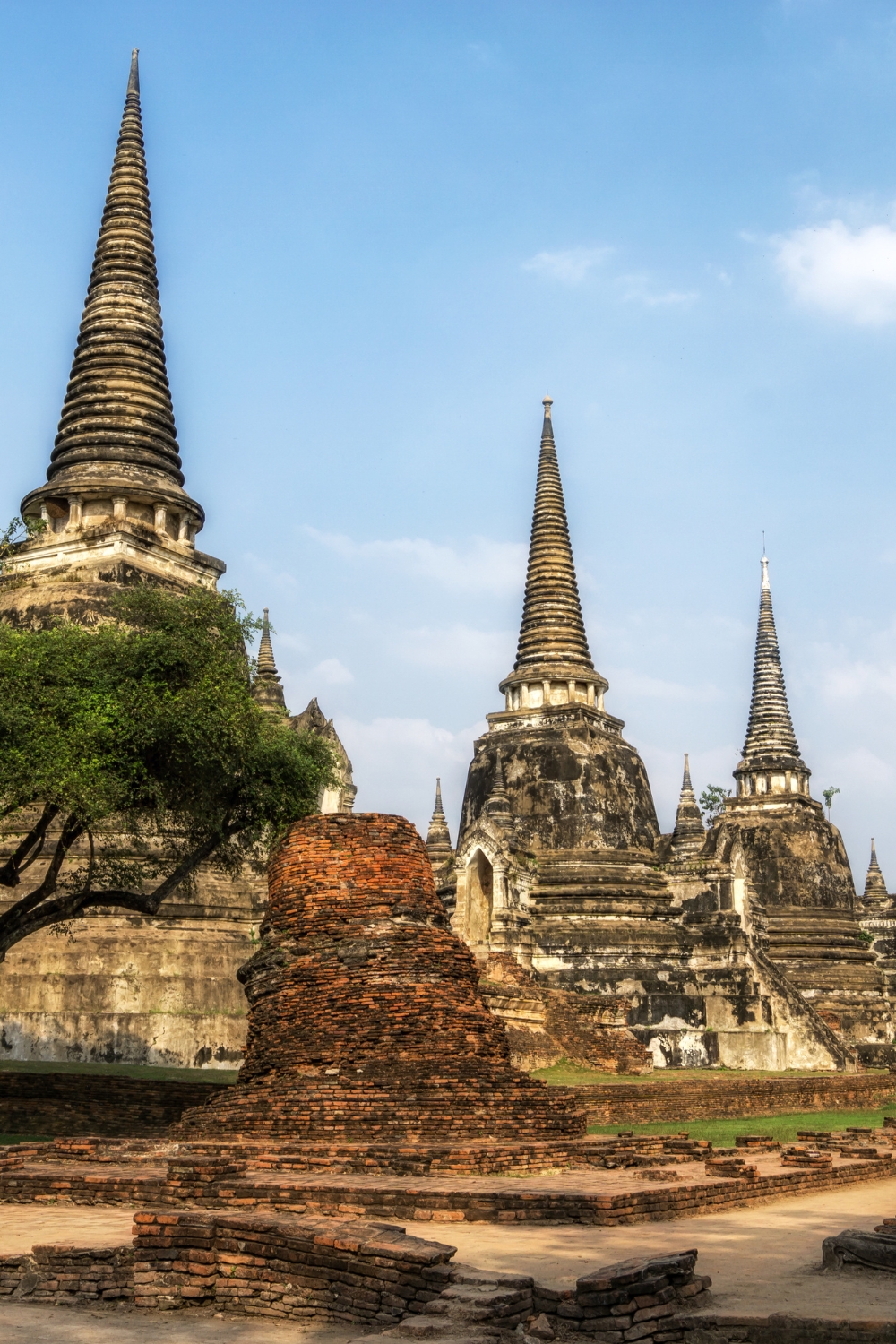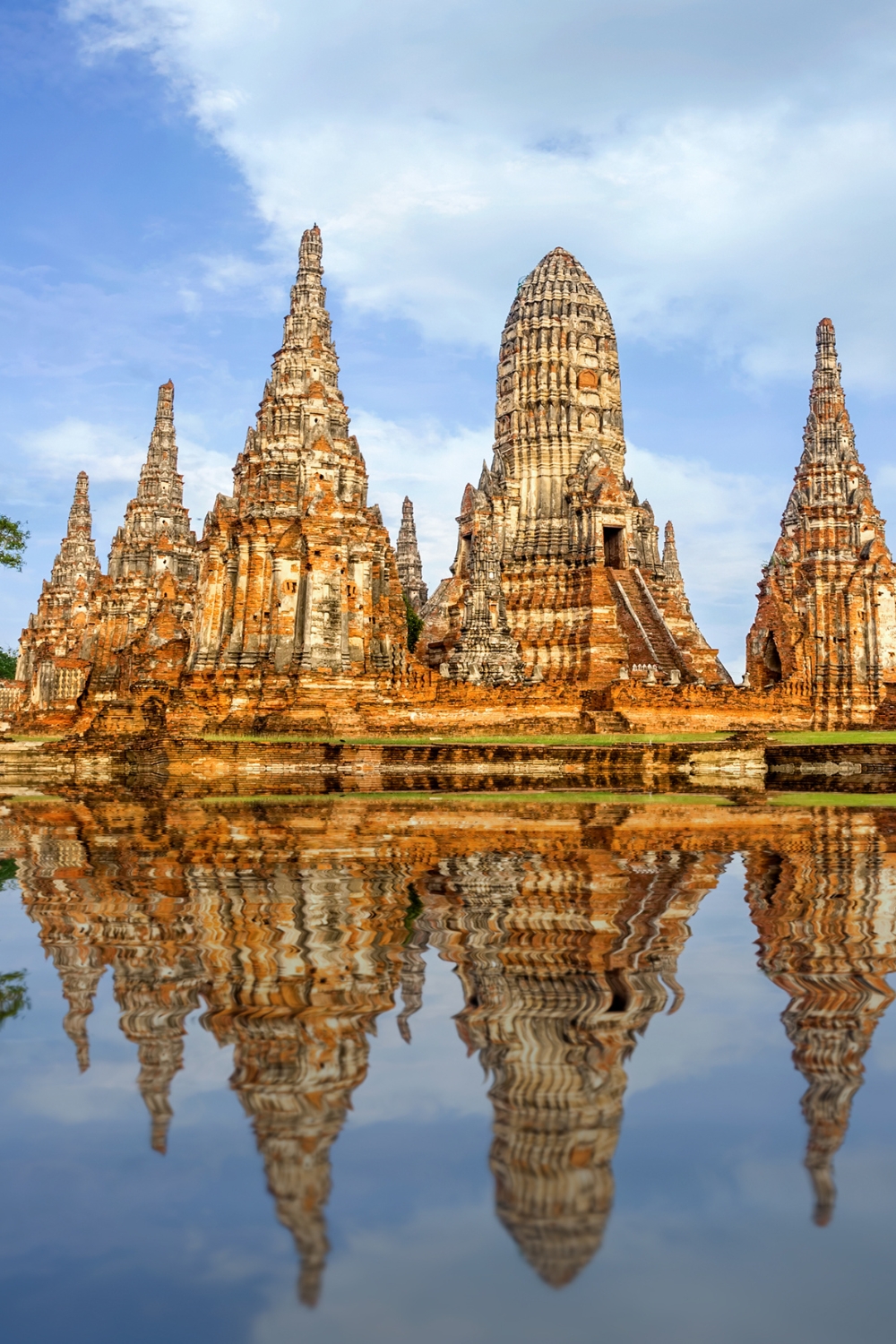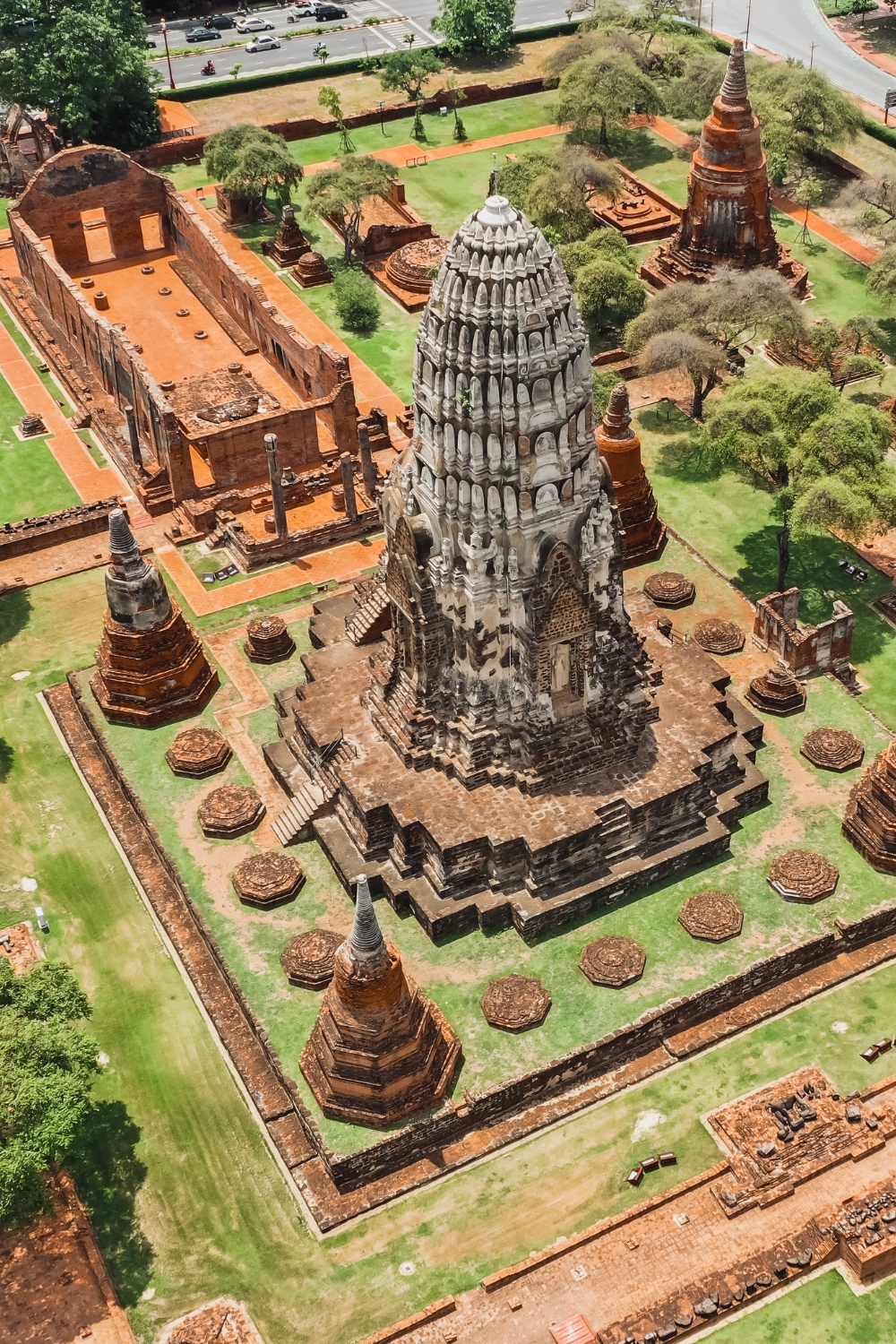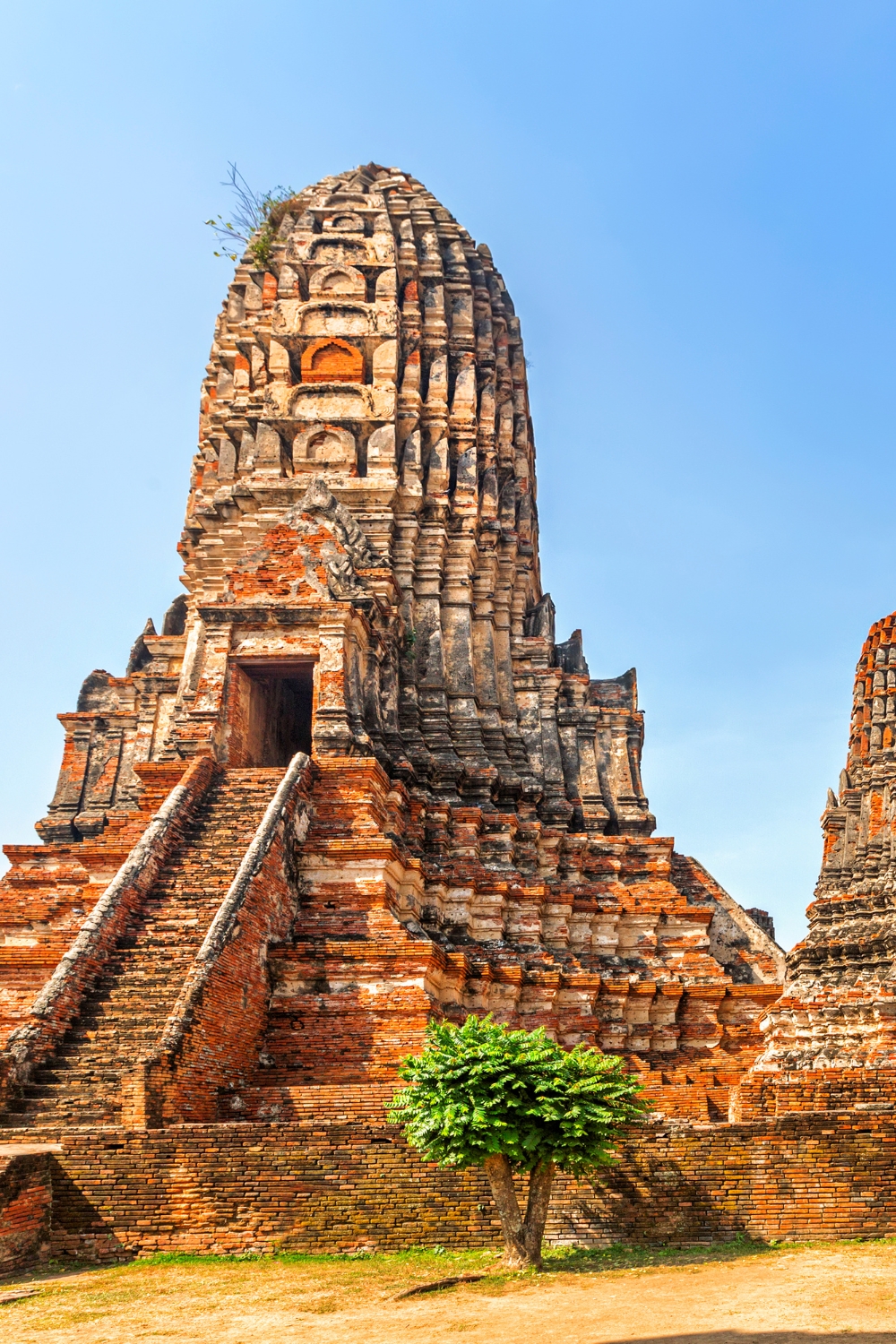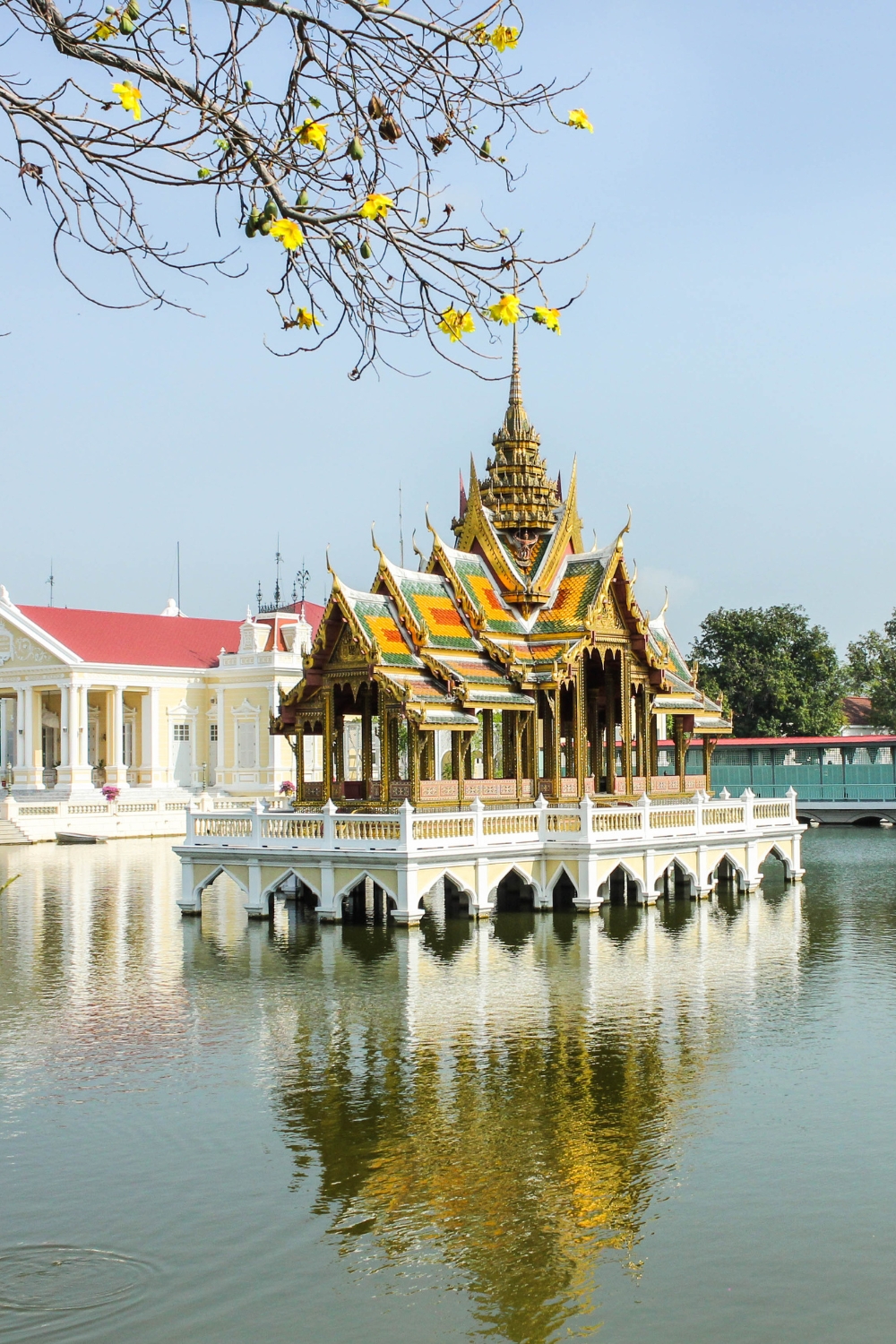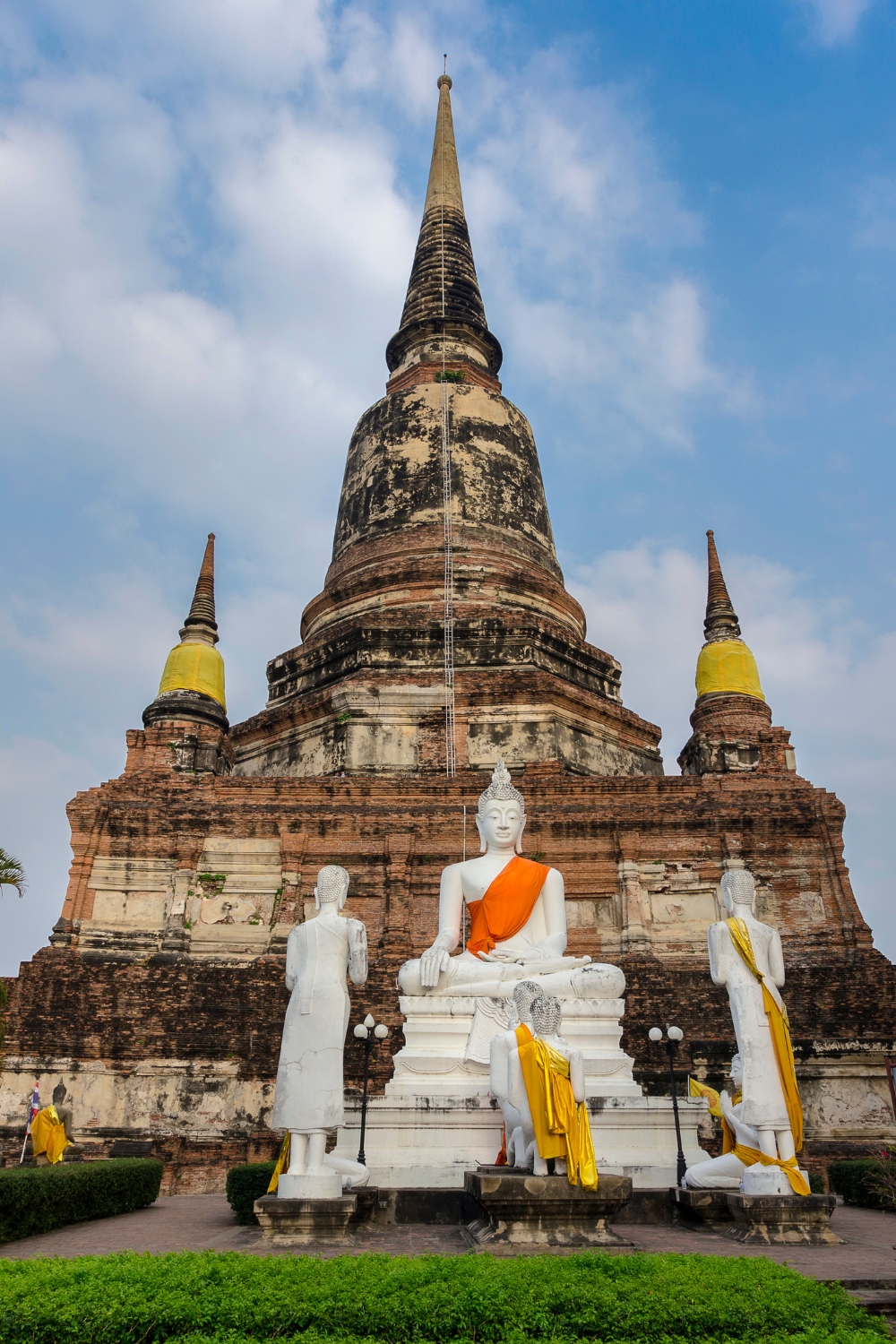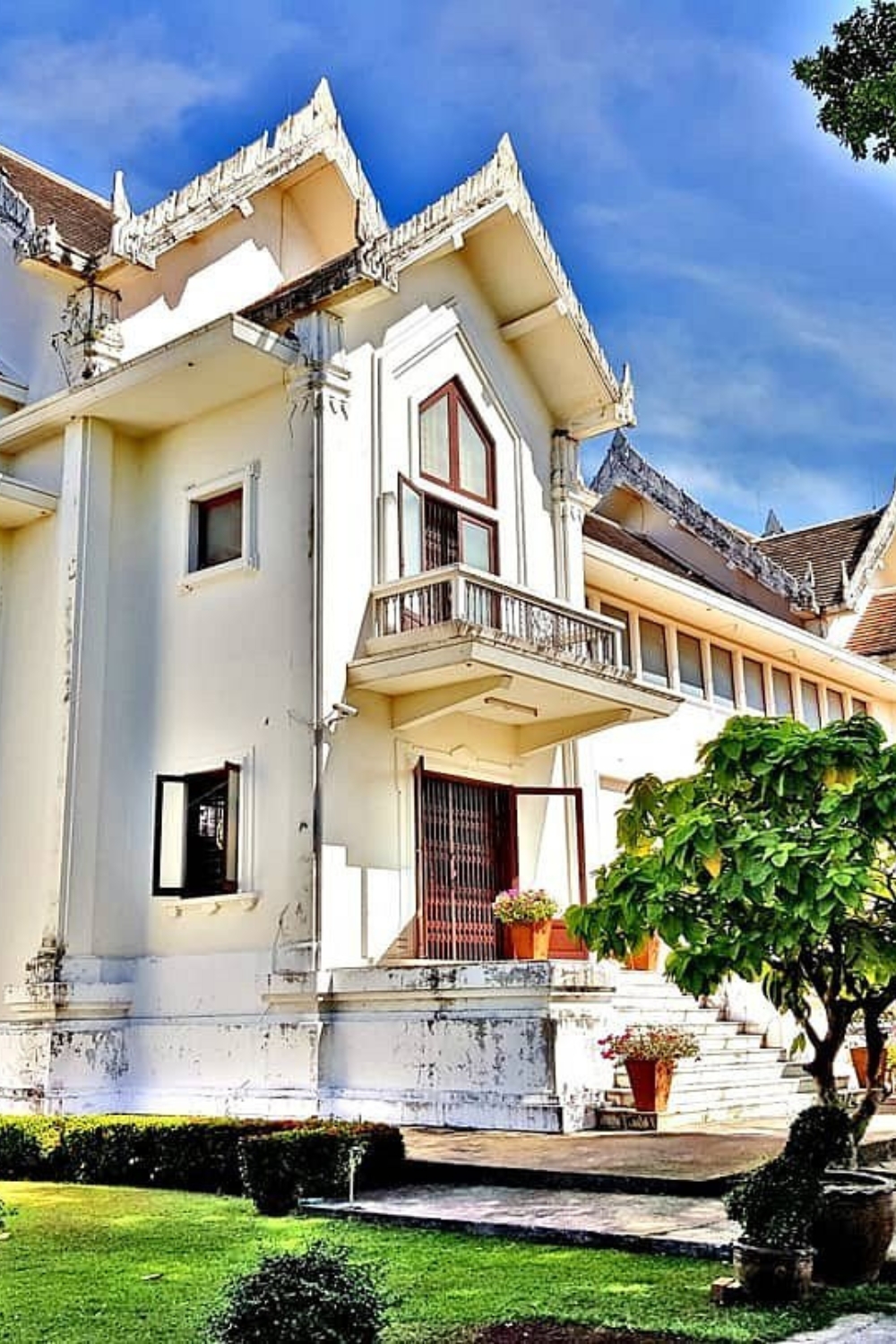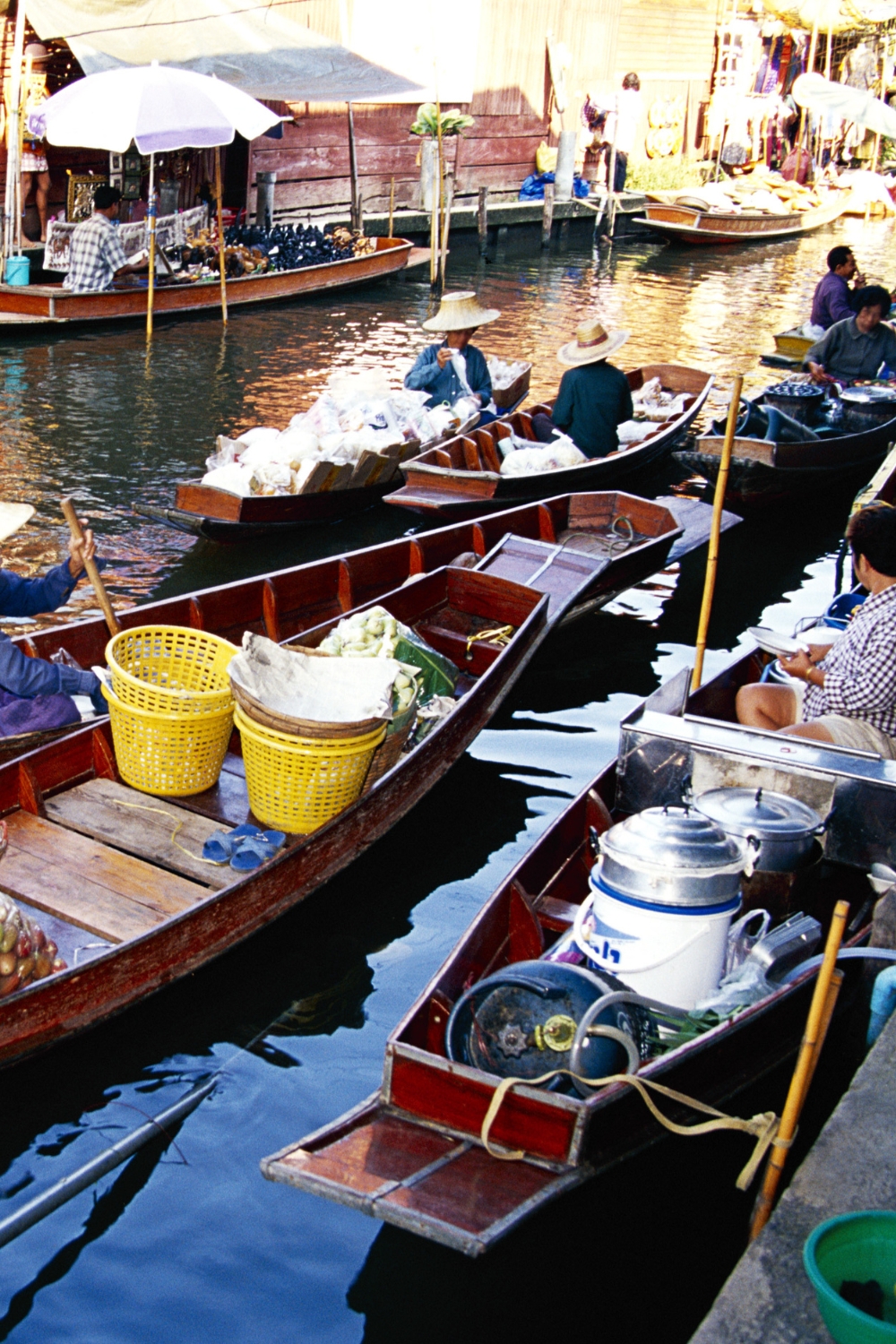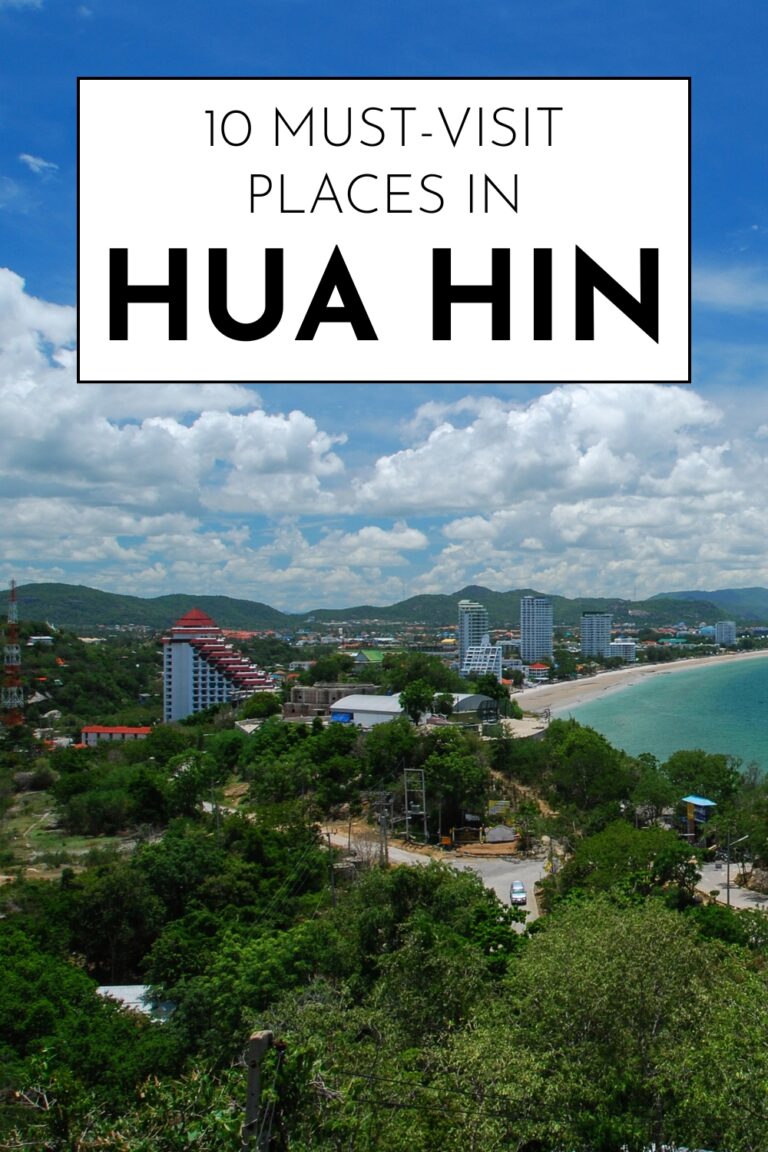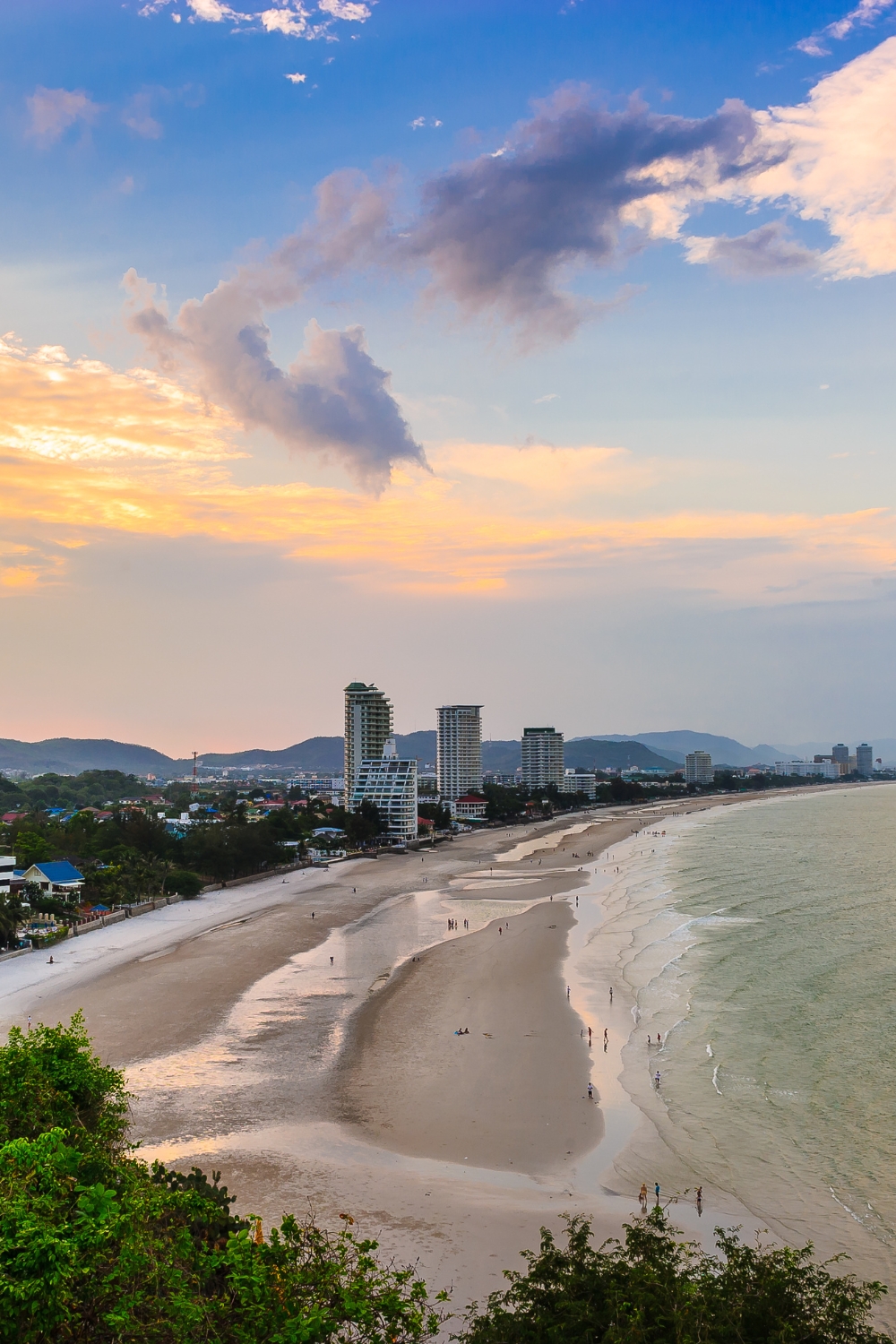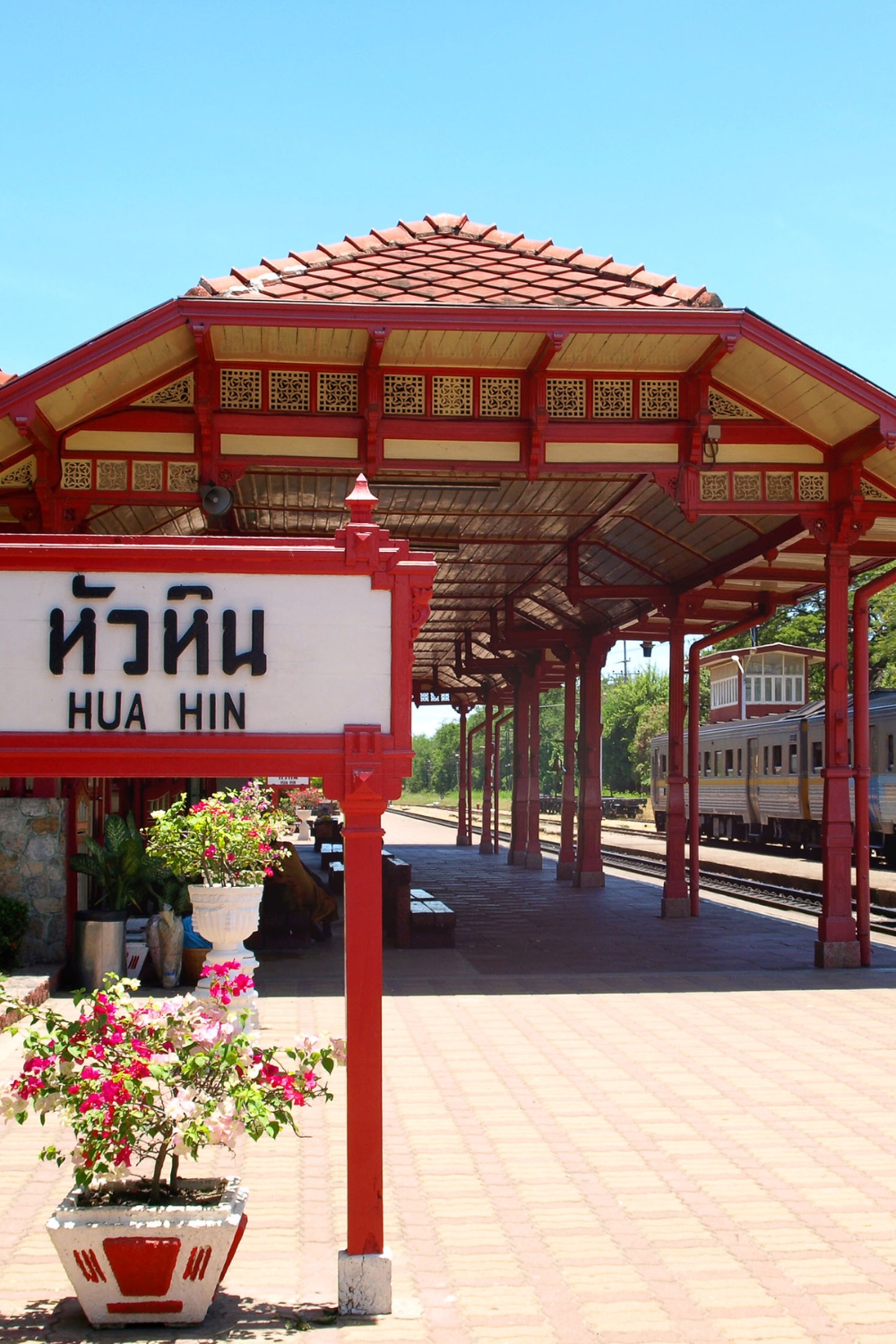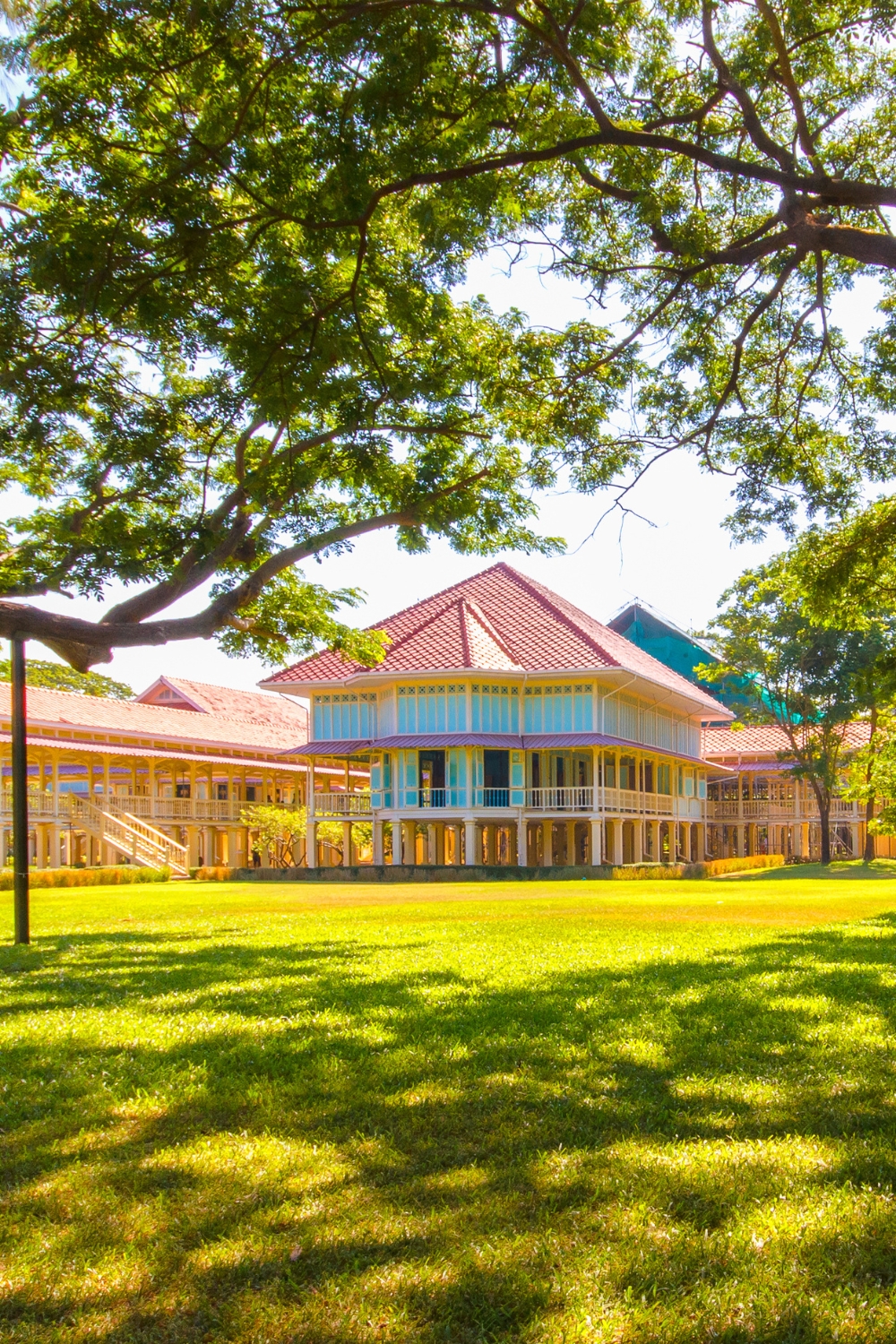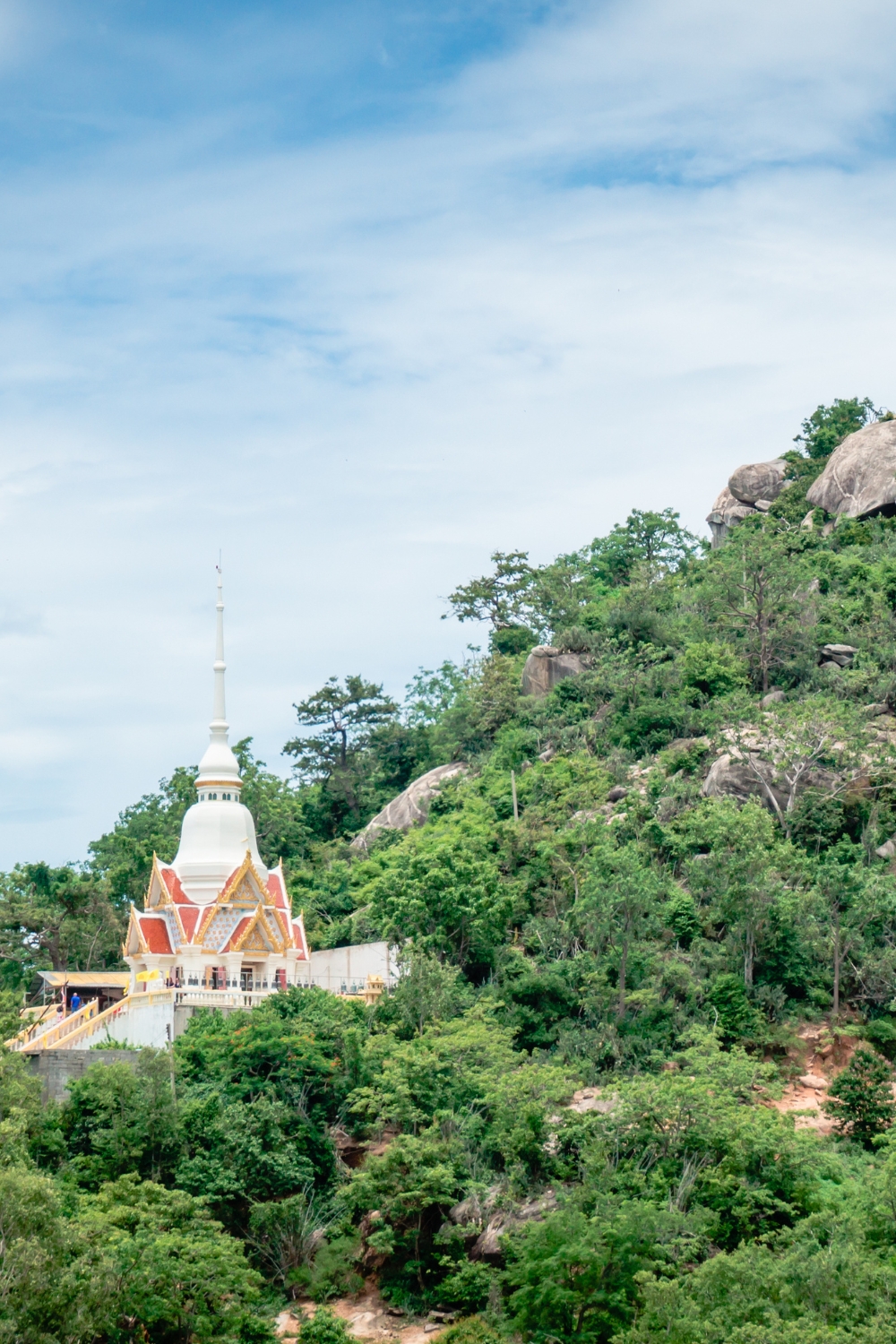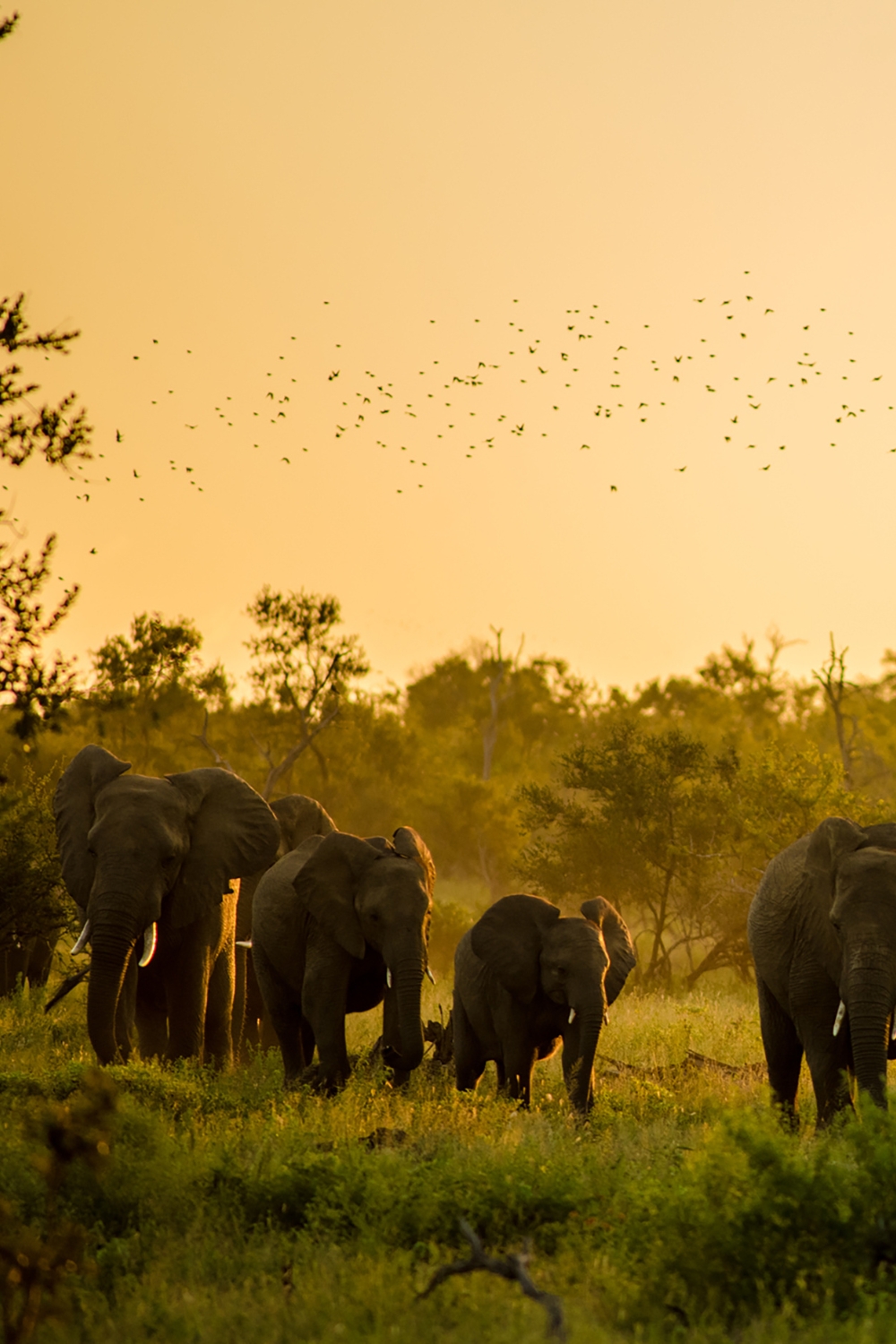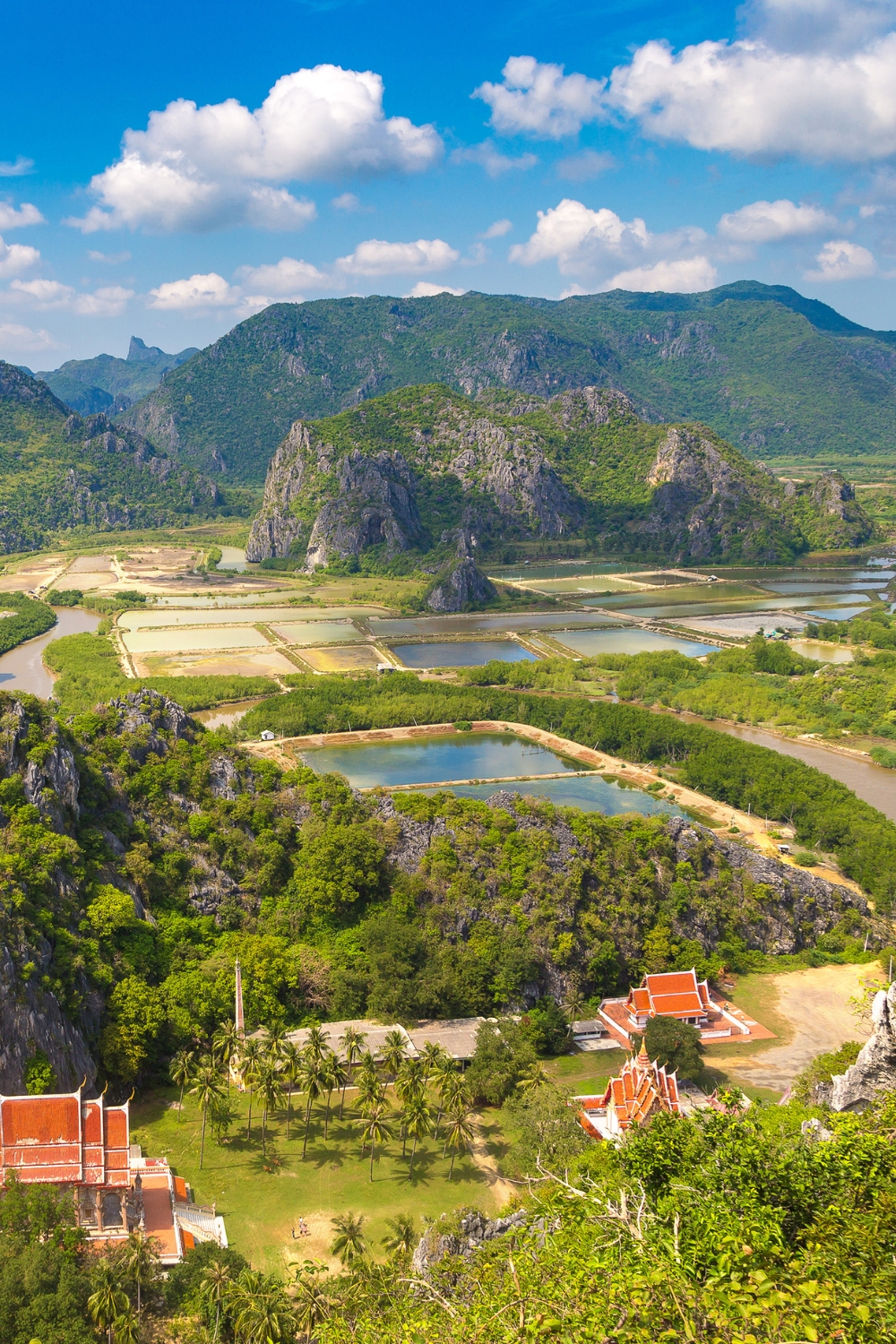Nestled in the mountains of Mae Hong Son Province, Pai stands as one of Northern Thailand’s most enchanting destinations. This small town, located about 135 kilometers from Chiang Mai, has evolved from a quiet agricultural community into a beloved haven for backpackers, digital nomads, and travelers seeking authentic experiences away from Thailand’s bustling tourist centers.
Pai’s charm lies in its perfect balance of natural beauty and laid-back atmosphere. Rolling hills covered in rice paddies stretch as far as the eye can see, while hot springs, waterfalls, and scenic viewpoints create a playground for nature lovers. The town itself maintains its small-town character despite growing popularity, with a walking street that comes alive each evening and a community that welcomes visitors with genuine warmth.
What makes Pai truly special is its unique blend of Thai, Chinese, and hill tribe cultures. This cultural diversity is reflected in everything from the local cuisine to the architectural styles found throughout the valley. Whether you’re seeking adventure, relaxation, cultural immersion, or simply a break from the modern world, Pai offers experiences that will leave lasting memories.
The journey to Pai itself is part of the adventure, with a winding mountain road that features 762 curves through stunning mountain scenery. Once you arrive, you’ll discover why so many travelers extend their planned stays and some never leave at all.
Let’s explore the ten most spectacular places that make Pai an essential destination for anyone traveling through Northern Thailand.
1. Pai Canyon (Kong Lan) – Dramatic Cliff Views
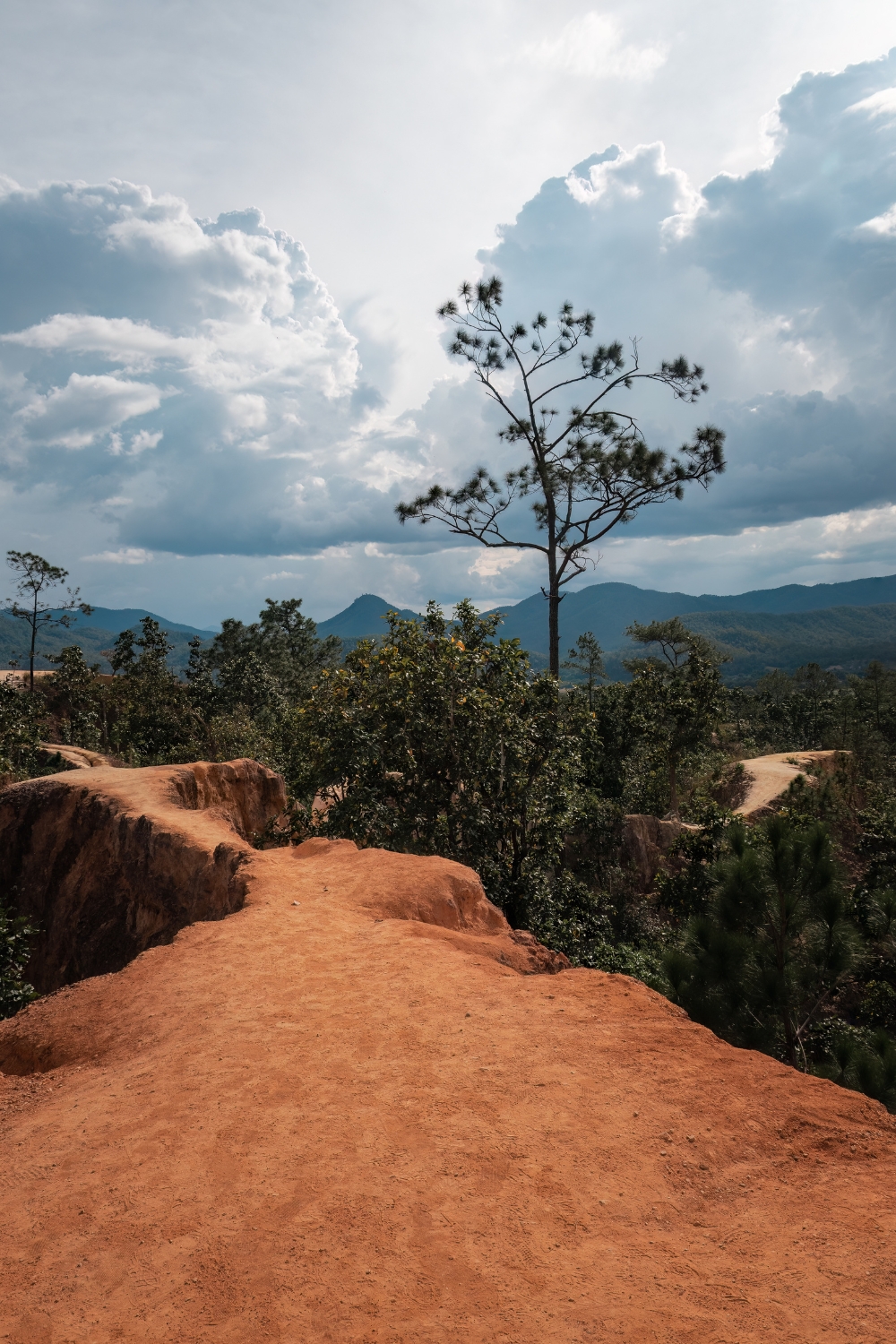
Pai Canyon, locally known as Kong Lan, offers some of the most dramatic and Instagram-worthy views in all of Northern Thailand. This natural wonder features narrow ridges and steep cliffs that create a mini-Grand Canyon experience in the heart of Mae Hong Son Province.
Sunset Spectacle and Photography
The canyon’s narrow walkways and towering red clay formations create perfect frames for photography, especially during the golden hour before sunset. The contrast between the red earth and green vegetation creates stunning visual compositions that attract photographers from around the world.
Walking along the ridge requires some caution, as the paths are narrow and there are no safety barriers. However, the reward is worth the careful steps – panoramic views stretch across the Pai valley, revealing patchworks of rice fields, distant mountains, and the meandering Pai River below.
Adventure and Exploration
The canyon offers multiple viewpoints accessible through a network of trails that wind along the cliff edges. Each viewpoint provides different perspectives of the valley, and adventurous visitors can spend hours exploring the various paths and discovering hidden photo spots.
Early morning visits offer cooler temperatures and softer lighting, while sunset visits provide the most dramatic colors and atmospheric conditions. The site includes basic facilities and a small shop selling refreshments.
Best time to visit: Late afternoon for sunset views
Duration: 1-2 hours
Difficulty: Moderate (narrow paths, heights)
Entry fee: Free
2. Pai Walking Street – Cultural Heart

Every evening, Pai’s main street transforms into a vibrant walking market that serves as the social and cultural heart of the town. This nightly gathering brings together locals, expats, and travelers in a celebration of food, music, and community spirit that defines Pai’s character.
Street Food Paradise
The walking street showcases some of Northern Thailand’s most authentic and delicious street food. Local vendors serve everything from traditional Shan noodles and Northern Thai curries to creative fusion dishes that reflect Pai’s international community.
Must-try dishes include khao soi (curry noodles), som tam (papaya salad), mango sticky rice, and various grilled meats and vegetables. The prices remain remarkably affordable, and the quality is consistently excellent, making it possible to eat your way through the entire market.
Live Music and Entertainment
Multiple stages along the walking street feature live music performances ranging from traditional Thai folk songs to reggae, rock, and acoustic covers. The relaxed atmosphere encourages spontaneous jam sessions and cultural exchange between musicians from different backgrounds.
Fire shows, traditional dance performances, and other entertainment acts add to the festive atmosphere. The walking street embodies Pai’s reputation as a creative and artistic community where different cultures blend seamlessly.
Operating hours: Daily 5 PM – 11 PM
Best for: Dinner, shopping, entertainment
Atmosphere: Relaxed, cultural, family-friendly
Budget: Very affordable
3. Tha Pai Hot Springs – Natural Relaxation
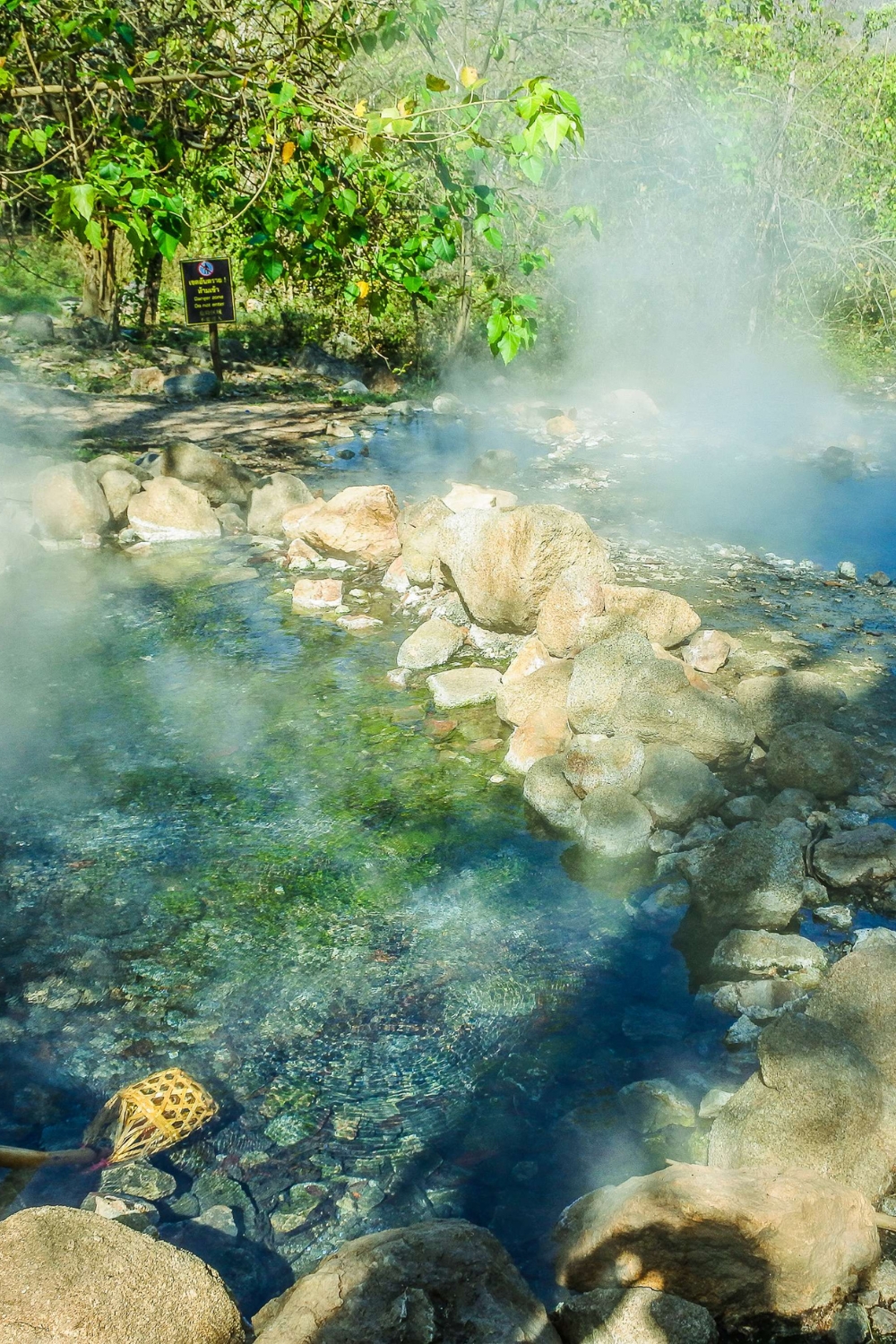
Located just 7 kilometers southeast of Pai town, Tha Pai Hot Springs offers a perfect blend of natural healing waters and peaceful forest surroundings. These mineral-rich springs have been used for therapeutic purposes for generations and provide a welcome respite from adventure activities.
Therapeutic Waters and Wellness
The hot springs maintain temperatures between 35-40°C (95-104°F) year-round, making them comfortable for soaking in any season. The mineral content includes sulfur and other beneficial compounds that are believed to help with skin conditions, muscle soreness, and general relaxation.
Multiple pools of varying sizes and temperatures accommodate different preferences and group sizes. Some pools are designed for families with children, while others provide quieter spaces for relaxation and meditation.
Natural Setting and Facilities
The hot springs are surrounded by lush tropical vegetation that creates a natural spa atmosphere. Well-maintained facilities include changing rooms, showers, and a small restaurant serving Thai and international food.
The site offers both day-use access and overnight accommodation in simple bungalows. Staying overnight allows for early morning and evening soaks when the springs are less crowded and the forest atmosphere is most peaceful.
Distance from Pai: 7 kilometers
Entry fee: 200 THB for adults
Facilities: Changing rooms, restaurant, accommodation
Best time: Early morning or evening
4. Pai Memorial Bridge (World War II Bridge) – Historical Landmark

The Pai Memorial Bridge, also known as the World War II Bridge, stands as both a historical monument and a scenic viewpoint that offers insight into the region’s wartime past. This steel bridge was constructed during World War II and has become one of Pai’s most recognizable landmarks.
Historical Significance
Built during the Japanese occupation of Thailand in World War II, the bridge served as part of a strategic transportation route through the mountains. The bridge’s construction involved forced labor and represents a significant period in Thai and regional history.
Today, the bridge serves as a memorial to those who suffered during the war while also functioning as a pedestrian walkway that offers beautiful views of the surrounding countryside. Information plaques provide historical context for visitors interested in learning about this period.
Scenic Views and Photography
The bridge provides elevated views over rice fields, the Pai River, and the surrounding mountain landscape. The steel structure itself creates interesting photographic compositions, especially when framed against the natural backdrop.
Early morning and late afternoon light create the most dramatic lighting conditions for photography. The area around the bridge includes walking paths that lead to different viewpoints and photo opportunities.
Historical period: World War II era
Type: Steel truss bridge
Activities: Photography, historical learning, scenic views
Accessibility: Easy walk from parking area
5. Mo Paeng Waterfall – Hidden Natural Beauty

Mo Paeng Waterfall represents one of Pai’s most beautiful and accessible natural attractions. Located about 8 kilometers from town, this multi-tiered waterfall cascades through tropical forest, creating natural swimming pools and a refreshing escape from the valley heat.
Multi-Tiered Falls and Swimming
The waterfall consists of several levels, each offering different experiences and swimming opportunities. The lower levels are easily accessible and perfect for families with children, while the upper levels require more adventurous hiking and offer greater privacy.
Natural pools at each level provide excellent swimming opportunities with crystal-clear water that remains refreshingly cool even during the hot season. The limestone formations create natural slides and diving spots for those seeking more excitement.
Forest Trekking and Nature
The path to the waterfall winds through tropical forest that showcases the region’s biodiversity. Various bird species, butterflies, and other wildlife can be observed along the trail, making the journey as rewarding as the destination.
Different trails lead to various levels of the waterfall, allowing visitors to choose their level of adventure. The forest canopy provides shade and keeps temperatures comfortable even during midday visits.
Distance from Pai: 8 kilometers
Activities: Swimming, hiking, photography, nature observation
Difficulty: Easy to moderate
Best season: Year-round, most impressive during rainy season
6. Santichon Village (Chinese Village) – Cultural Heritage

Santichon Village, commonly known as the Chinese Village, offers visitors a unique glimpse into the history and culture of Chinese Nationalist (KMT) soldiers who settled in Northern Thailand after the Chinese Civil War. This community has preserved its Chinese heritage while integrating into Thai society.
Historical Background and Culture
The village was established by Chinese Nationalist soldiers and their families who fled China after 1949. Over the decades, they created a self-sufficient community that maintained Chinese traditions while adapting to life in Thailand.
Today, the village showcases Chinese architecture, traditional crafts, and cultural practices that have been passed down through generations. Visitors can observe traditional Chinese farming techniques, sample authentic Chinese cuisine, and learn about the community’s unique history.
Tea Culture and Local Products
Santichon Village is renowned for its high-quality Chinese tea production, particularly oolong tea grown in the surrounding mountains. The village offers tea tastings and demonstrations of traditional tea preparation methods.
Local shops sell various Chinese products including tea, traditional medicines, handicrafts, and preserved foods. The village restaurant serves authentic Chinese dishes that reflect the community’s Yunnan origins.
Distance from Pai: 4 kilometers
Cultural focus: Chinese-Thai heritage
Activities: Cultural learning, tea tasting, shopping
Best for: History enthusiasts, cultural immersion
7. Pam Bok Waterfall – Adventure and Serenity
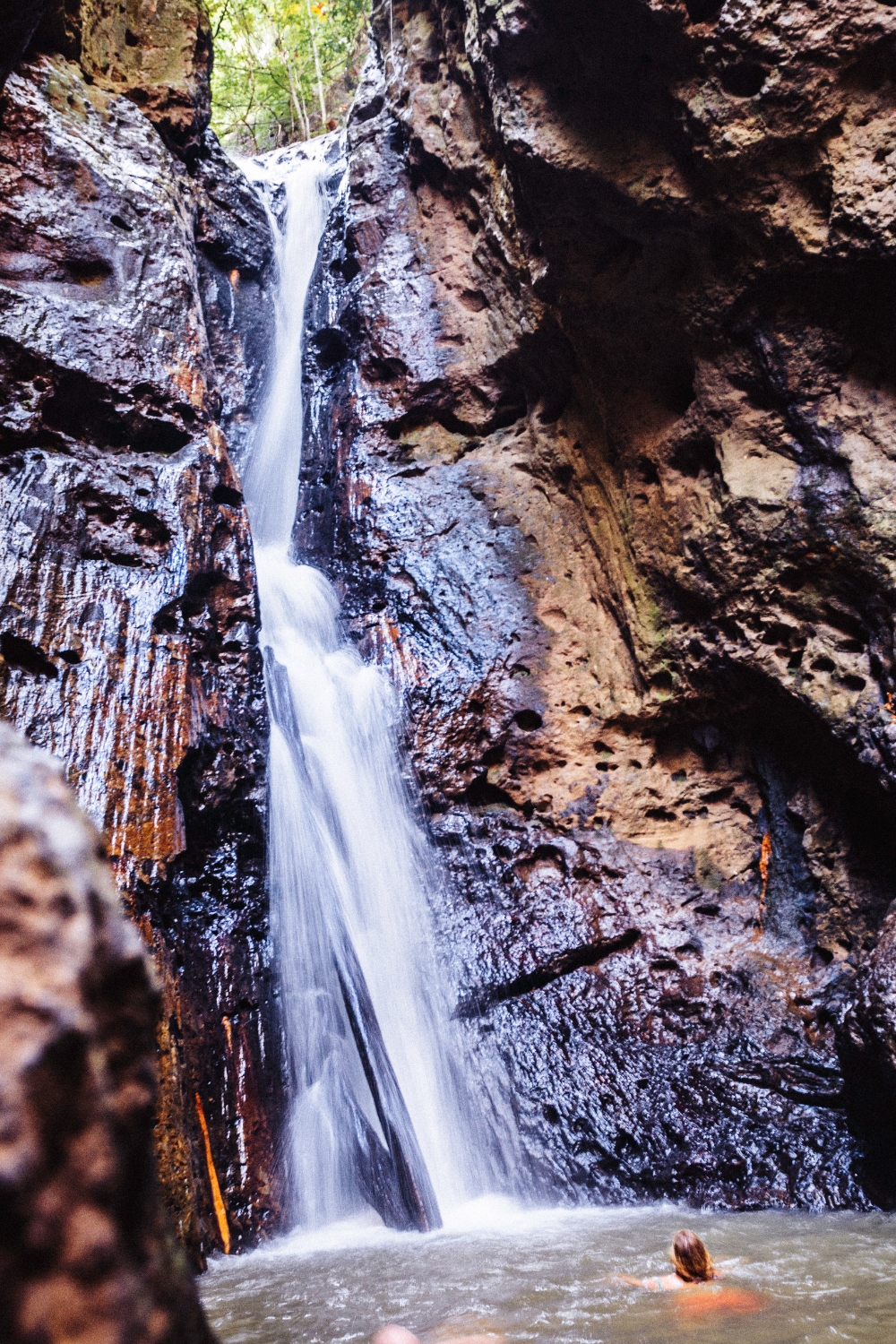
Pam Bok Waterfall offers one of Pai’s most rewarding hiking experiences, combining adventure with natural beauty in a setting that remains relatively undiscovered by mass tourism. This waterfall requires more effort to reach but rewards visitors with pristine natural surroundings and excellent swimming opportunities.
Challenging Trek and Pristine Nature
The hike to Pam Bok Waterfall takes approximately 45 minutes through tropical forest and involves river crossings, rocky terrain, and some steep sections. This moderate to challenging hike filters out casual visitors, ensuring a more pristine and peaceful experience.
The trail follows the river valley, providing opportunities to observe local wildlife and plant species. During the rainy season, the forest comes alive with increased bird activity and lush vegetation growth.
Natural Swimming Pools and Relaxation
The waterfall creates several natural swimming pools with crystal-clear water that’s perfect for cooling off after the hike. The setting feels completely untouched, surrounded by dense forest and the sounds of nature.
The area around the waterfall provides excellent spots for picnicking, meditation, or simply relaxing in nature. The sense of accomplishment from completing the hike adds to the overall experience.
Hiking time: 45 minutes each way
Difficulty: Moderate to challenging
Best for: Experienced hikers, nature lovers
Preparation: Good shoes, water, snacks recommended
8. Wat Phra That Mae Yen (White Buddha Temple) – Spiritual Views
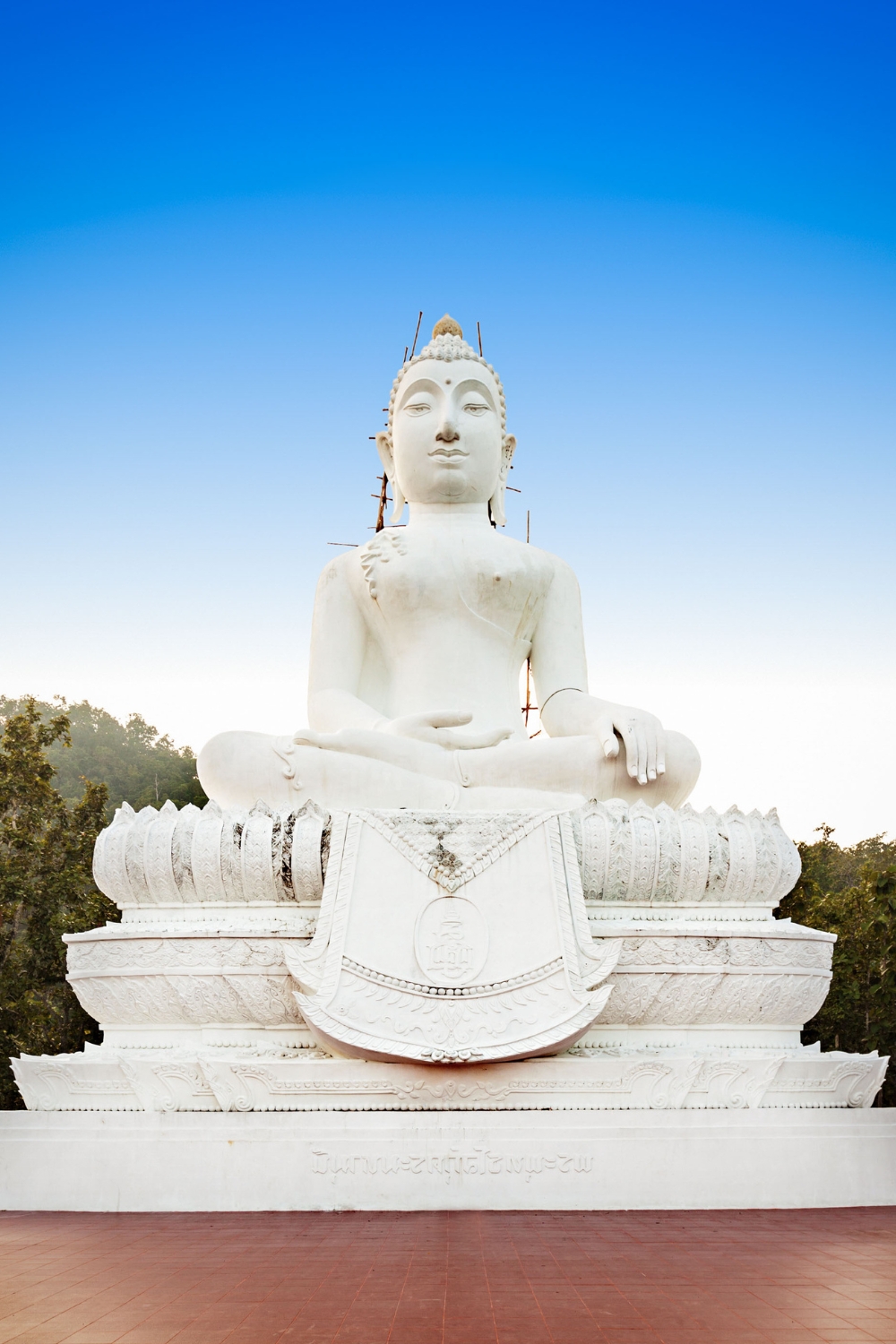
Perched on a hilltop overlooking Pai valley, Wat Phra That Mae Yen offers both spiritual significance and some of the best panoramic views in the region. The temple’s distinctive white Buddha statue serves as a landmark visible from throughout the valley.
Panoramic Valley Views
The temple’s elevated position provides 360-degree views of Pai valley, surrounding mountains, and rice fields. The perspective allows visitors to appreciate the full scope of Pai’s natural beauty and understand the geography of the region.
Sunrise and sunset visits offer the most spectacular lighting conditions, with the valley often shrouded in morning mist or bathed in golden evening light. The views are particularly stunning during rice planting season when the fields are flooded and reflect the sky.
Spiritual Significance and Architecture
The temple features a large white Buddha statue that represents peace and compassion. The temple grounds include traditional Thai architecture with modern touches that reflect the local community’s reverence for Buddhist teachings.
Local devotees regularly visit the temple for prayers and meditation, creating an atmosphere of active spiritual practice. Visitors are welcome to observe religious activities respectfully and participate in the peaceful atmosphere.
Climb: 353 steps to the top
Best times: Sunrise, sunset
Activities: Meditation, photography, valley views
Dress code: Respectful temple attire required
9. Bamboo Bridge (Su Tong Pae) – Seasonal Wonder

The Su Tong Pae Bamboo Bridge represents one of Pai’s most unique and seasonal attractions. This handmade bamboo bridge is rebuilt annually by local farmers and stretches across rice fields, creating a scenic walkway that changes with the agricultural seasons.
Seasonal Beauty and Agricultural Connection
The bridge’s appearance and surrounding scenery change dramatically throughout the year. During rice planting season (June-July), the fields are flooded and create mirror-like reflections. During growing season, the bridge passes through a sea of green rice plants. At harvest time, the golden fields create a completely different but equally beautiful landscape.
This seasonal variation makes the bridge a year-round attraction, but each visit offers a completely different experience. The bridge connects visitors directly with the agricultural rhythms that define rural Thai life.
Photography and Peaceful Walks
The 800-meter bamboo walkway provides countless photography opportunities from different angles and perspectives. The bridge’s rustic construction and natural materials create perfect Instagram-worthy shots, especially during golden hour lighting.
Walking across the bridge offers a peaceful, meditative experience away from vehicles and crowds. The only sounds are wind through the rice plants and occasional farm activities, creating a perfect environment for relaxation and reflection.
Length: 800 meters
Rebuilt: Annually after harvest
Best photography: Golden hour
Seasonal highlights: Different beauty each season
10. Pai Land Split – Geological Wonder
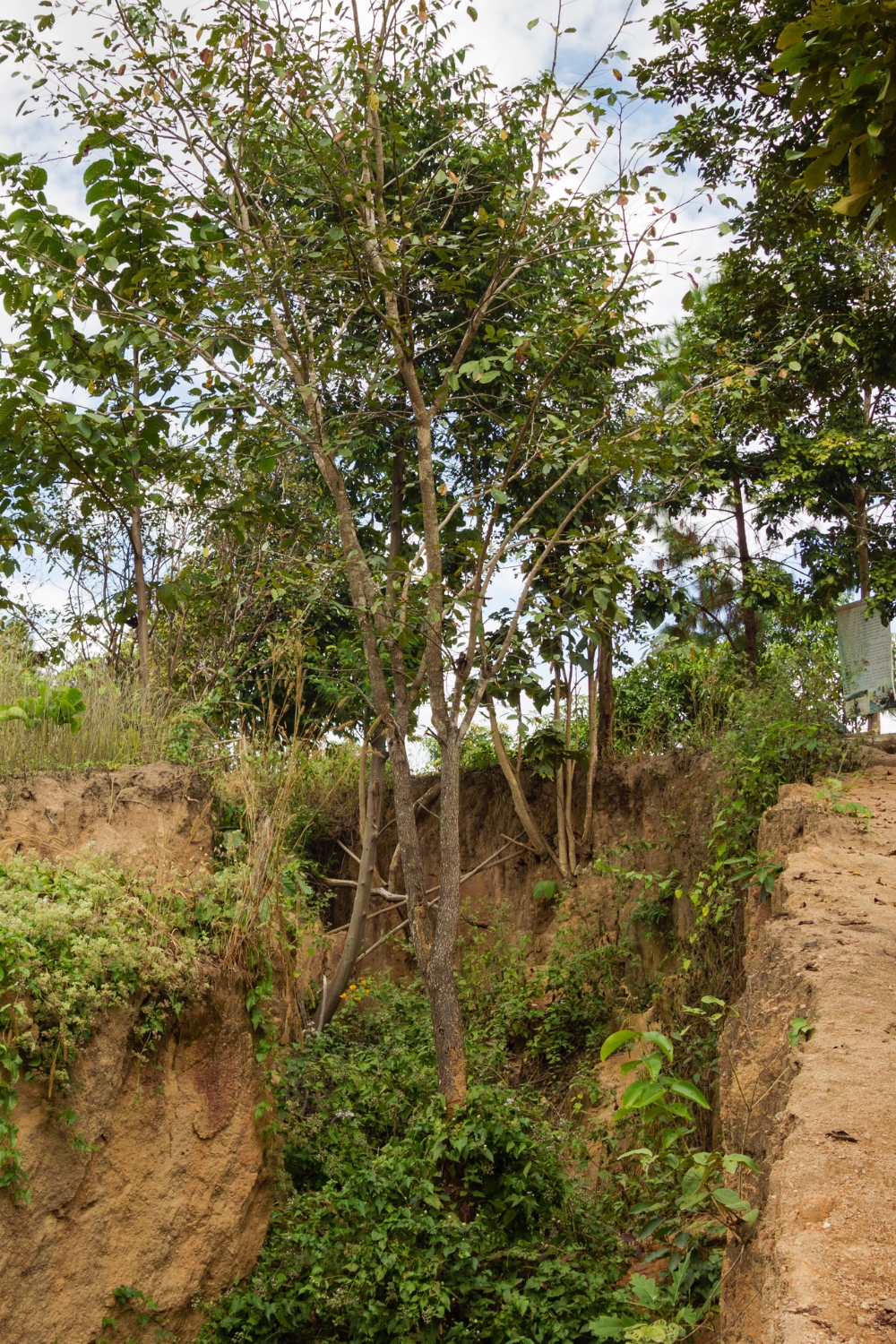
The Pai Land Split (Baan Santichon Land Split) offers visitors a fascinating glimpse into the geological forces that shape Northern Thailand’s landscape. This natural phenomenon, caused by earth movement and erosion, has created a dramatic crevice that continues to evolve over time.
Natural Formation and Geological Interest
The land split was formed by a combination of underground water movement, seasonal flooding, and gradual earth settlement that created a deep fissure in the landscape. The crack continues to grow slowly, making it a living example of geological processes.
The formation provides insight into the region’s geological composition and the natural forces that have shaped the Pai valley over thousands of years. Information boards explain the scientific processes involved in the land split’s formation and continued evolution.
Educational Value and Scenic Beauty
Beyond its scientific interest, the land split creates dramatic visual compositions with its deep crevice contrasting against the surrounding agricultural landscape. The site offers excellent photography opportunities and educational value for visitors interested in natural sciences.
The area around the land split includes walking paths that provide different viewpoints and perspectives on the formation. Local guides can provide detailed explanations of the geological processes and the site’s continuing evolution.
Type: Natural geological formation
Formation cause: Earth movement and erosion
Educational value: Geological processes
Photography: Dramatic natural compositions
Planning Your Pai Adventure
Getting to and Around Pai
The journey to Pai from Chiang Mai involves a scenic but winding 3-hour drive through mountain roads with 762 curves. Buses run regularly from Chiang Mai’s Chang Puak Bus Terminal, while private van services offer more comfort and flexibility.
Once in Pai, the town center is easily walkable, and bicycle rentals provide an excellent way to explore nearby attractions. Motorbike rentals offer maximum flexibility for reaching waterfalls and viewpoints, though mountain roads require careful driving and some experience.
Best Time to Visit
Cool Season (November-February): Perfect weather for all activities with comfortable temperatures and minimal rainfall. This peak season brings more crowds but ideal conditions for hiking and outdoor activities.
Hot Season (March-May): Good for early morning and late afternoon activities. Hot springs and waterfalls provide relief from heat. Mountain locations offer cooler temperatures than the valley.
Rainy Season (June-October): Fewer crowds and lush landscapes, though some roads may be challenging. Waterfalls are at their most impressive, and the countryside is vibrant green.
Cultural Considerations and Local Etiquette
Pai’s relaxed atmosphere shouldn’t be mistaken for lack of cultural respect. When visiting temples, dress modestly and remove shoes before entering buildings. The local community appreciates visitors who show interest in learning about local customs and traditions.
The town’s international community creates a welcoming environment for travelers, but remember that this is still a traditional Thai farming community. Respect for local customs, noise levels, and cultural practices helps maintain Pai’s special character.
Conclusion
Pai offers an extraordinary blend of natural beauty, cultural diversity, and laid-back charm that creates an unforgettable travel experience. From the dramatic cliffs of Pai Canyon to the therapeutic waters of natural hot springs, from historical bridges to pristine waterfalls, each destination reveals different aspects of this mountain paradise.
What makes Pai truly special is its ability to provide both adventure and relaxation, cultural learning and natural beauty, social interaction and peaceful solitude. The town’s small size makes it possible to experience multiple attractions in a single day, while the welcoming atmosphere encourages longer stays and deeper exploration.
These ten must-visit places represent the diversity of experiences available in Pai, but they’re just the beginning of what this remarkable destination offers. The town’s greatest attraction might be its unhurried pace and the opportunity it provides to disconnect from the modern world while connecting with nature, culture, and fellow travelers.
Whether you’re seeking Instagram-worthy photos, cultural immersion, outdoor adventures, or simply a peaceful retreat in the mountains, Pai delivers experiences that will exceed your expectations. The combination of natural beauty, cultural authenticity, and traveler-friendly infrastructure makes Pai an ideal destination for both first-time visitors to Thailand and experienced travelers seeking something special.
Start planning your Pai adventure today, and prepare to discover why this small mountain town has become one of Southeast Asia’s most beloved destinations. The winding road to Pai leads to experiences and memories that will last a lifetime.
